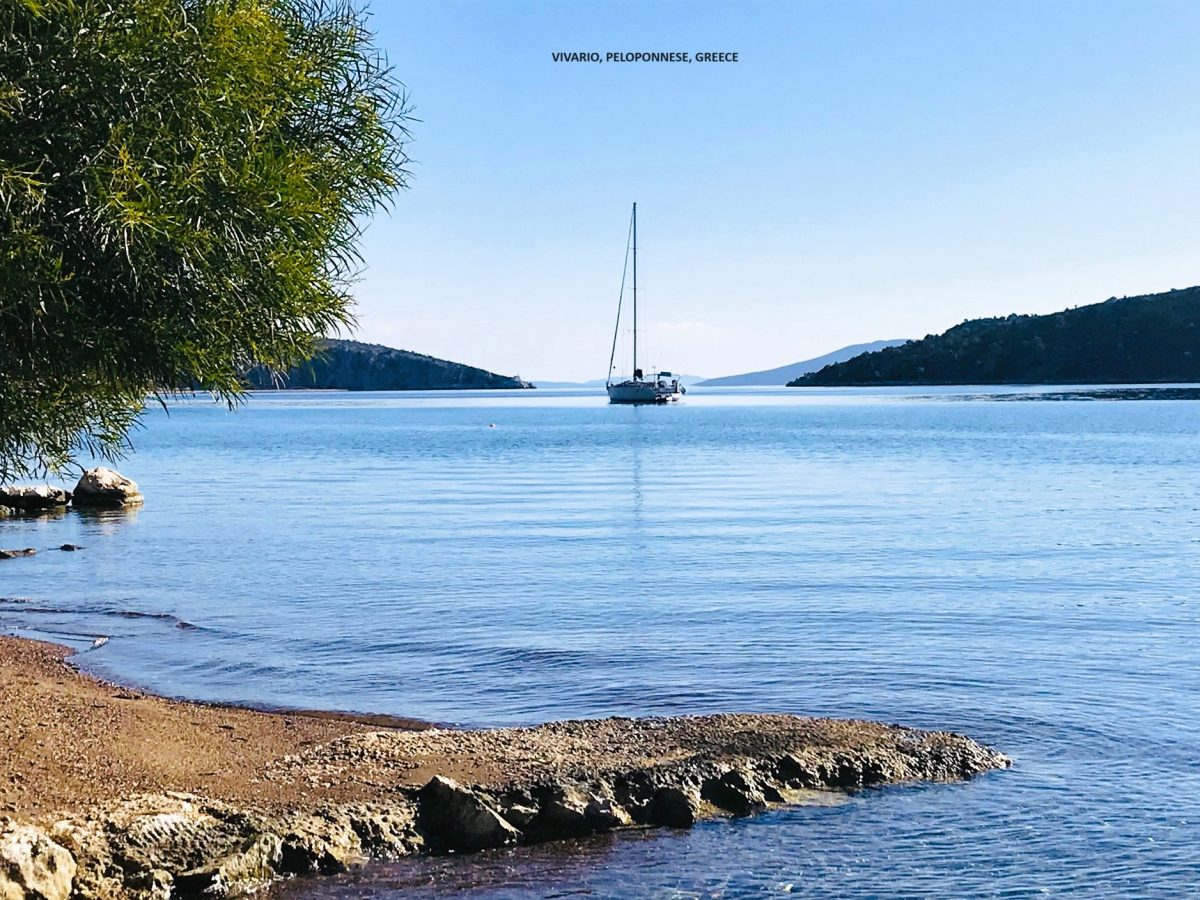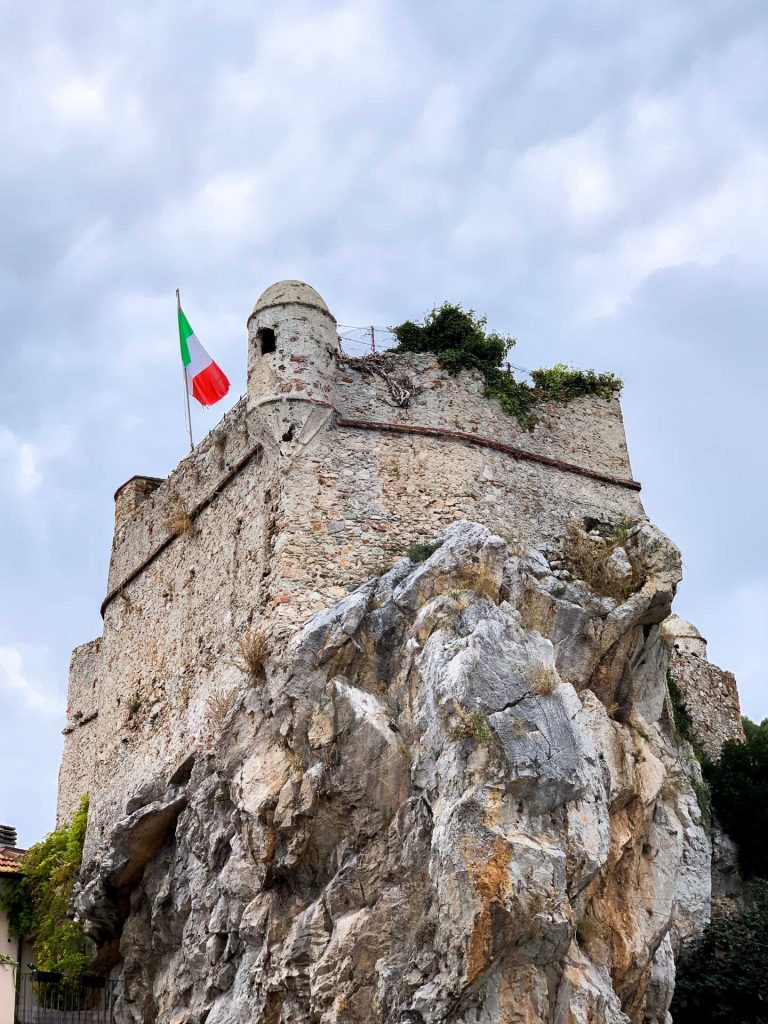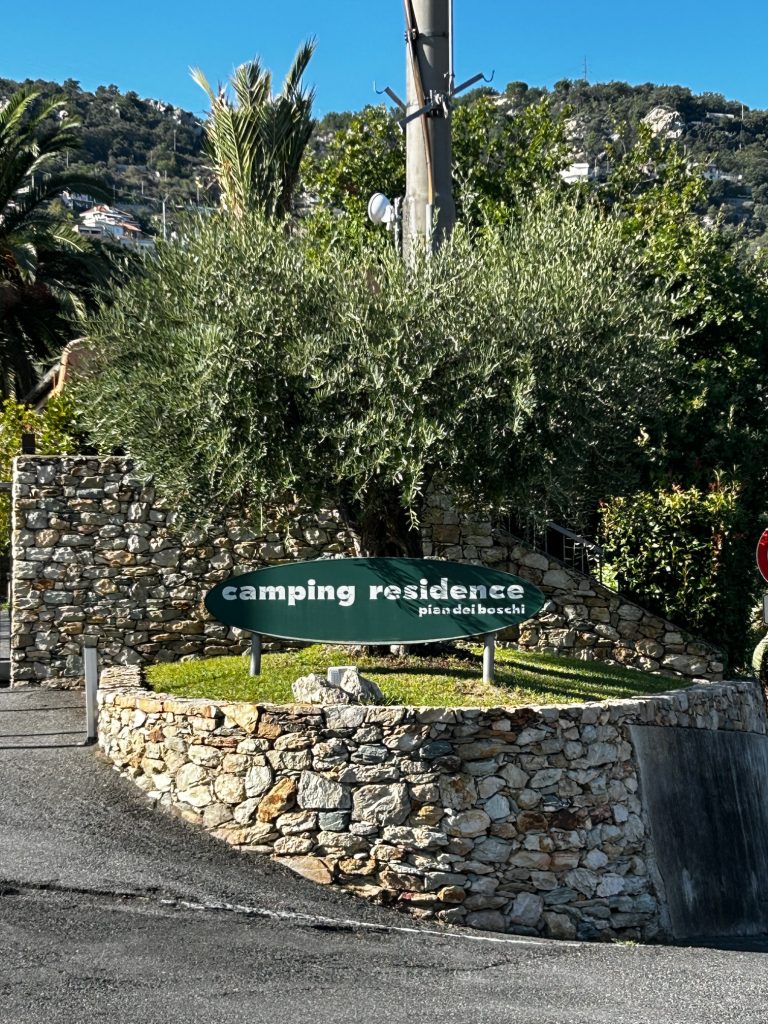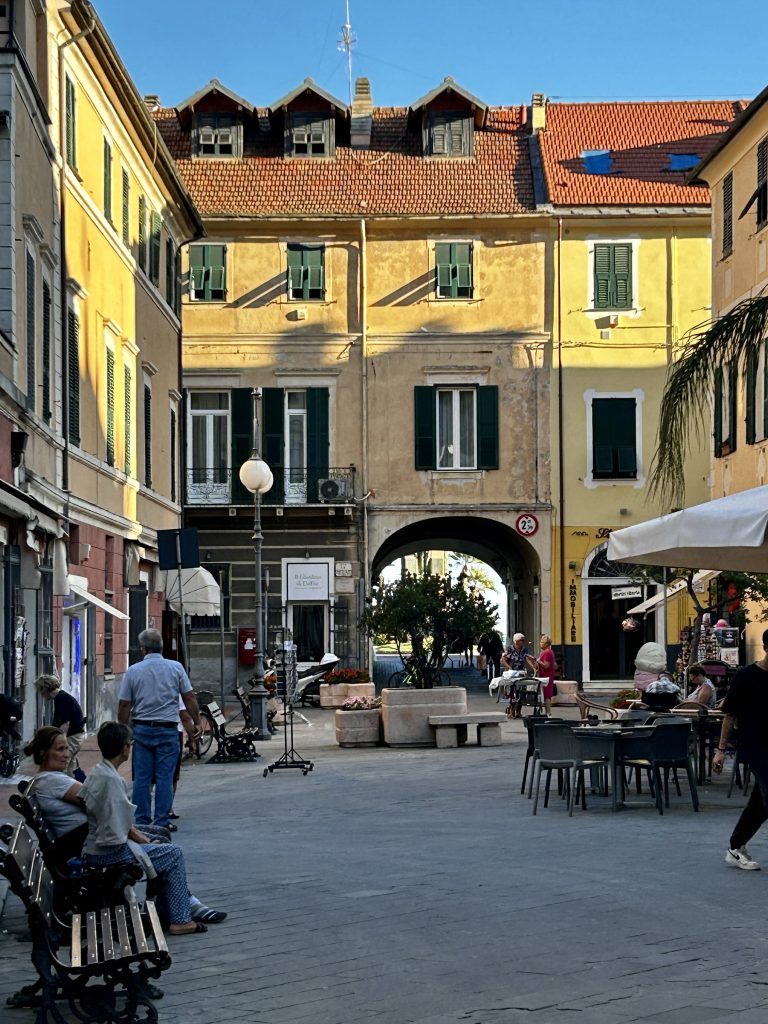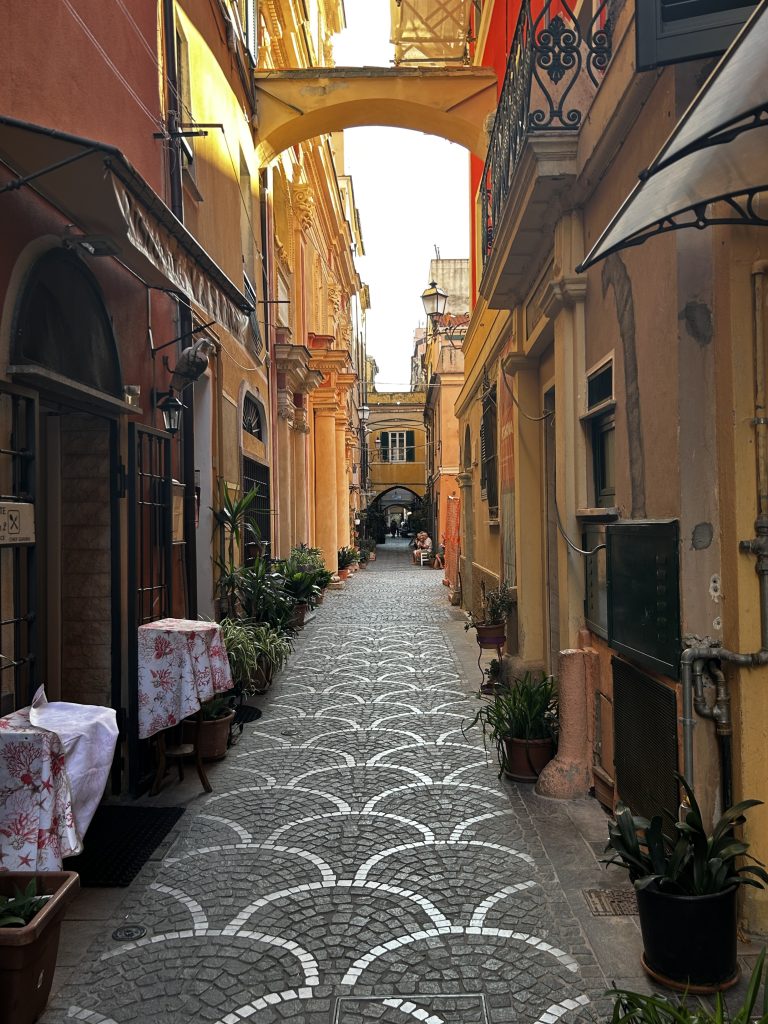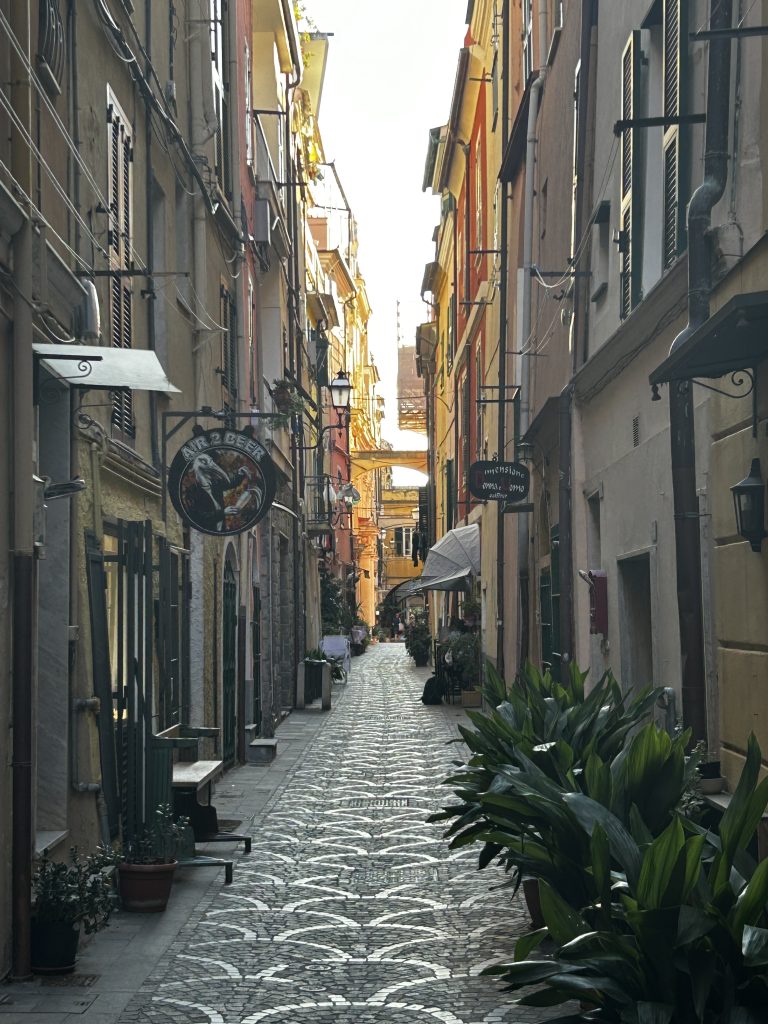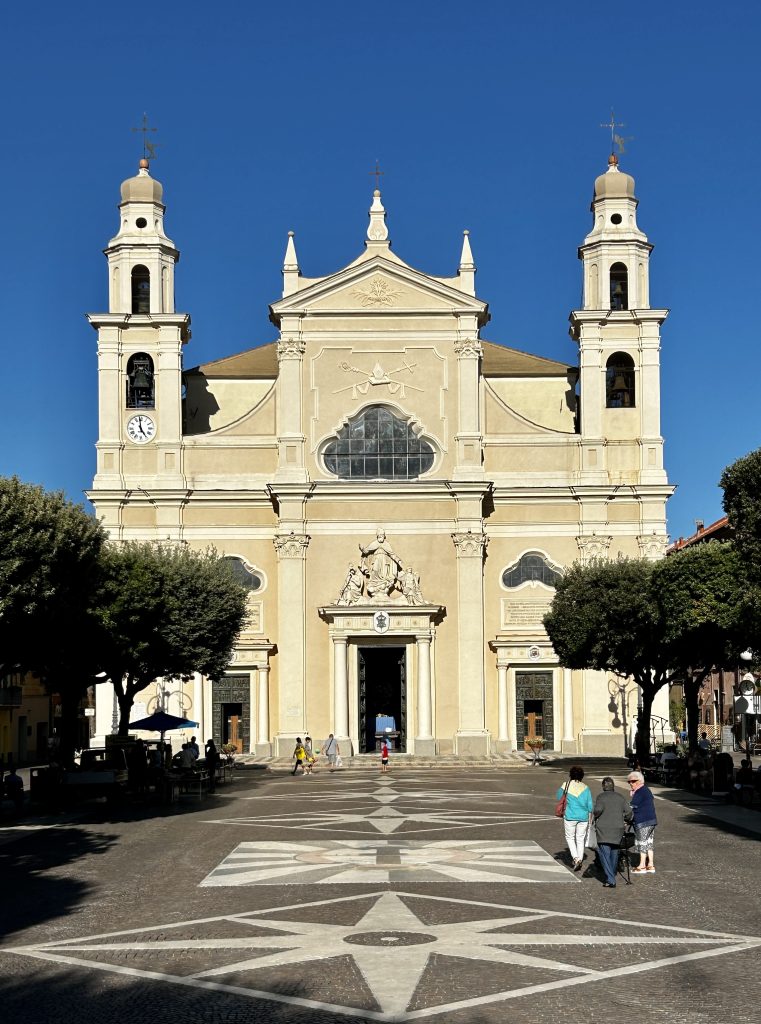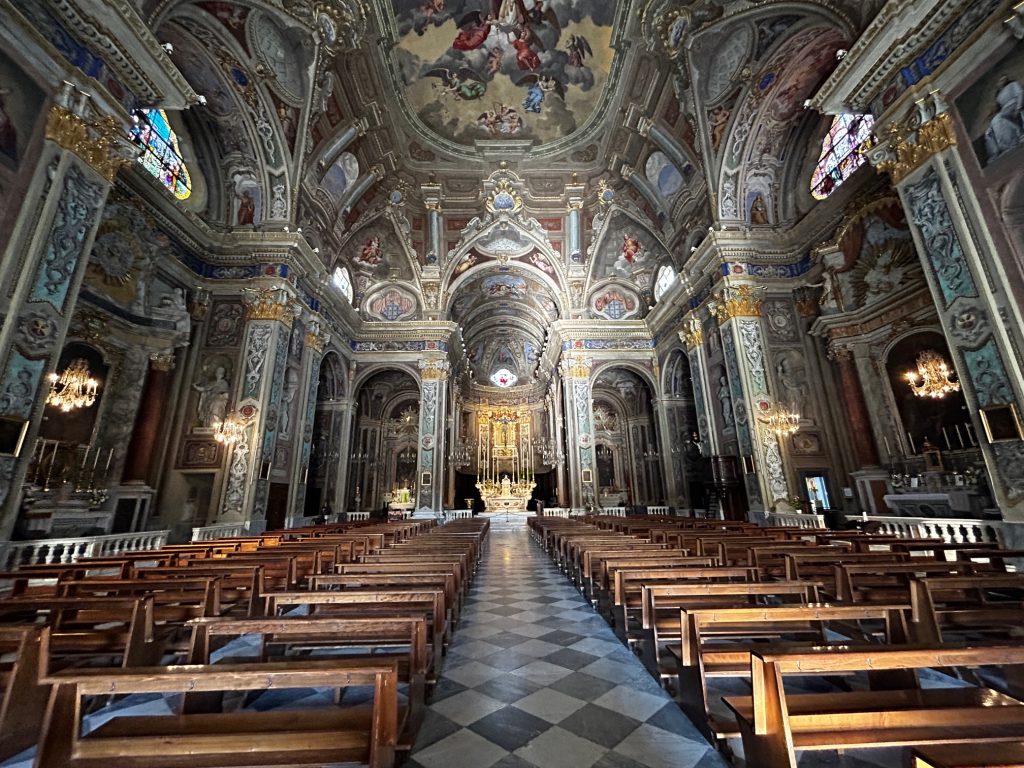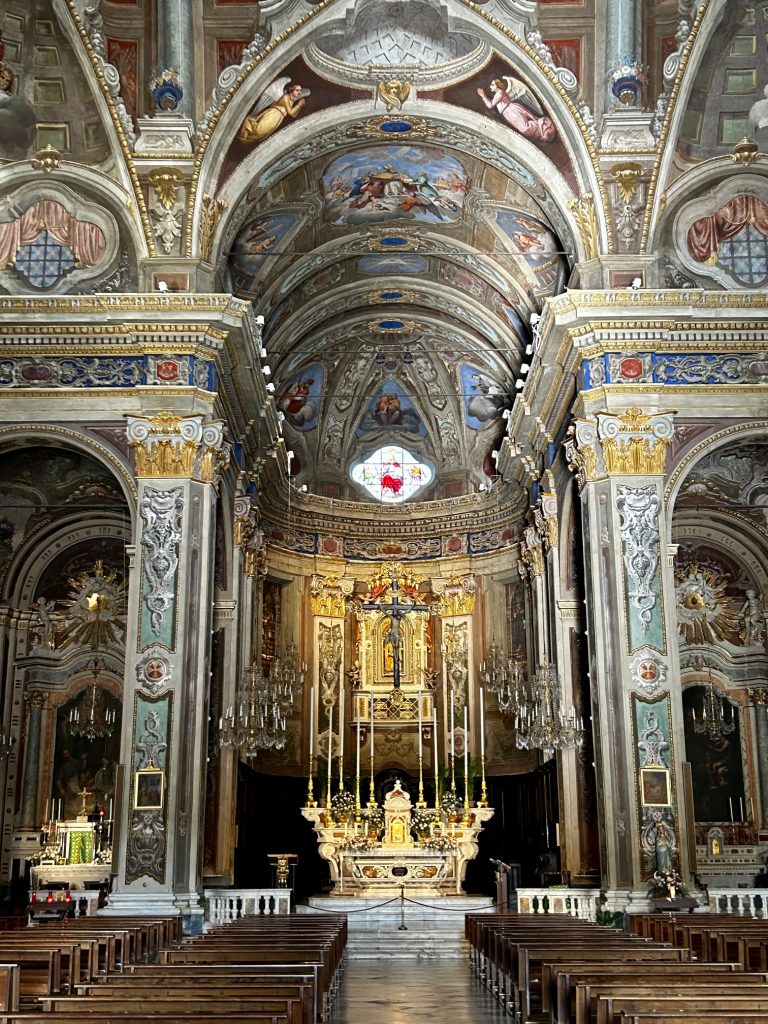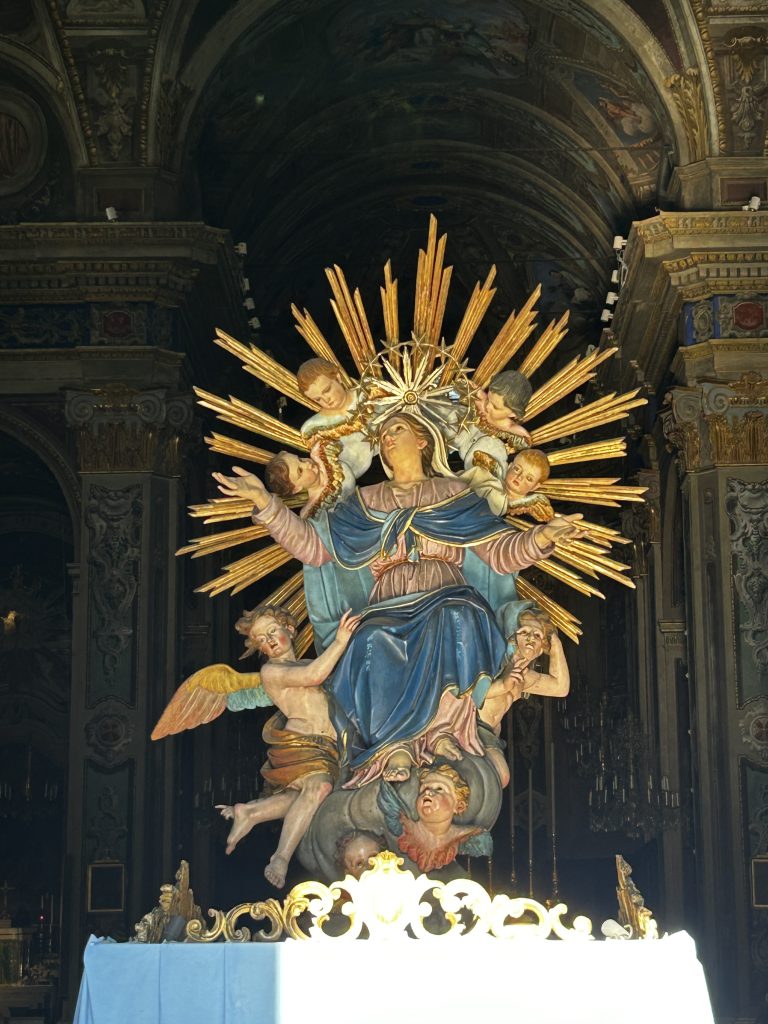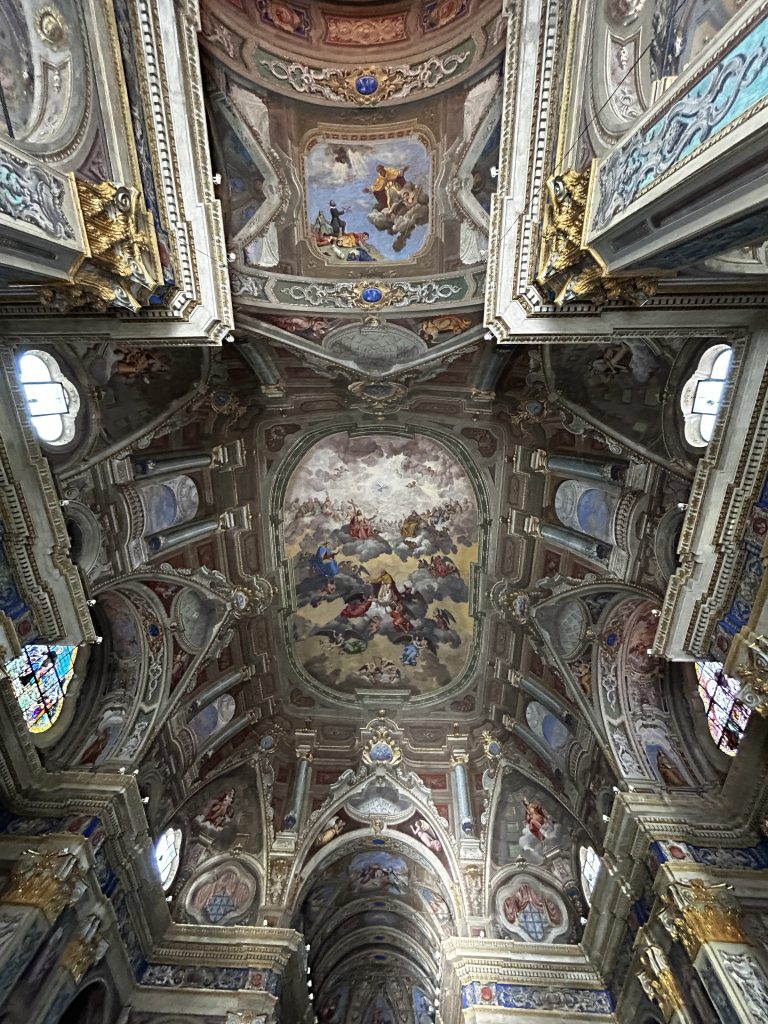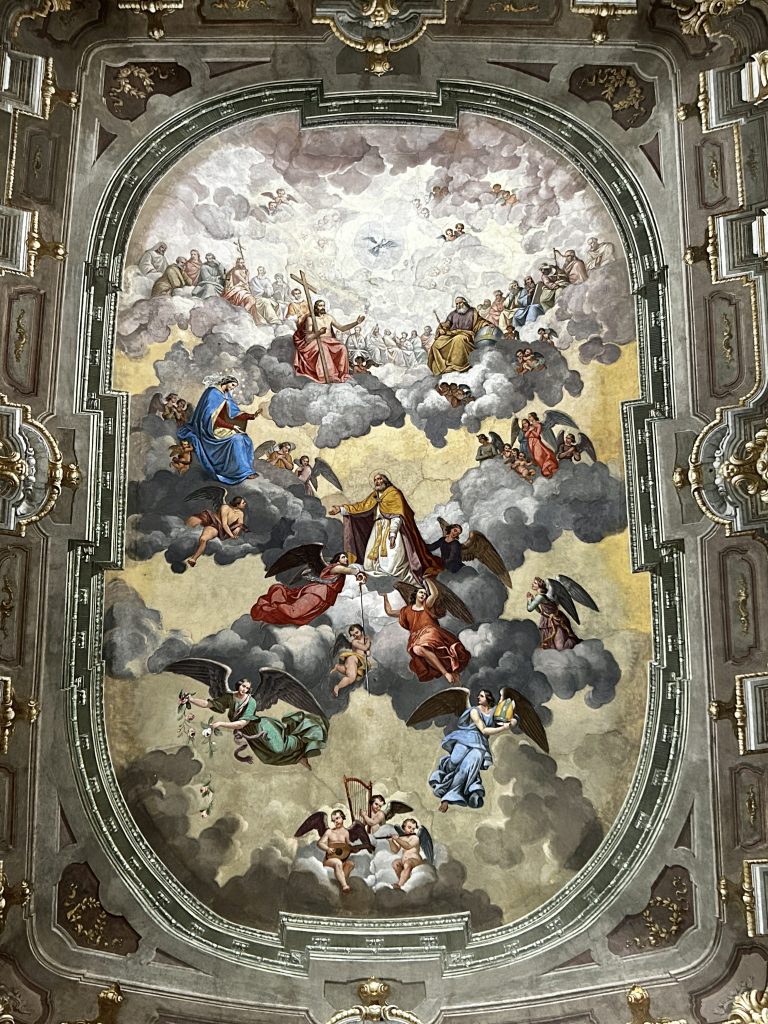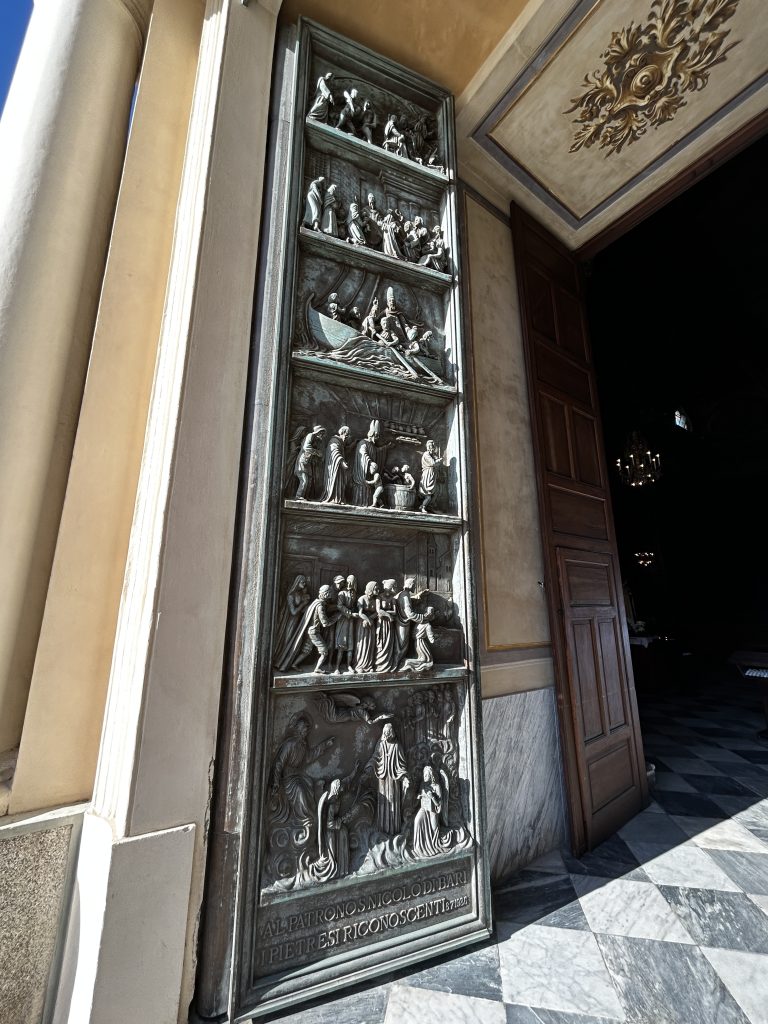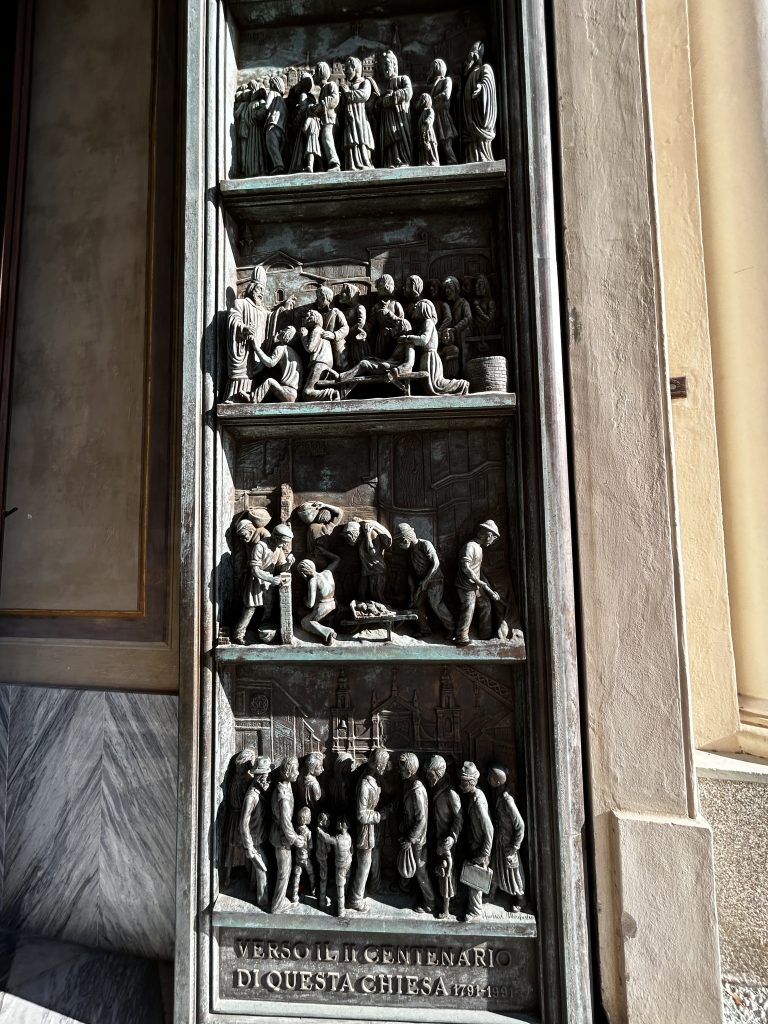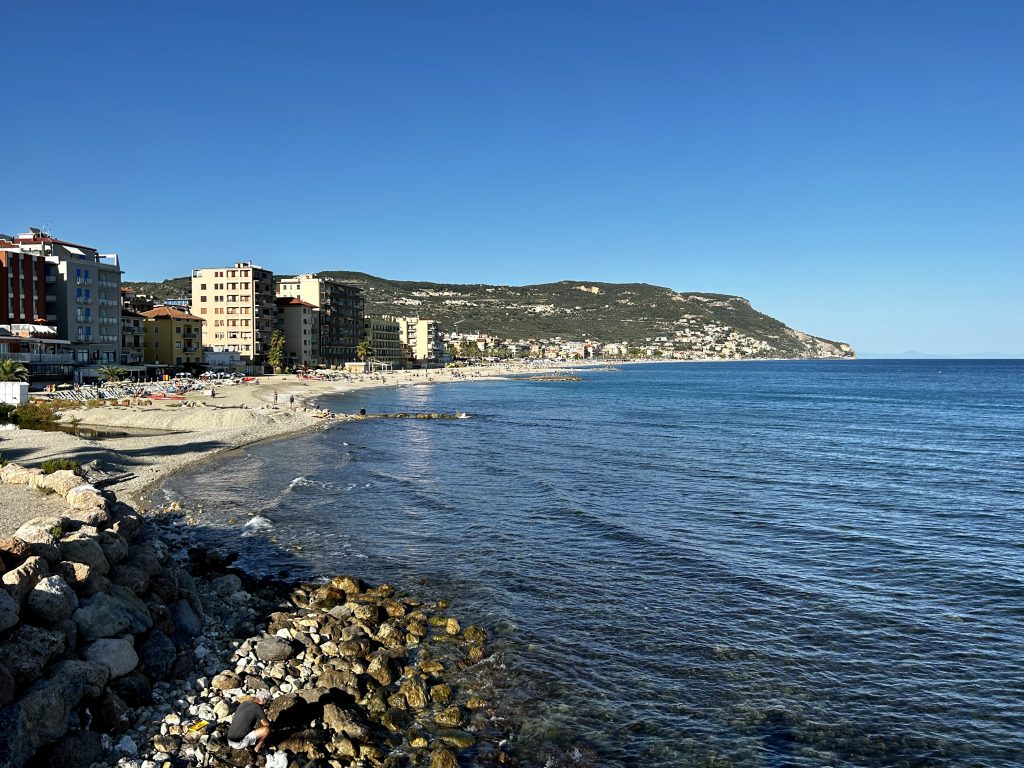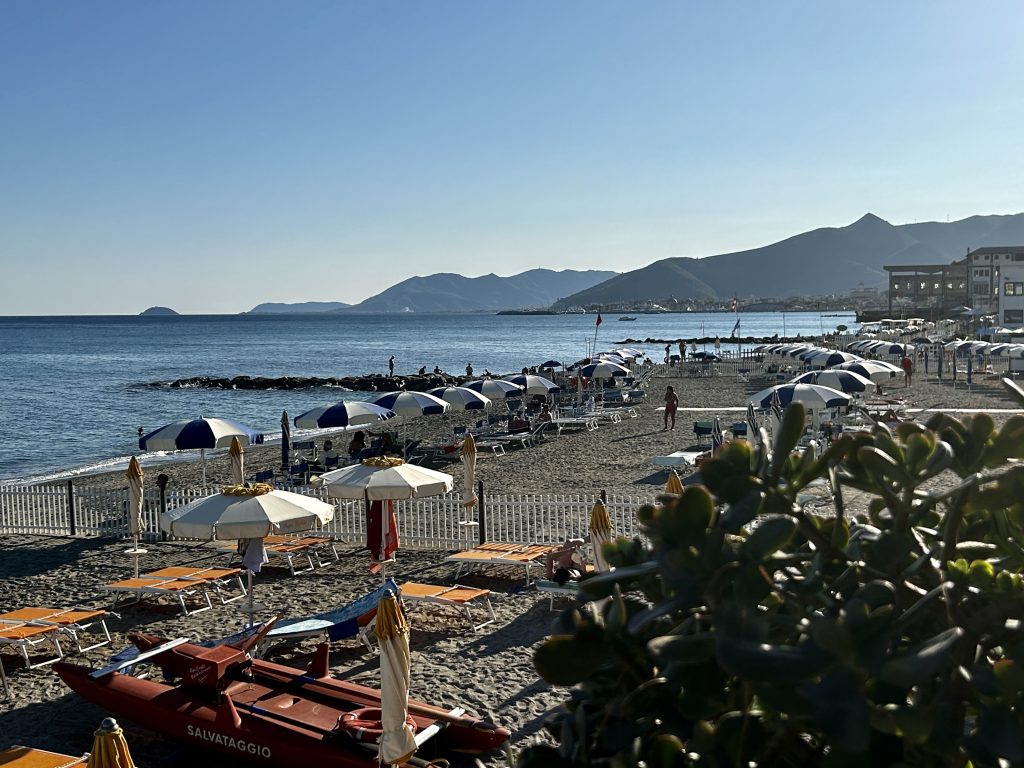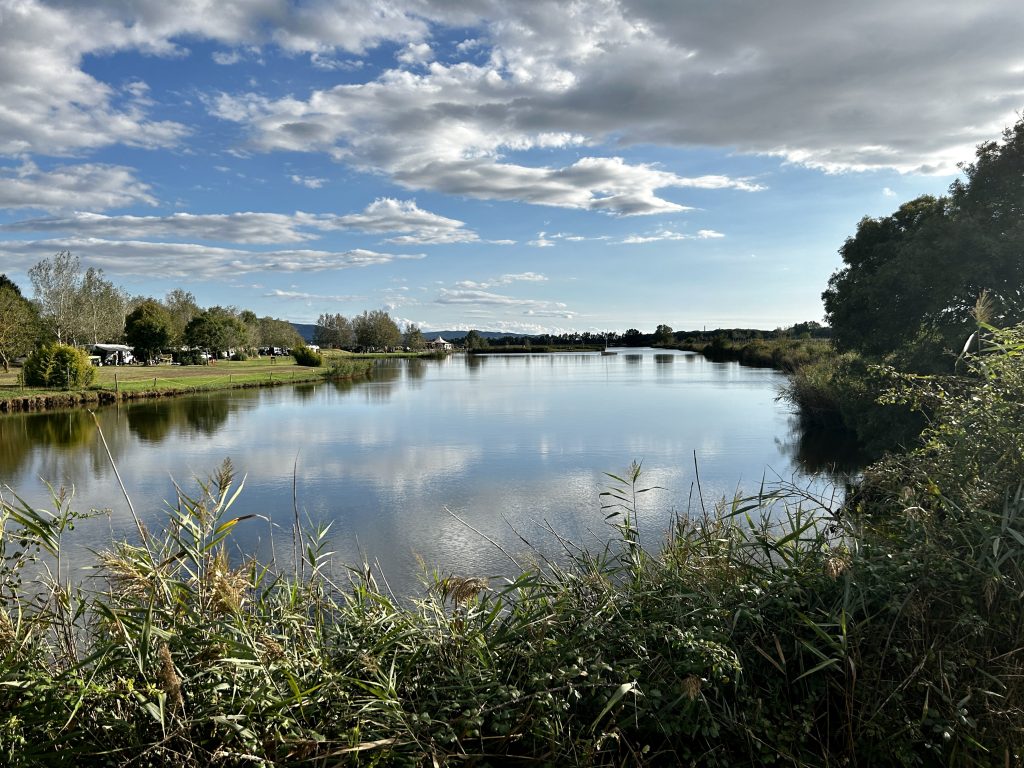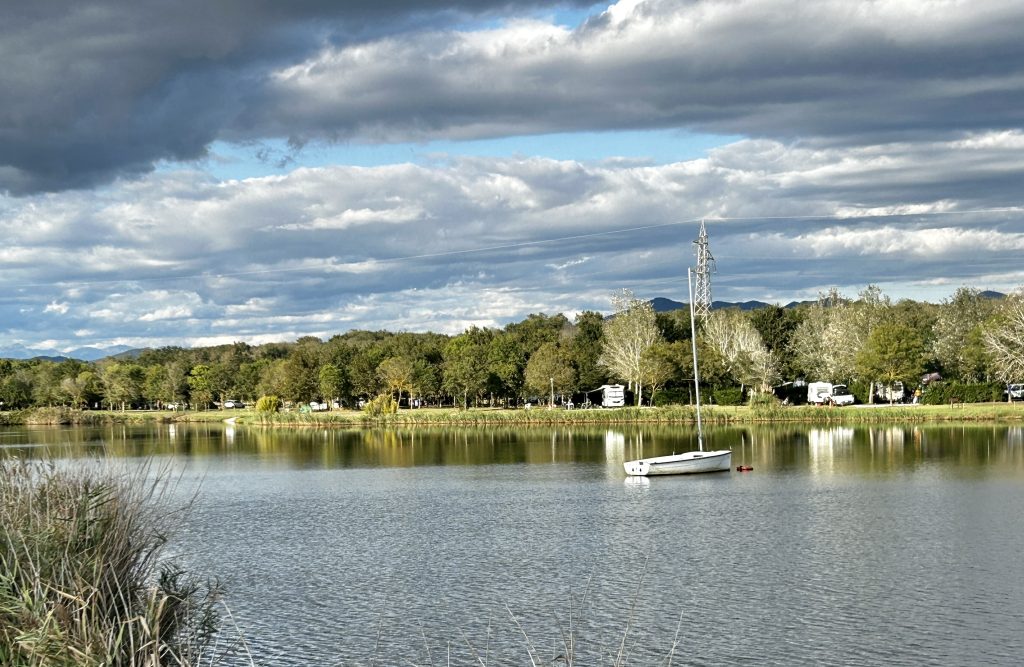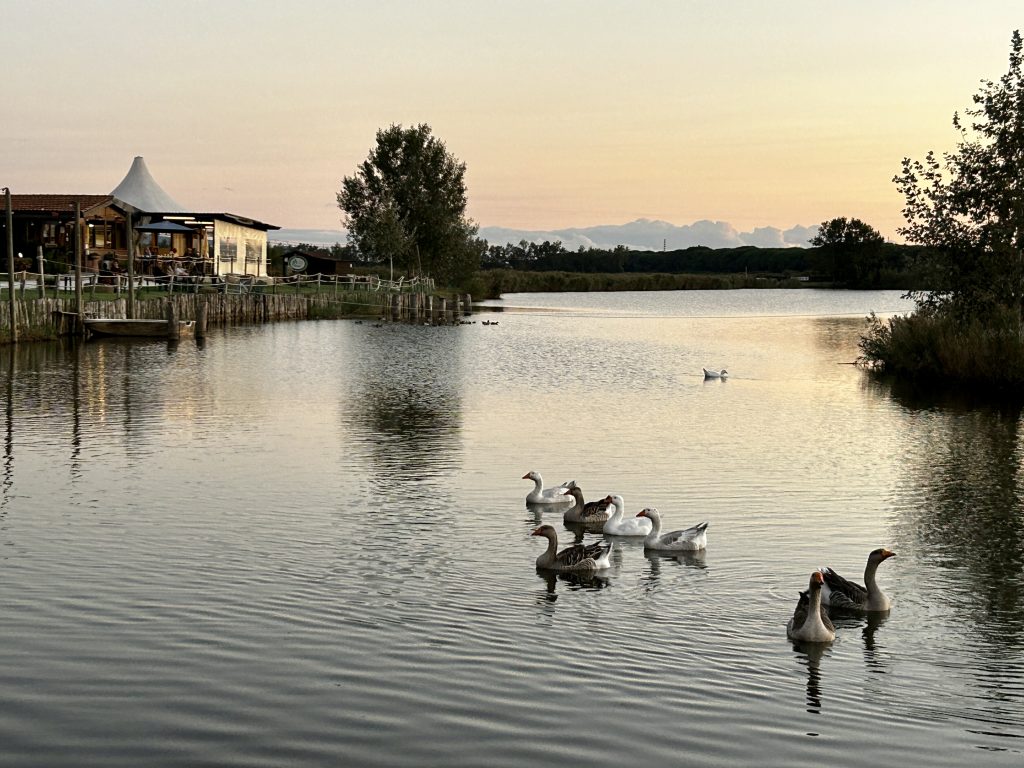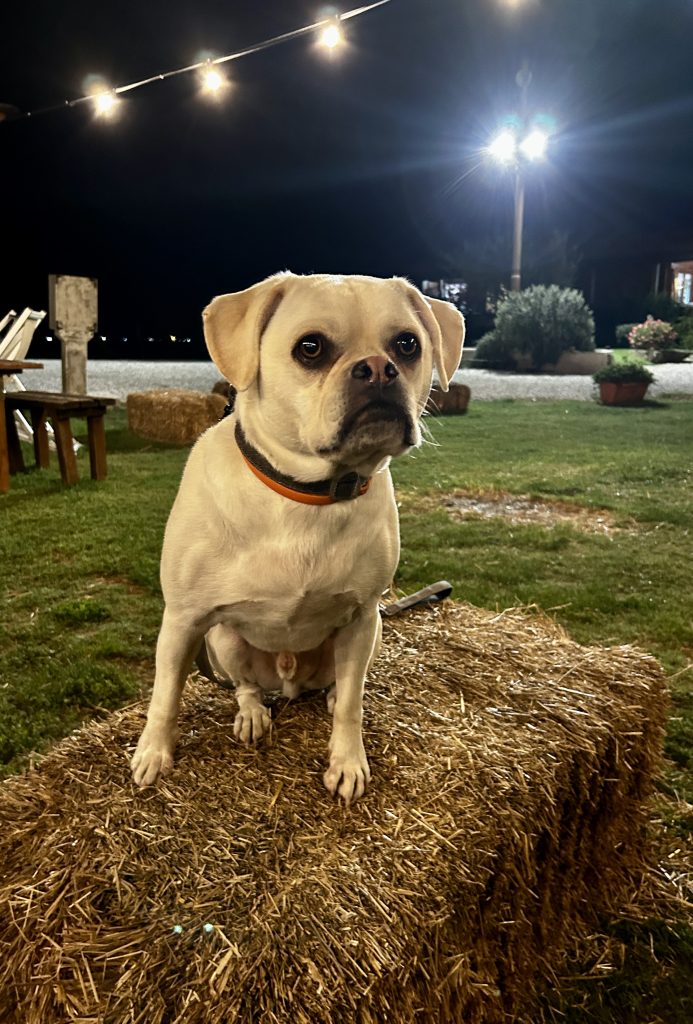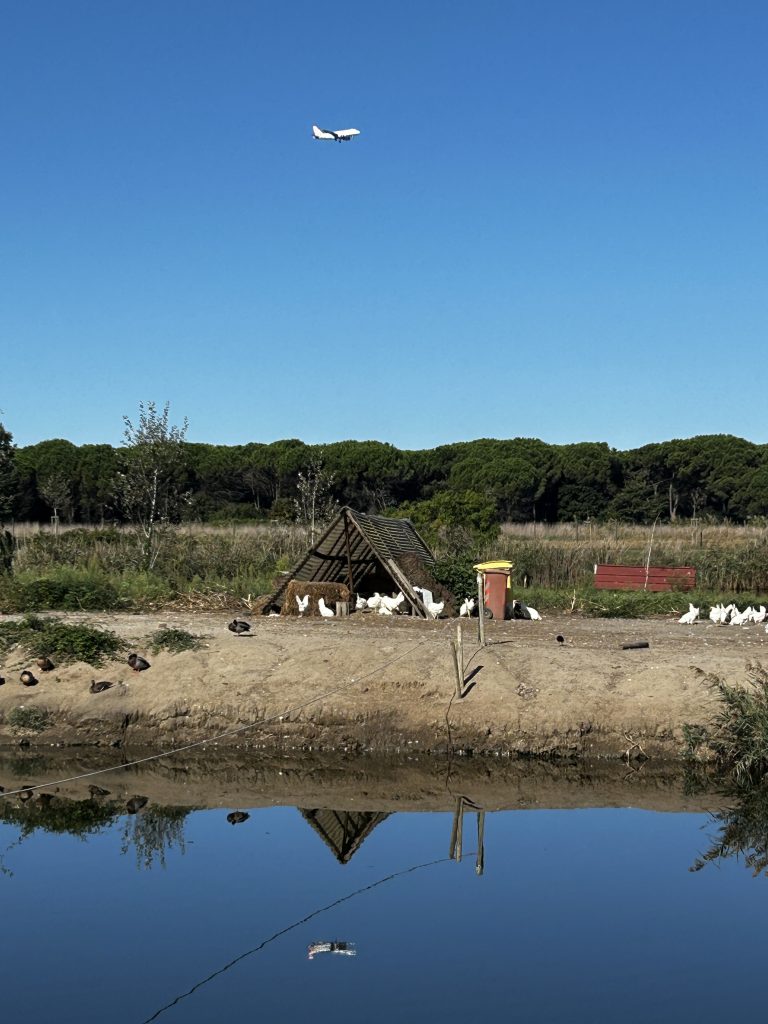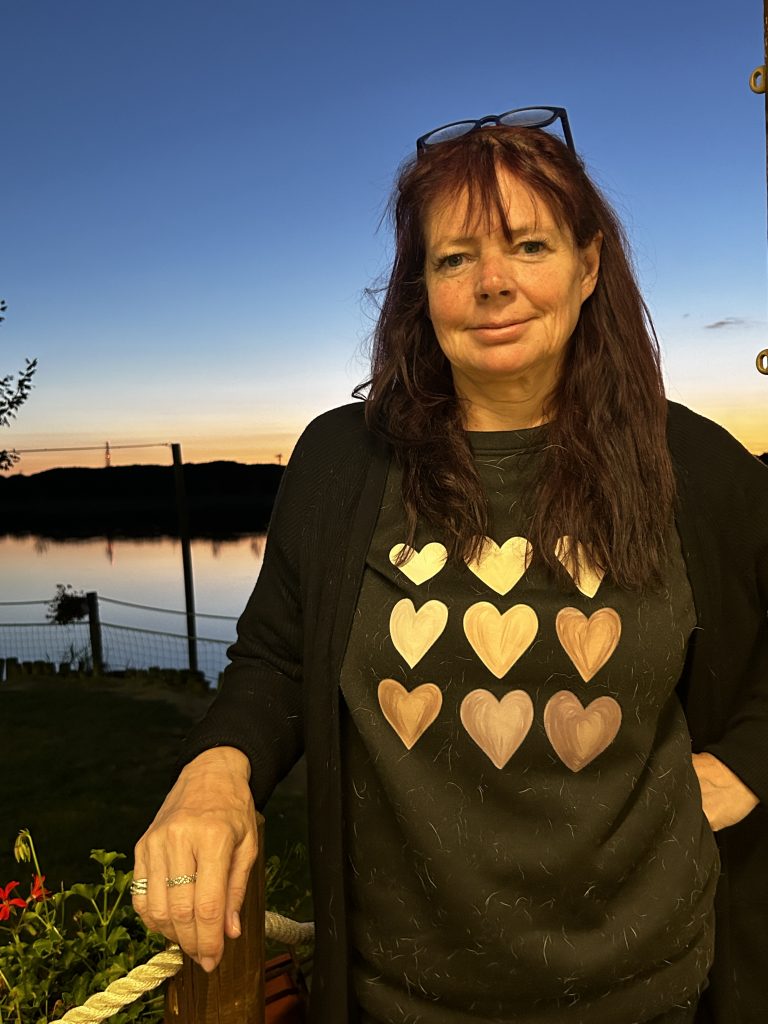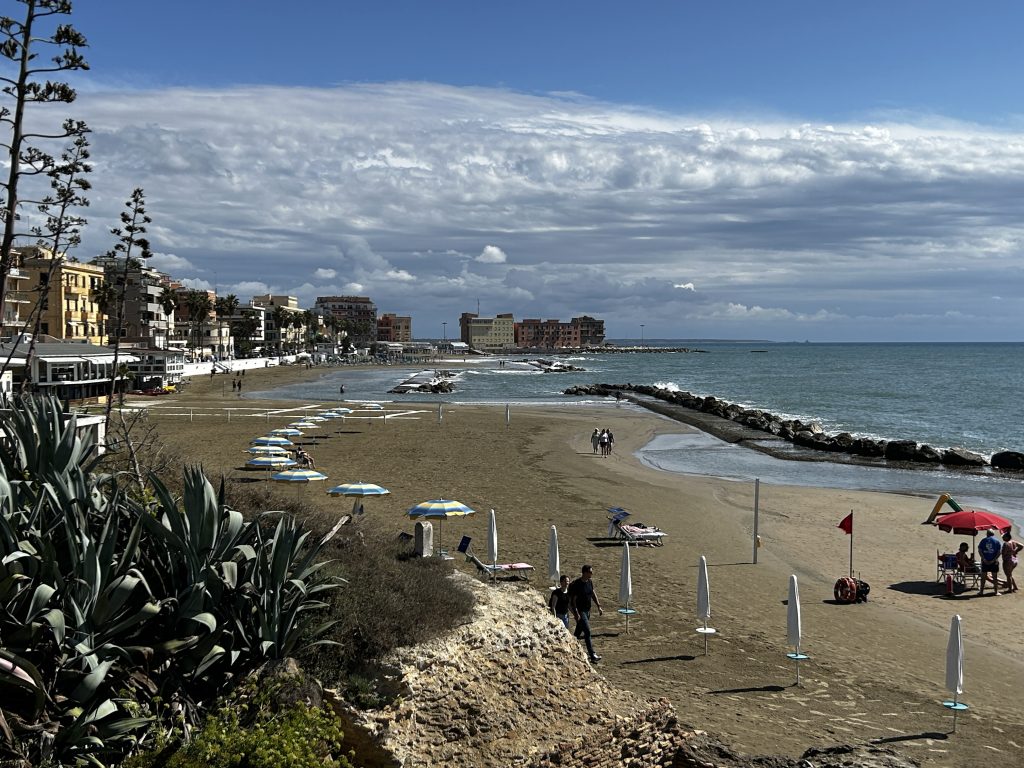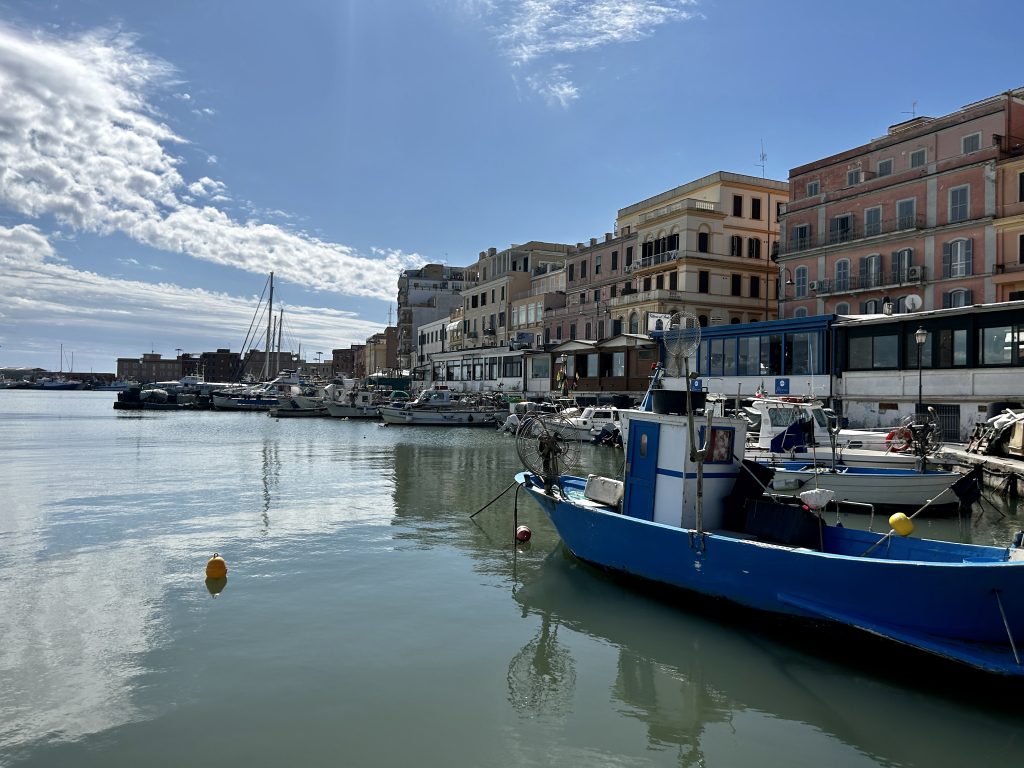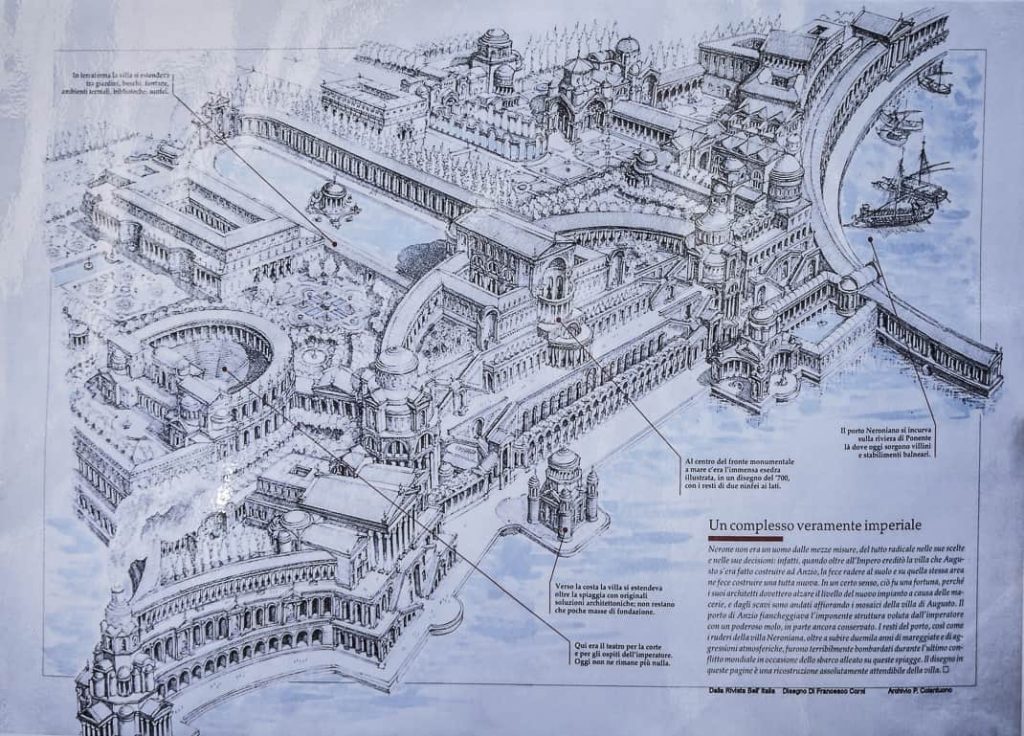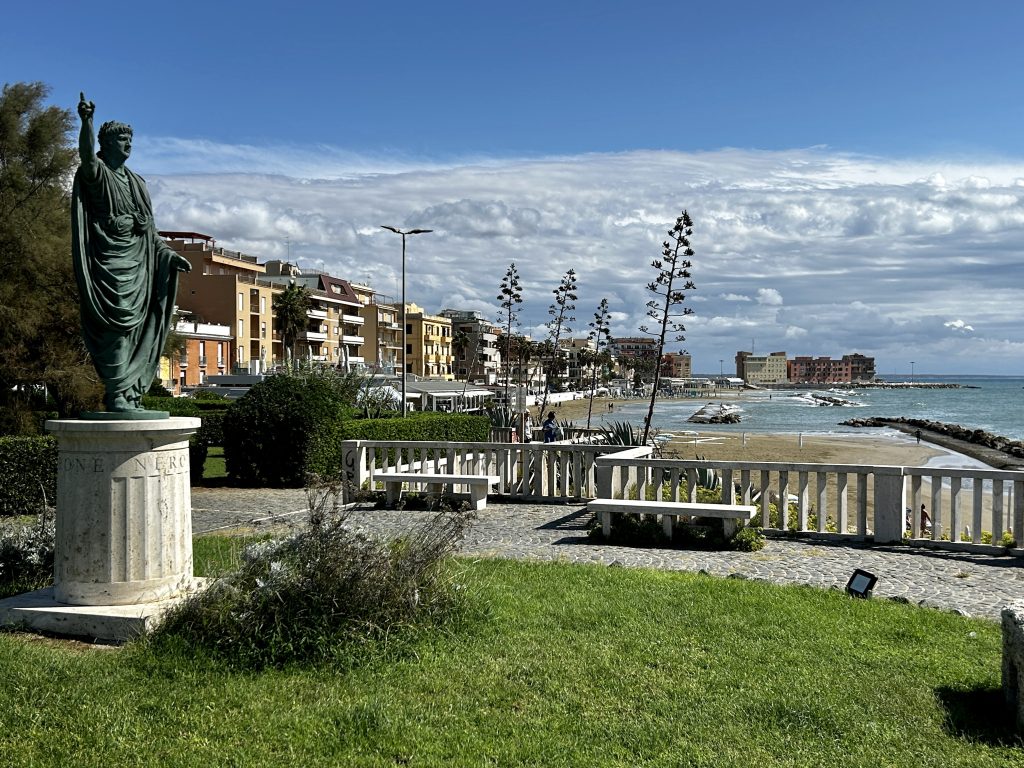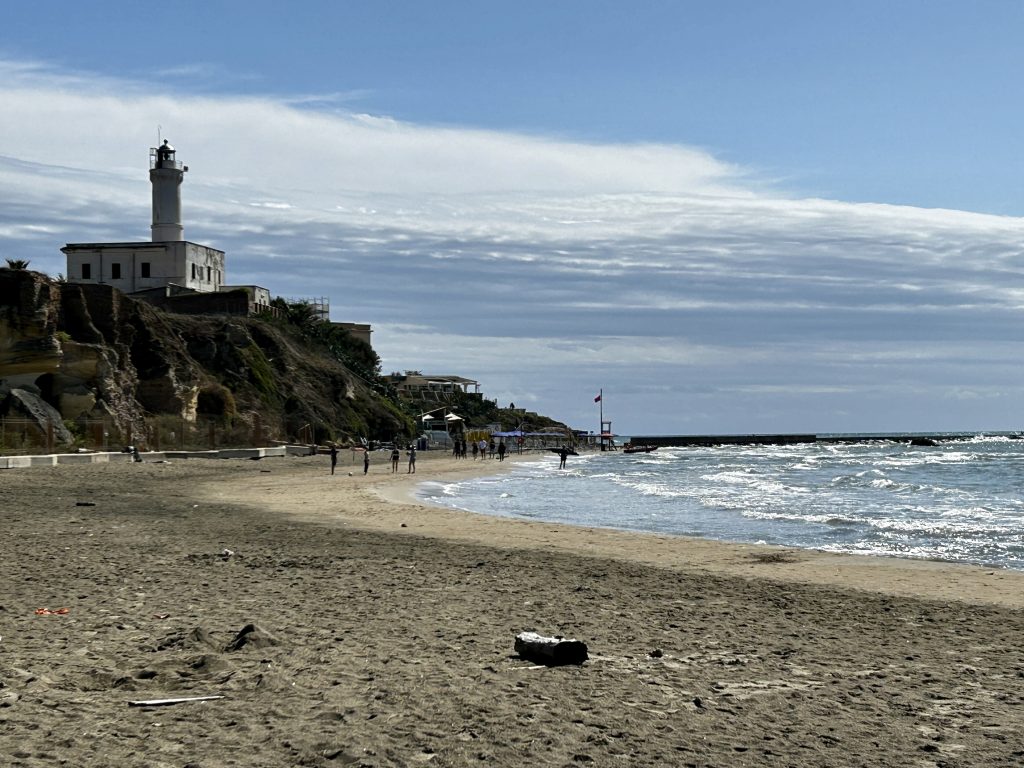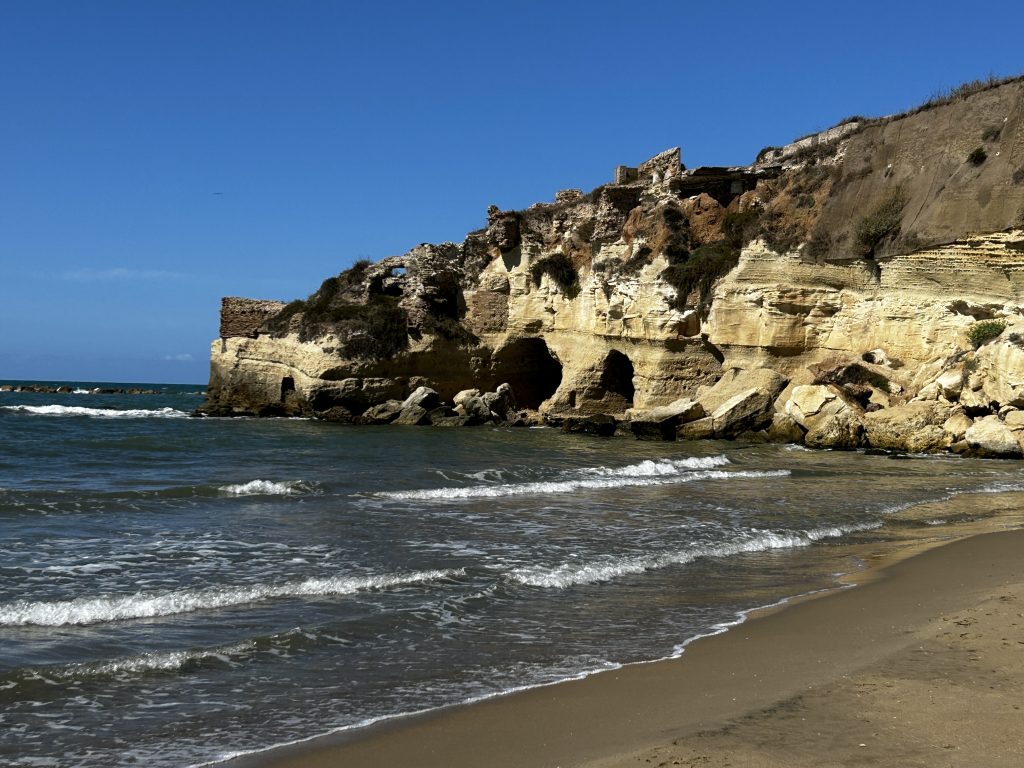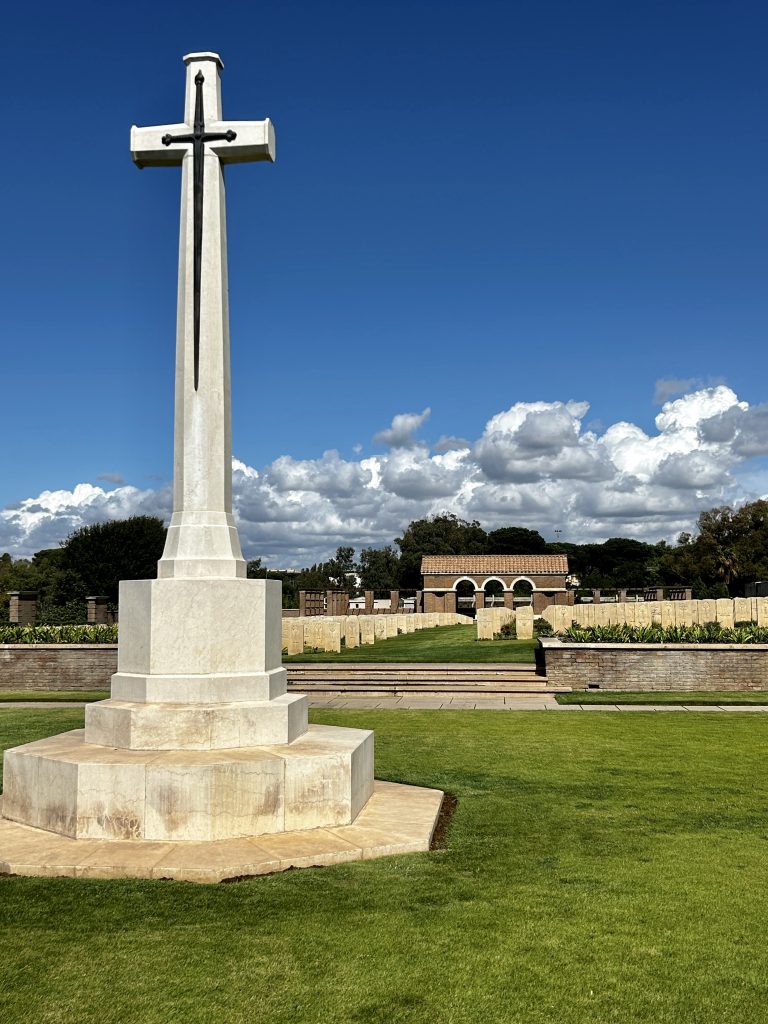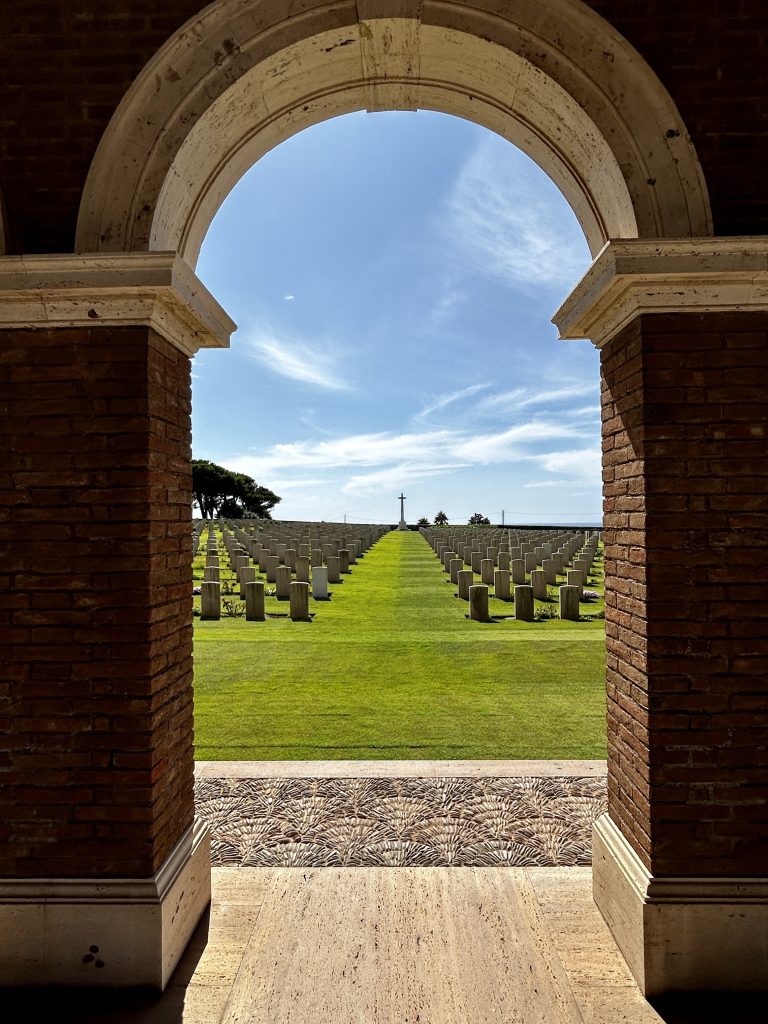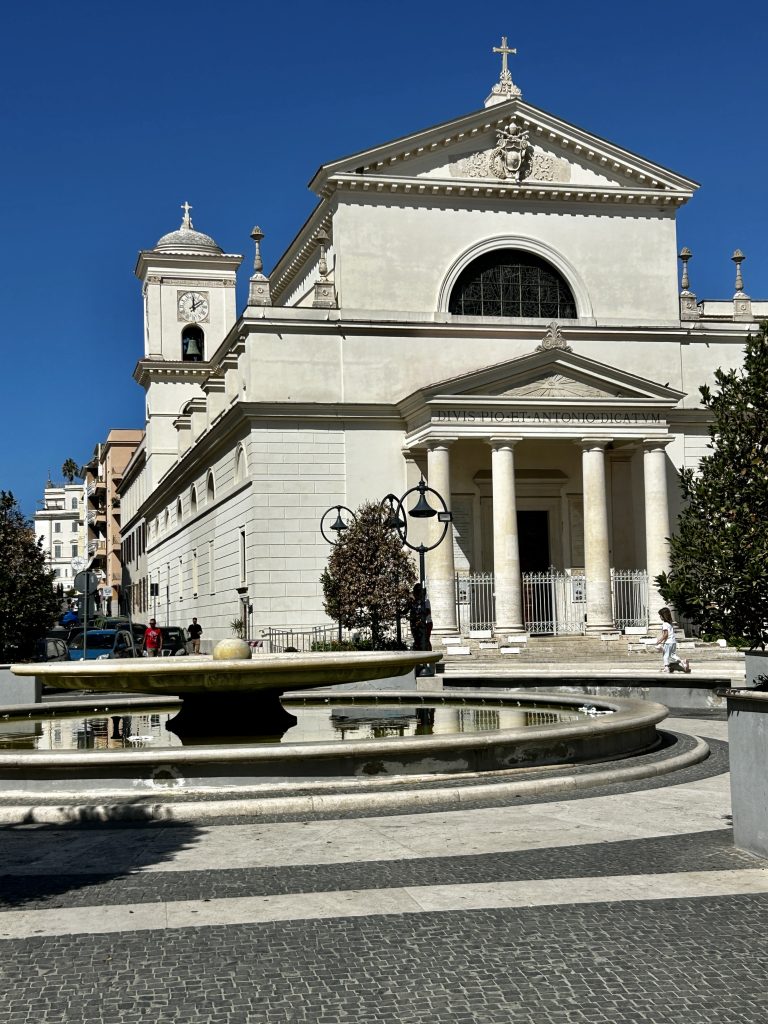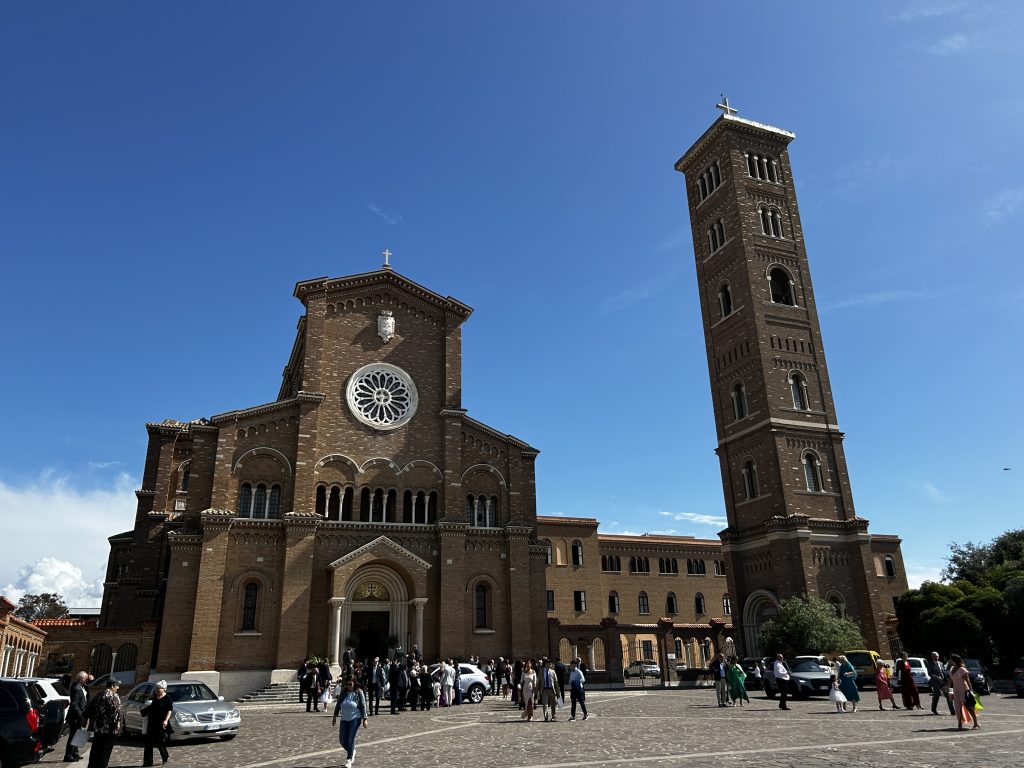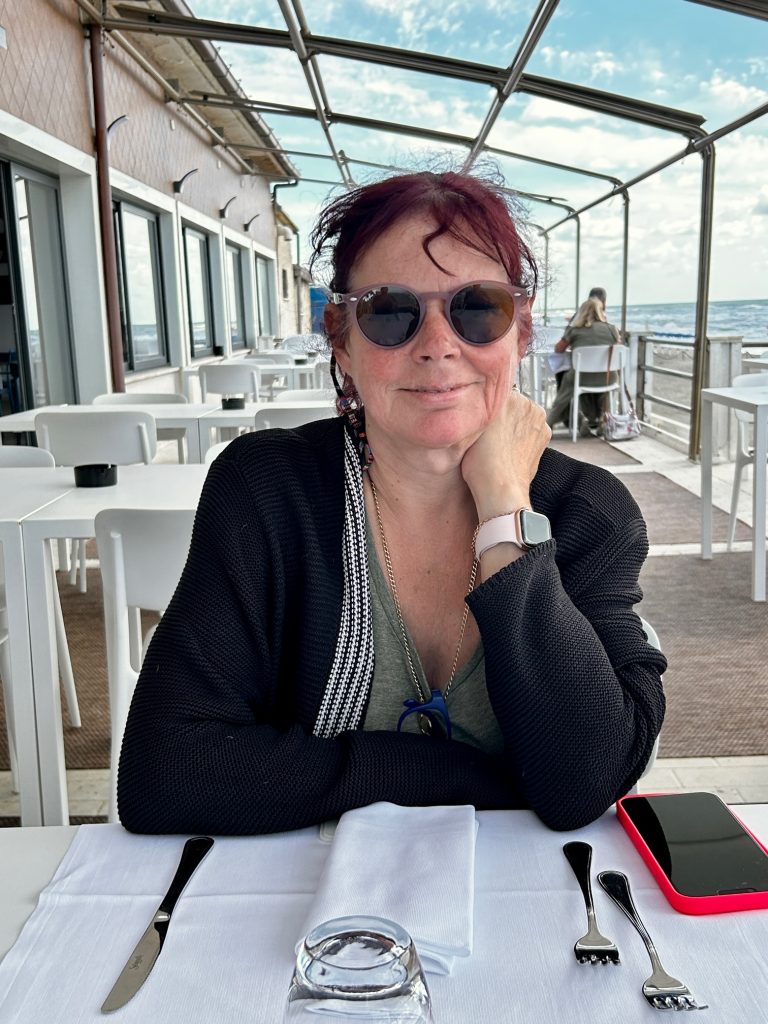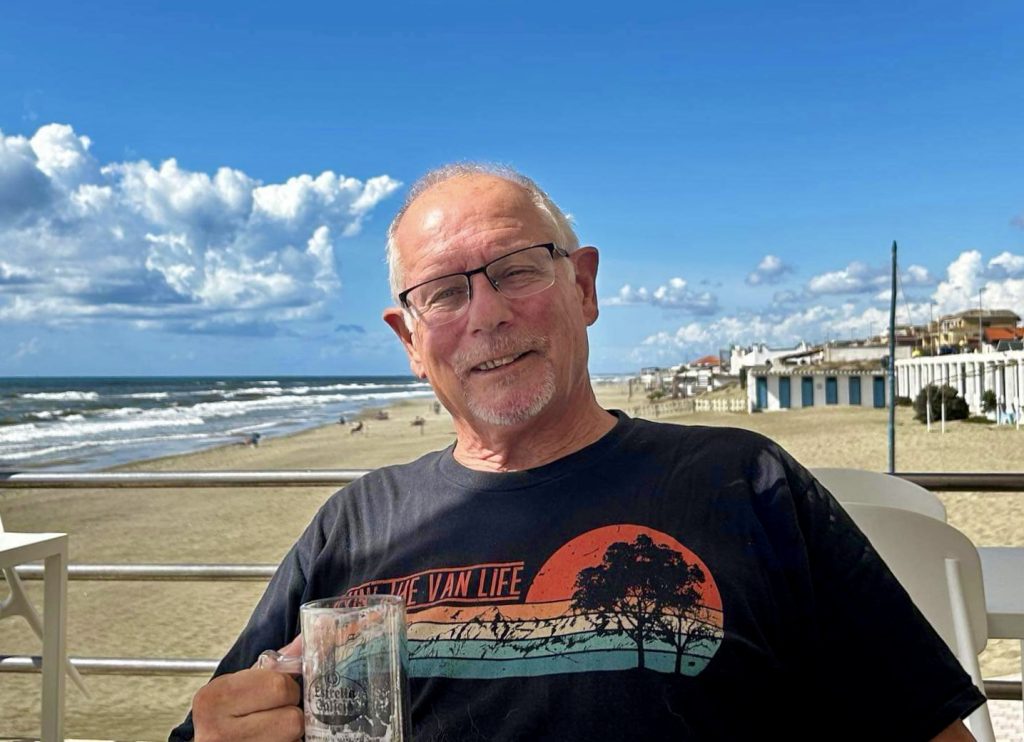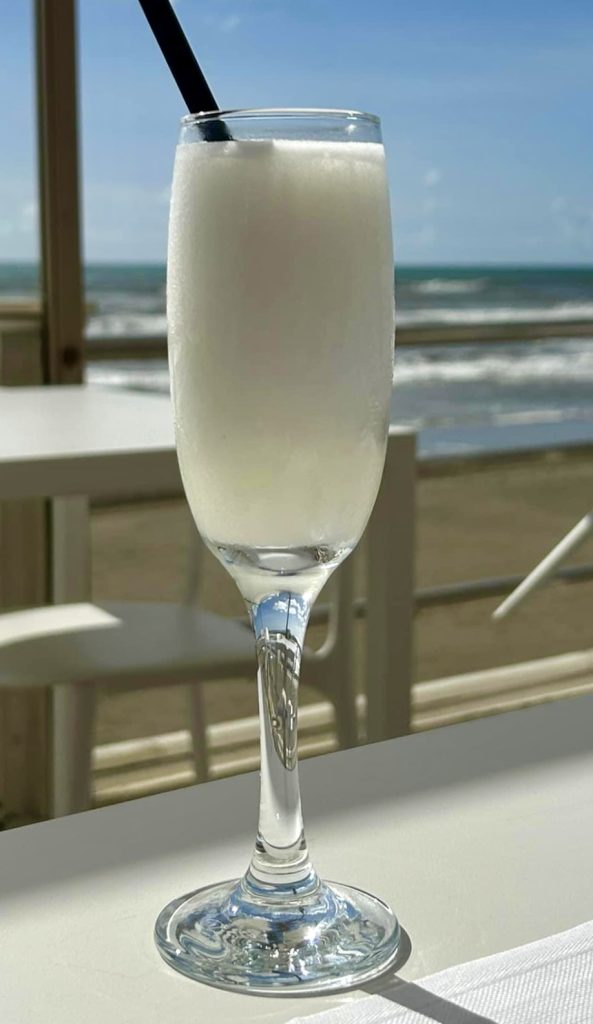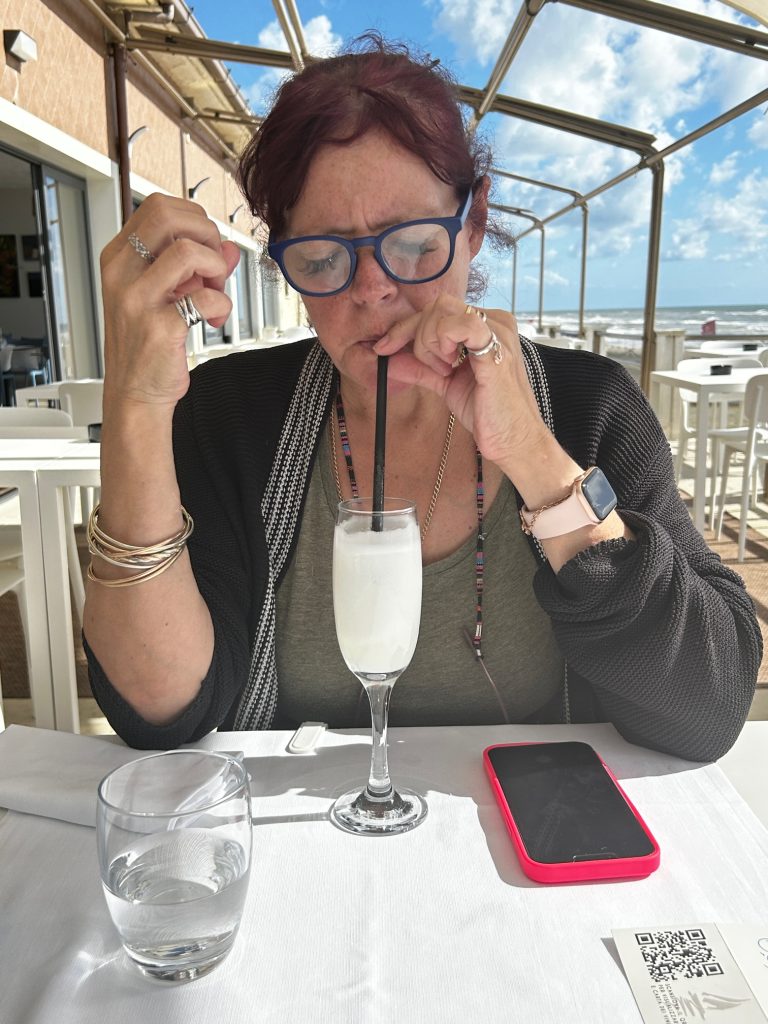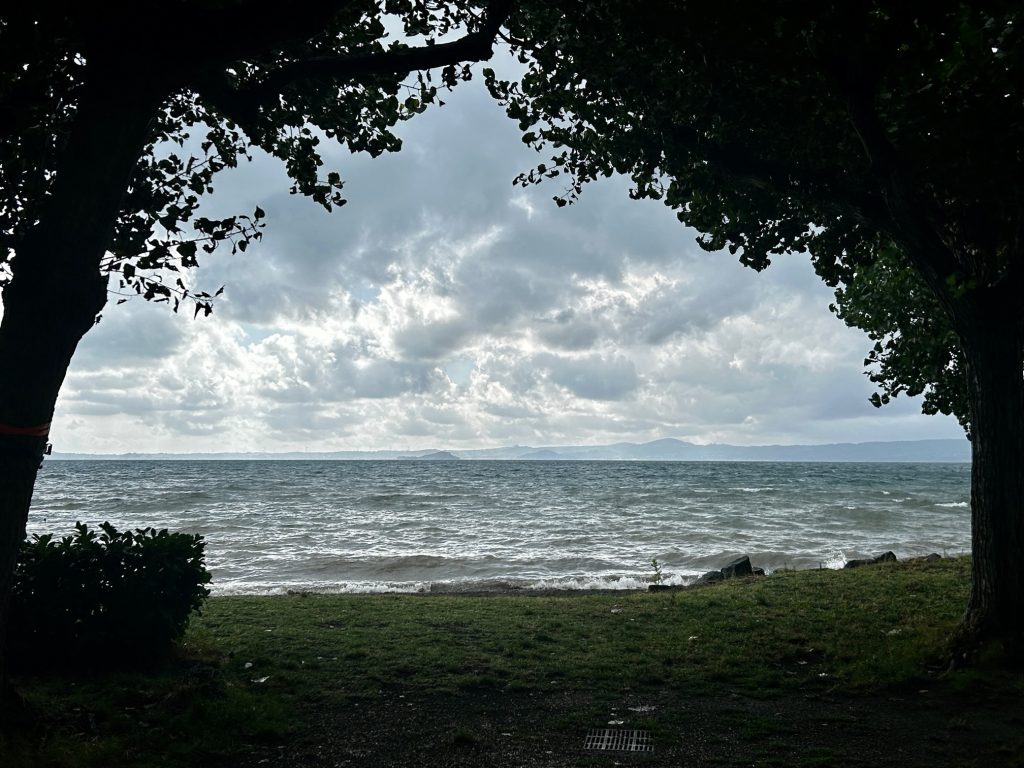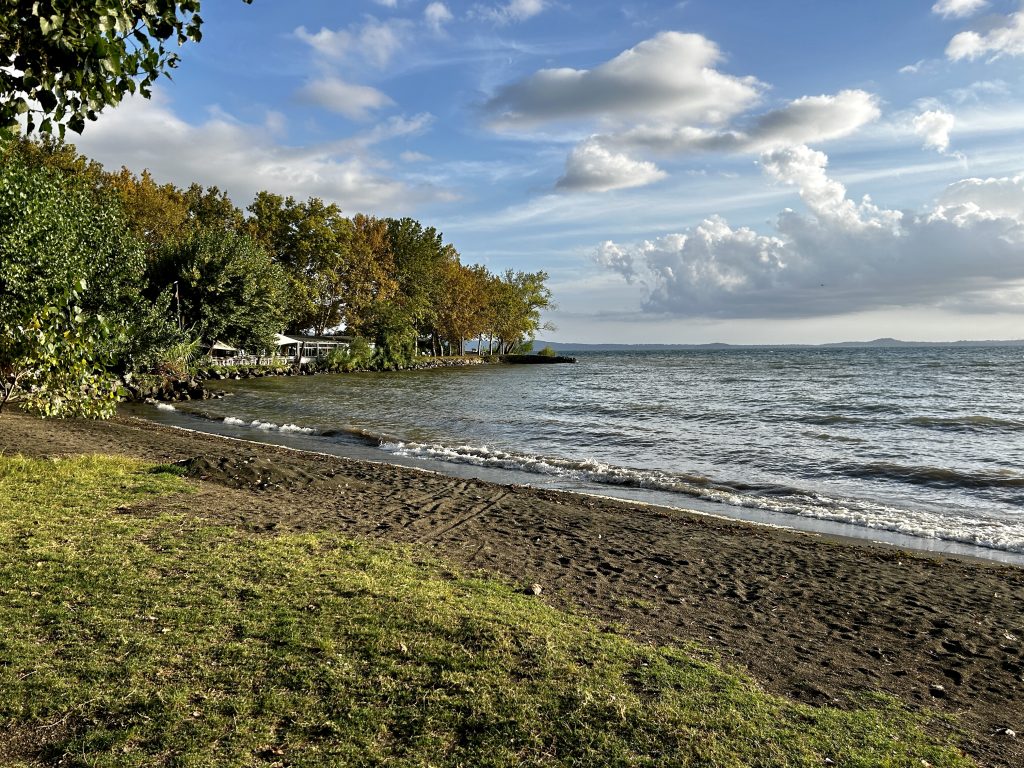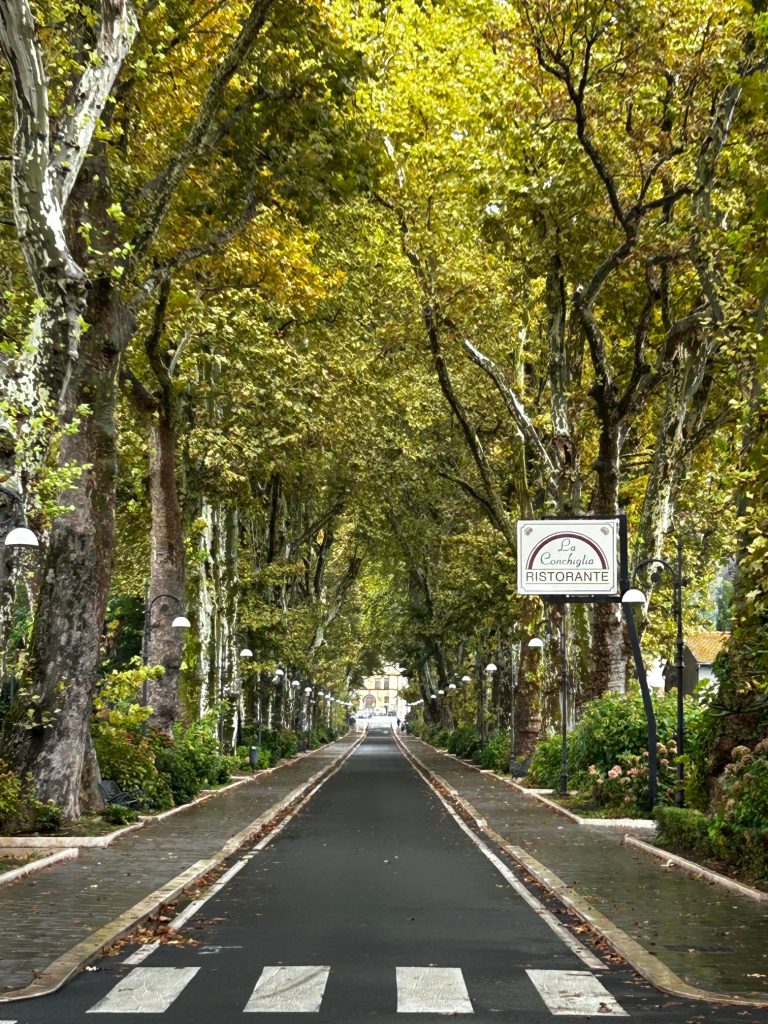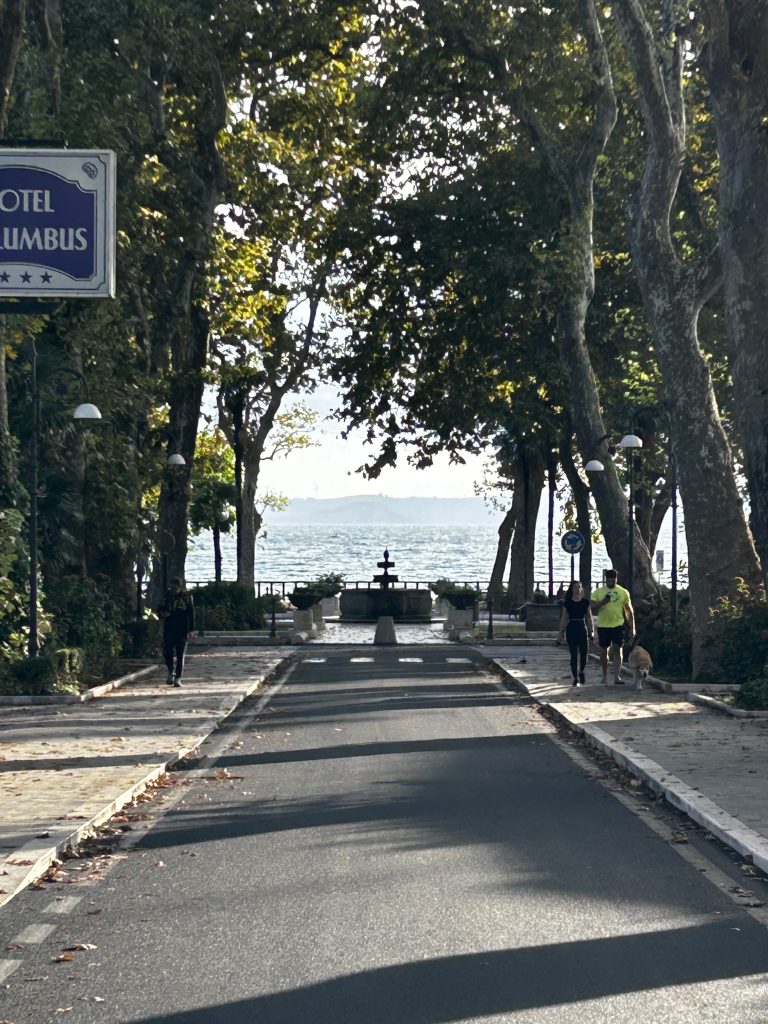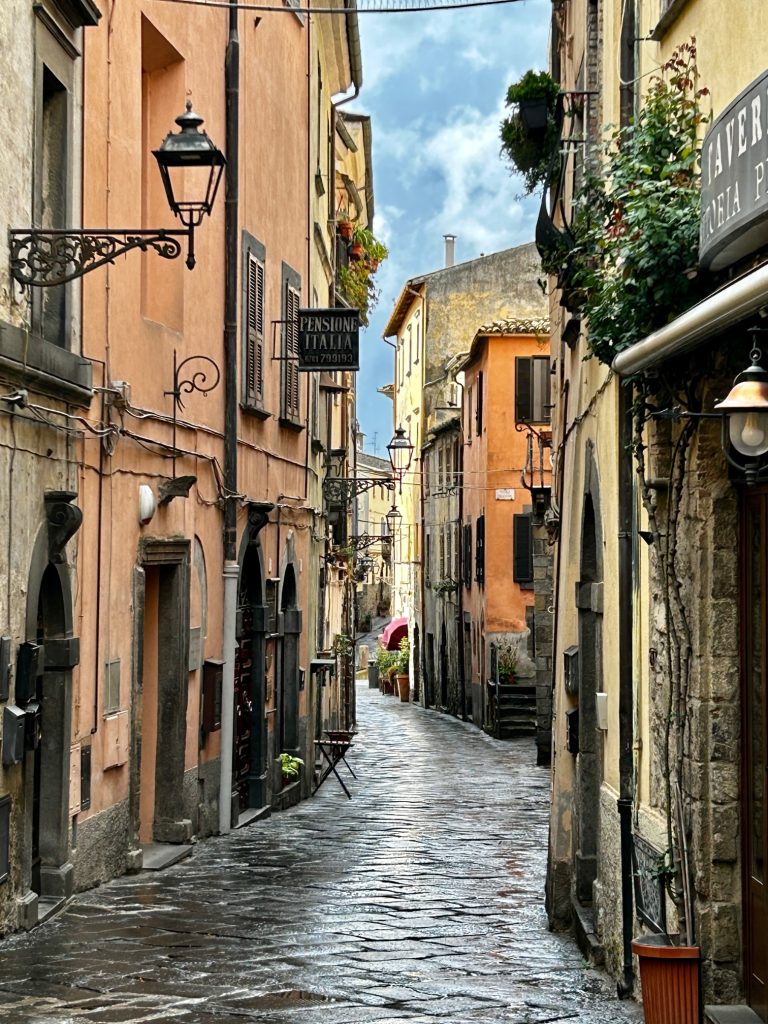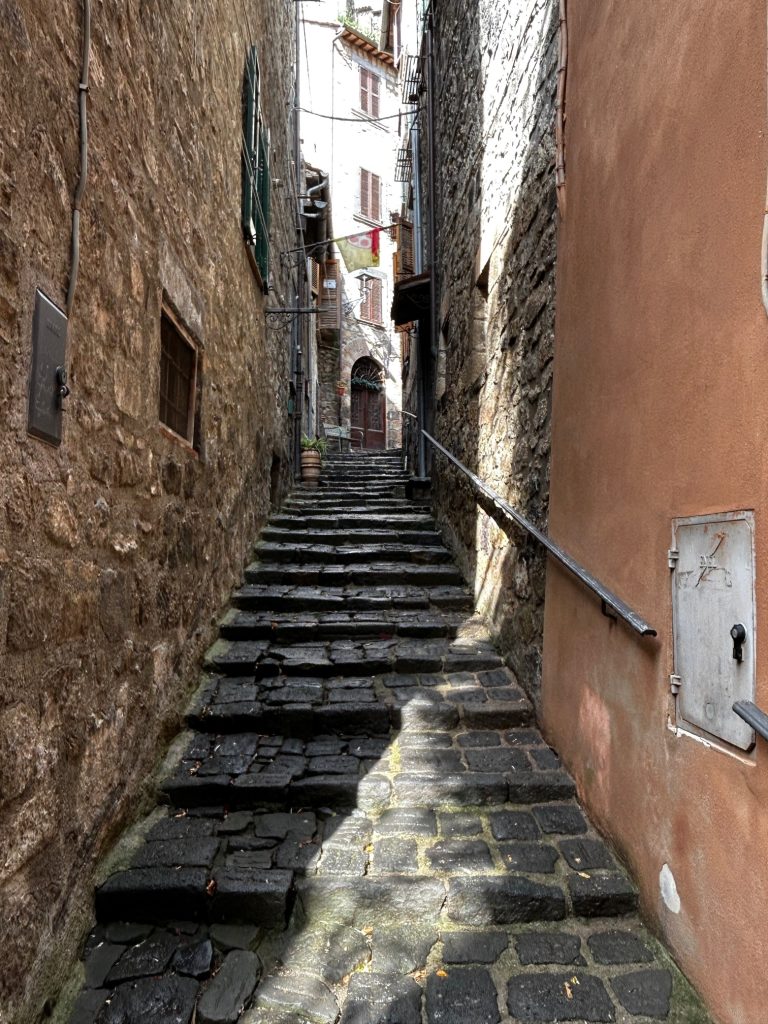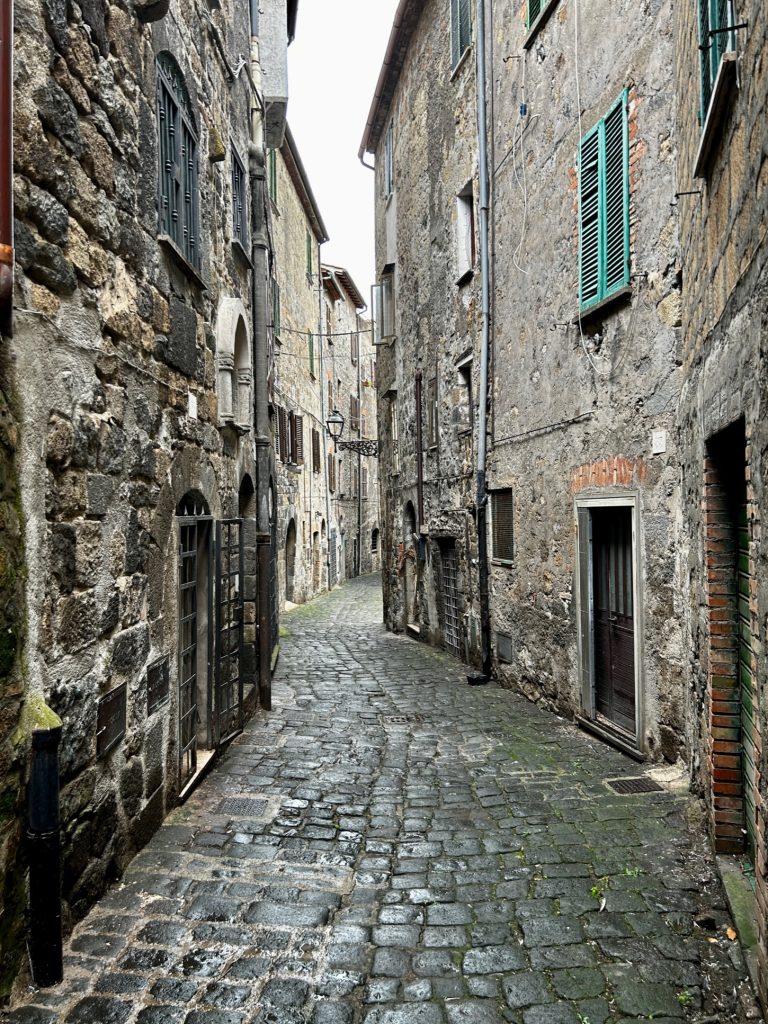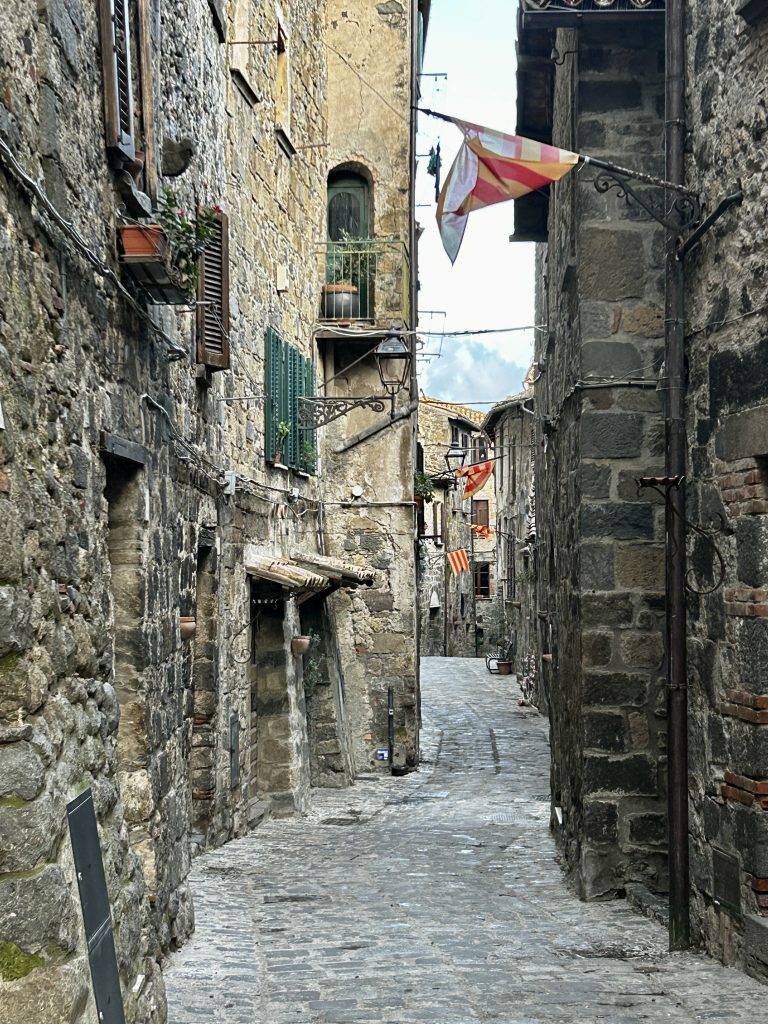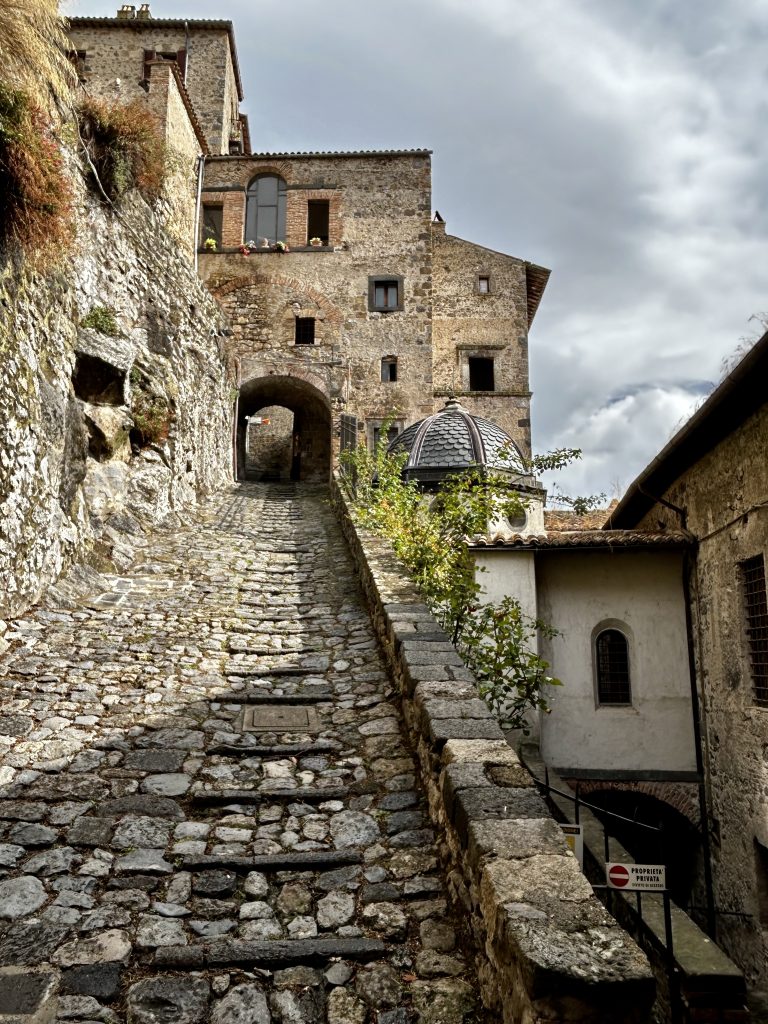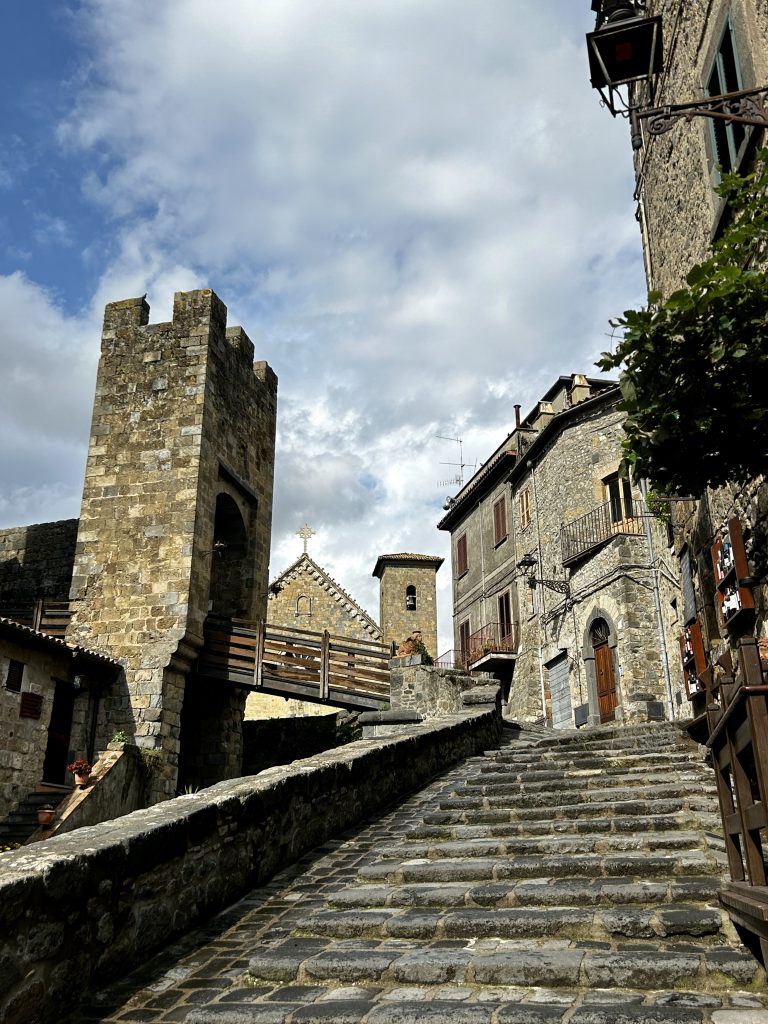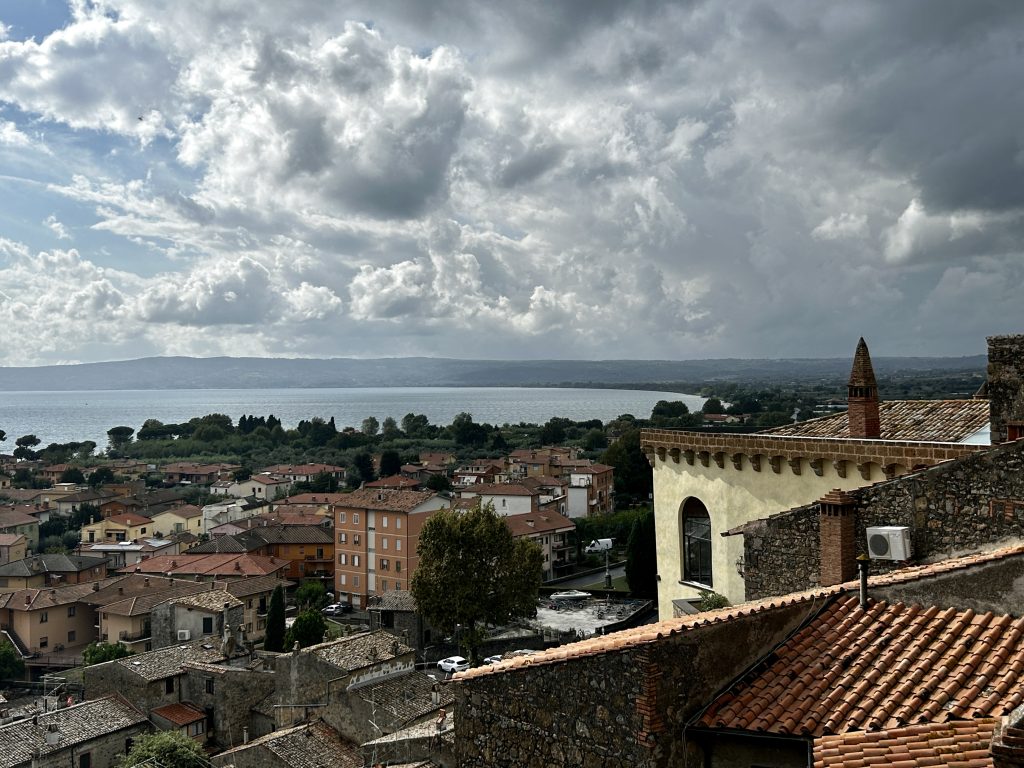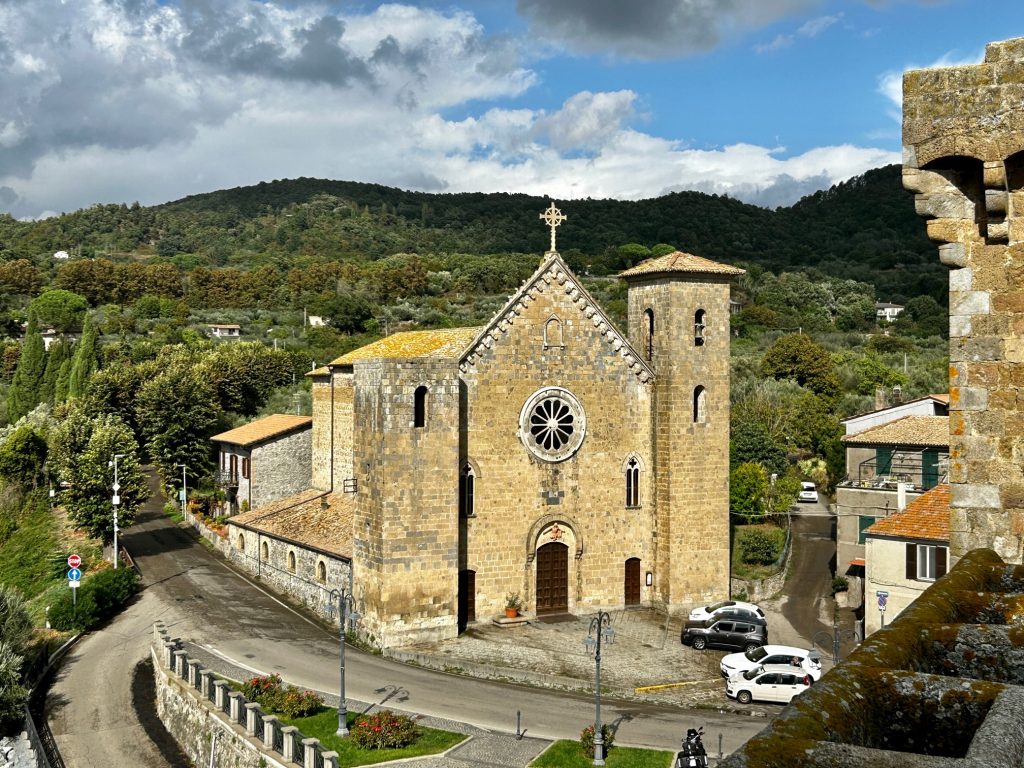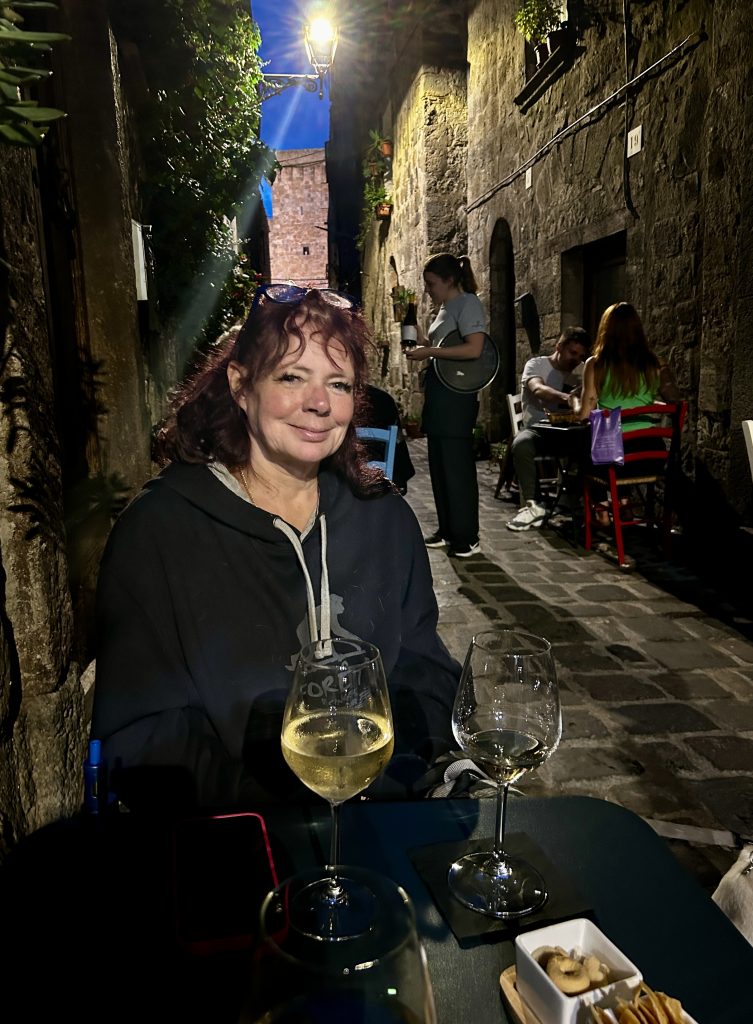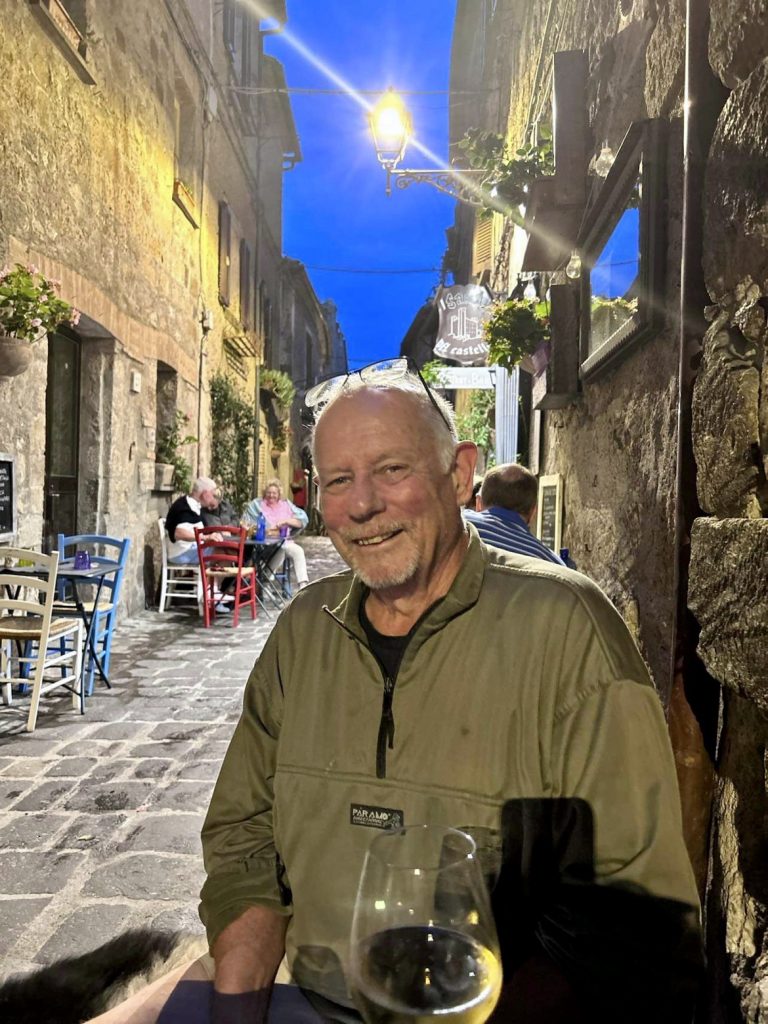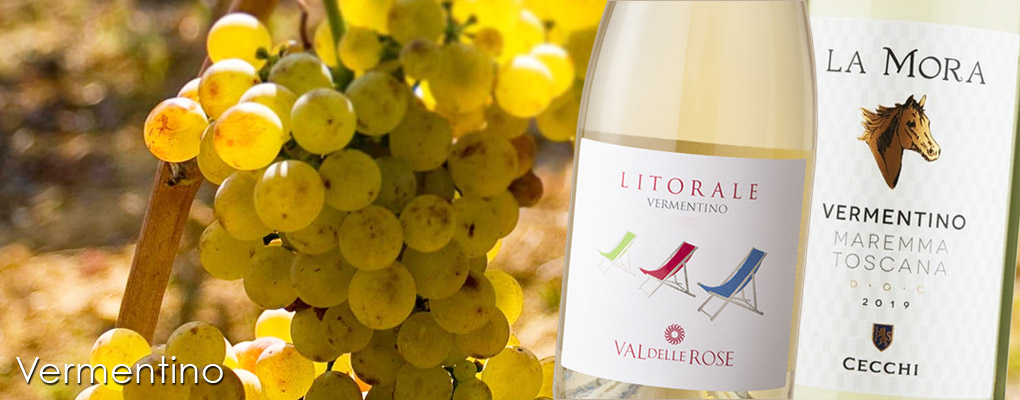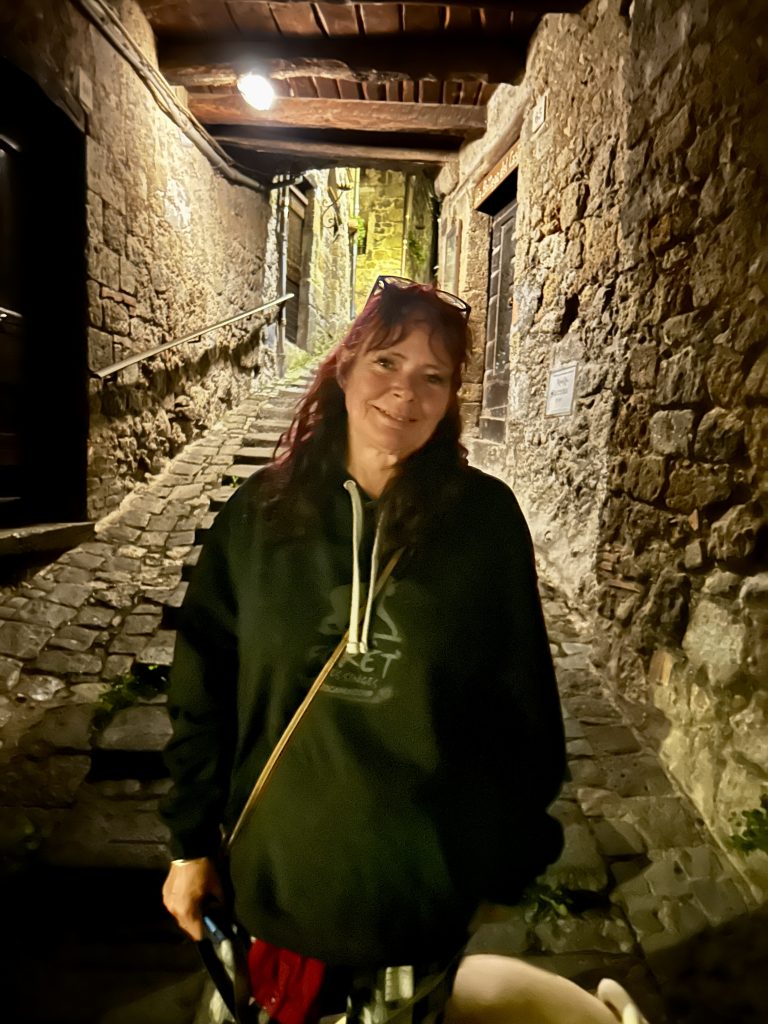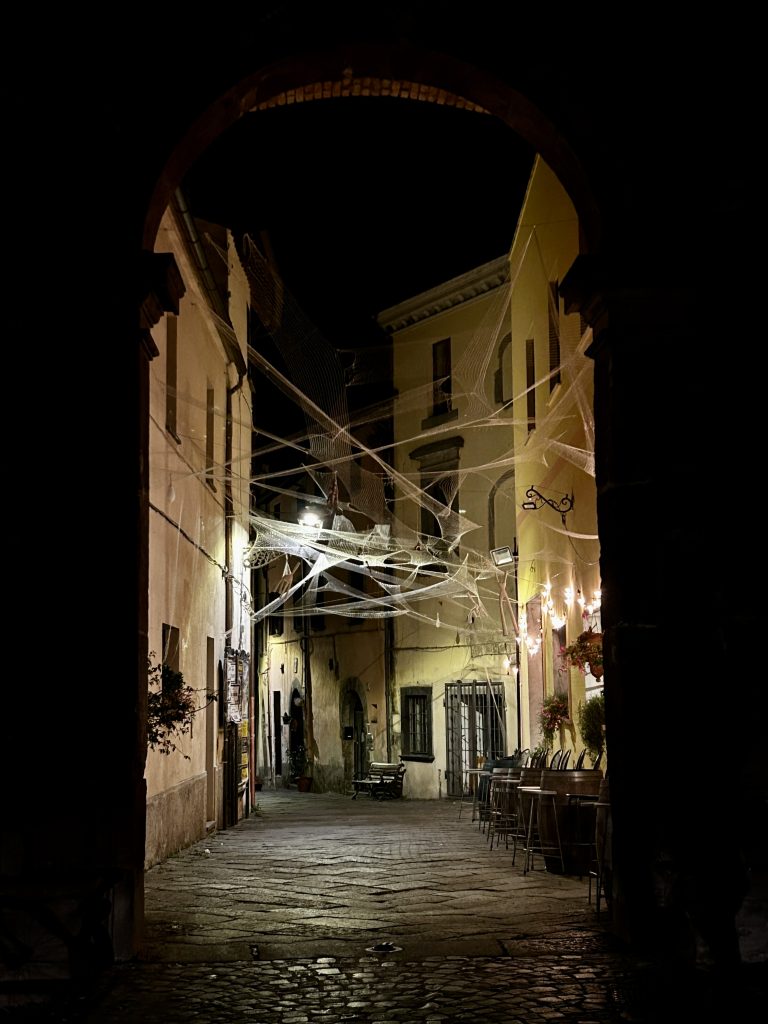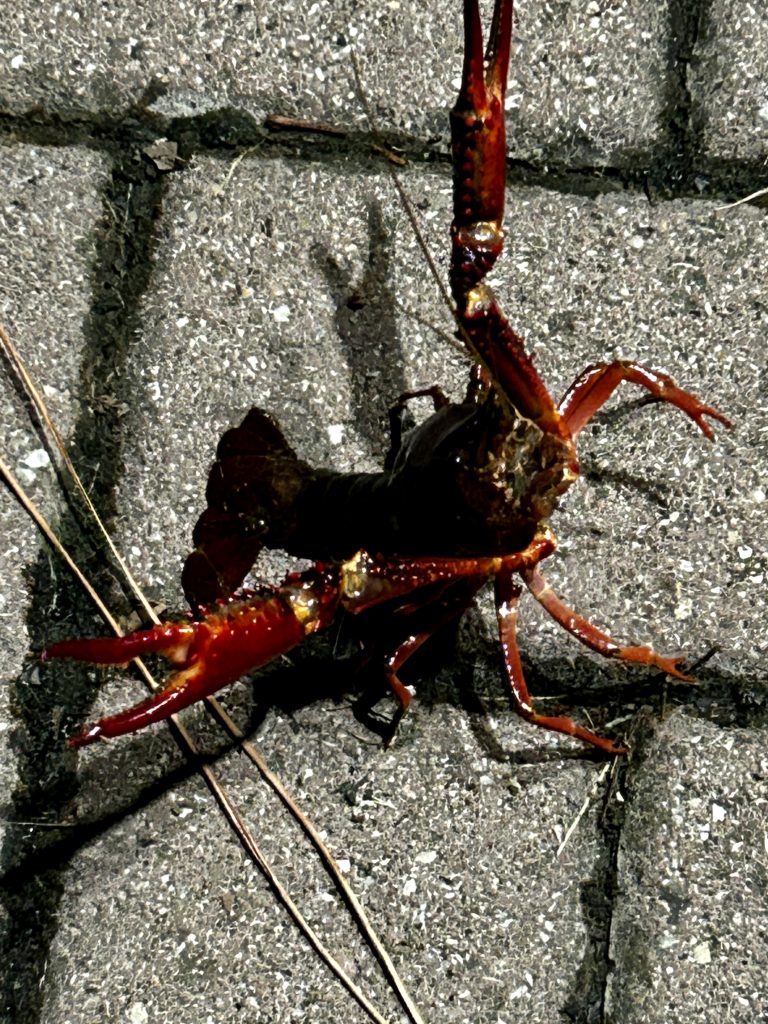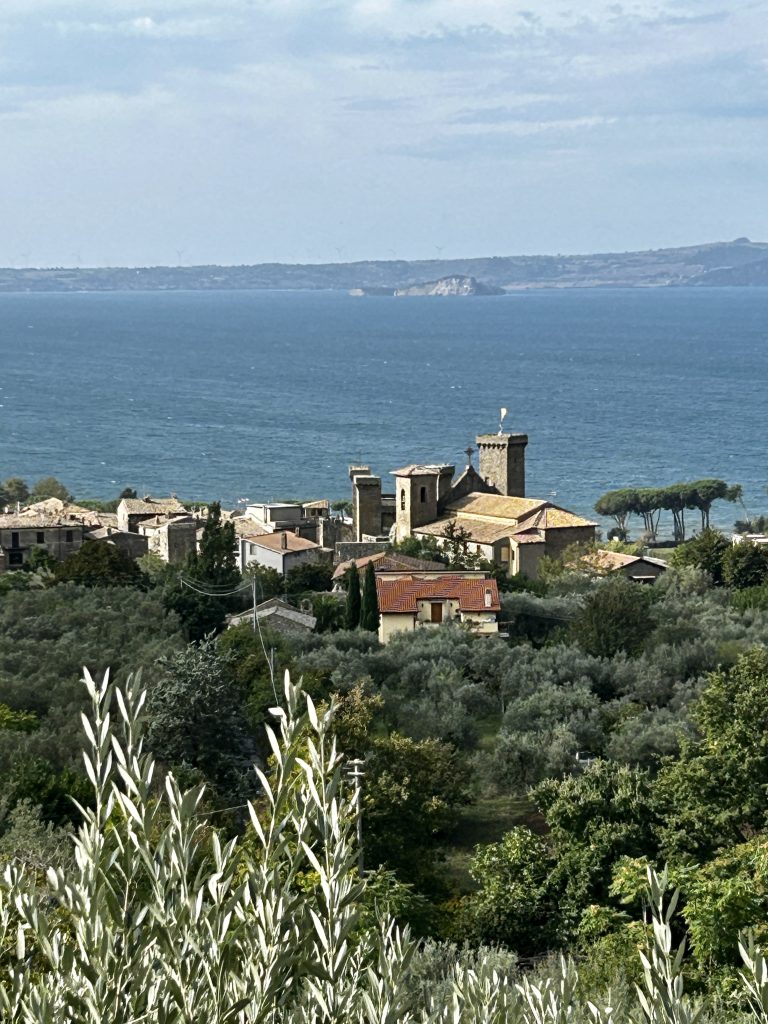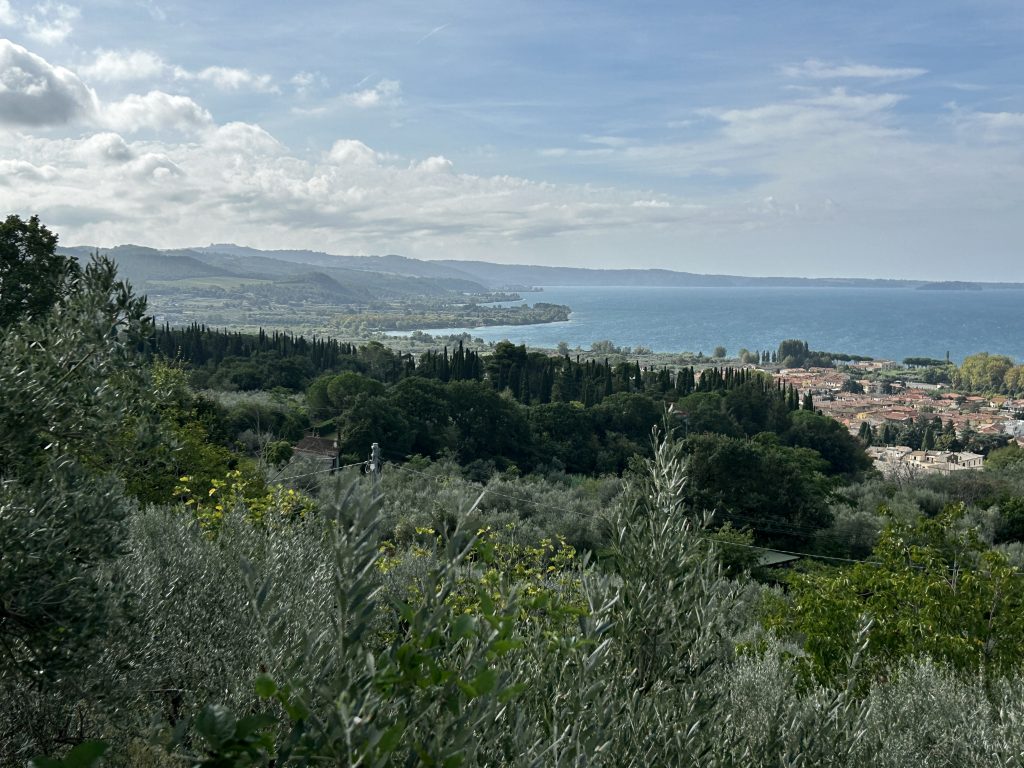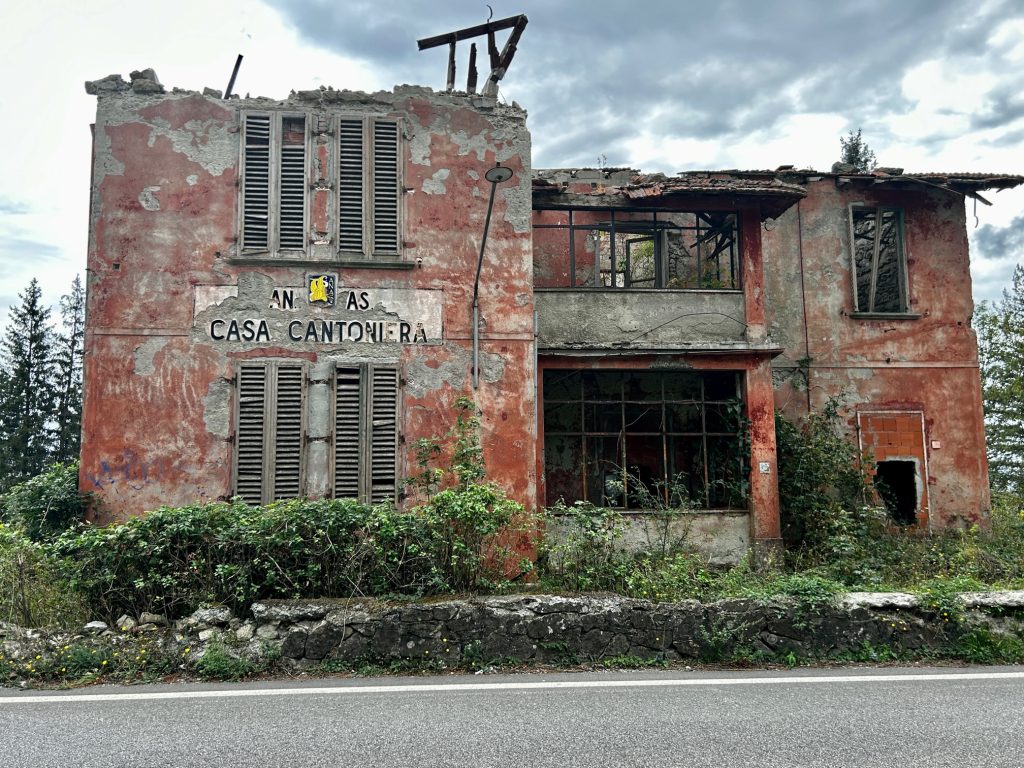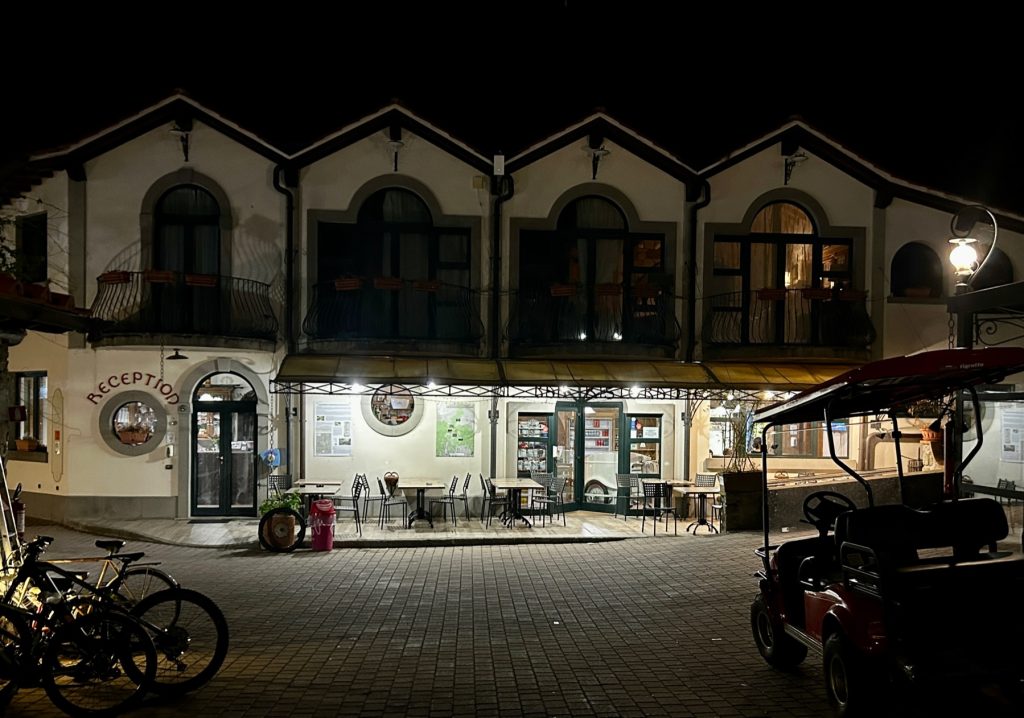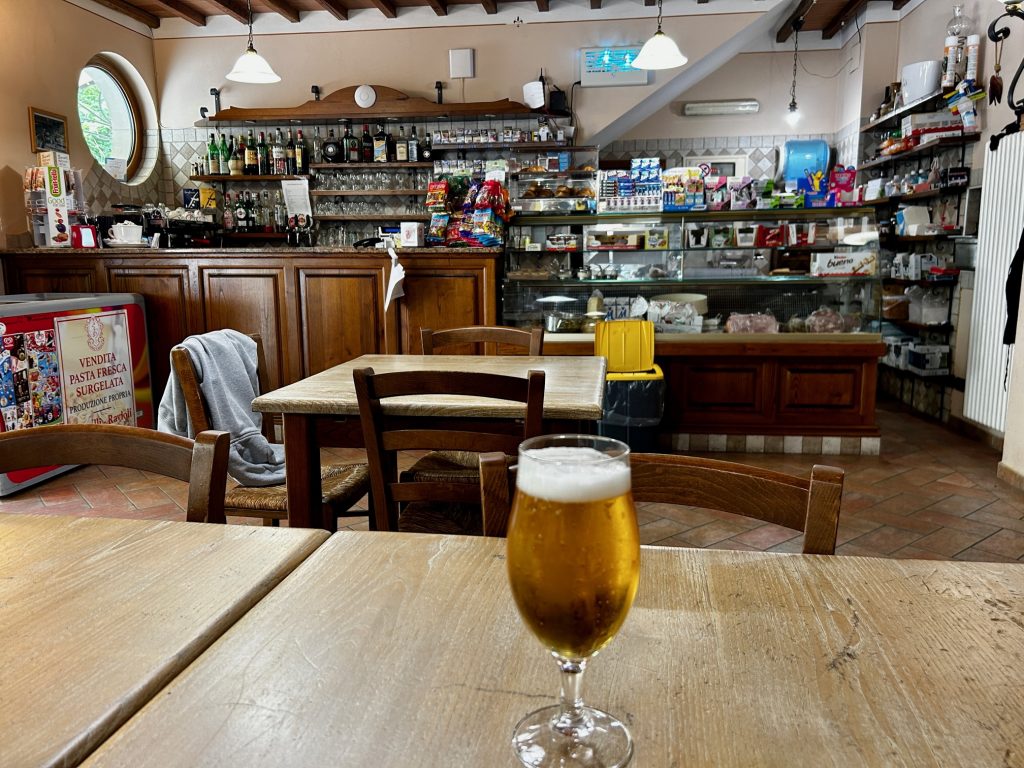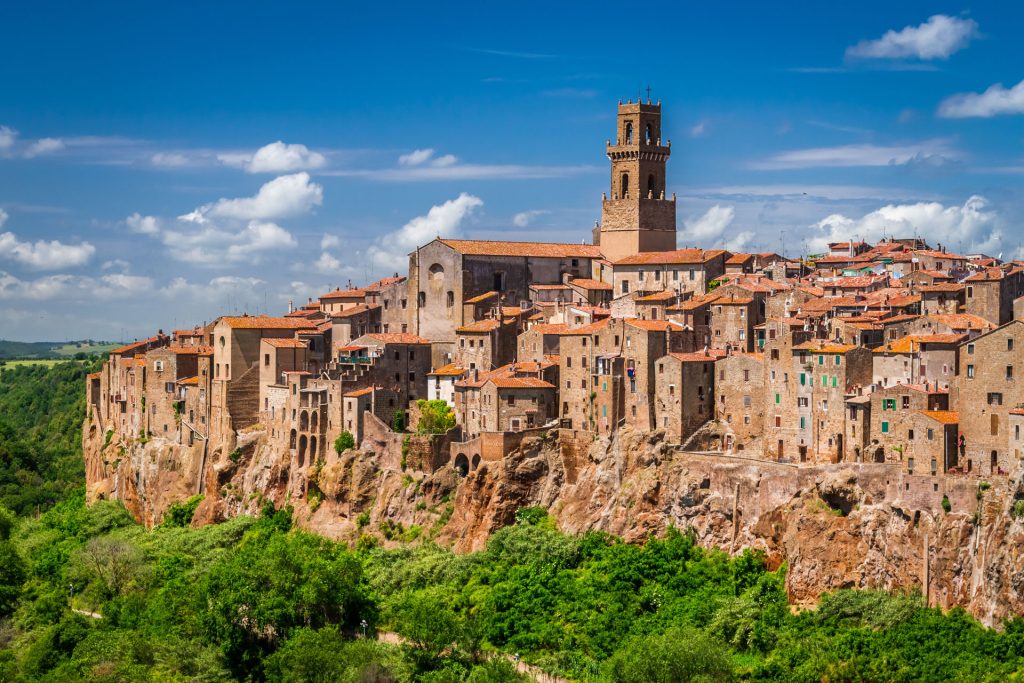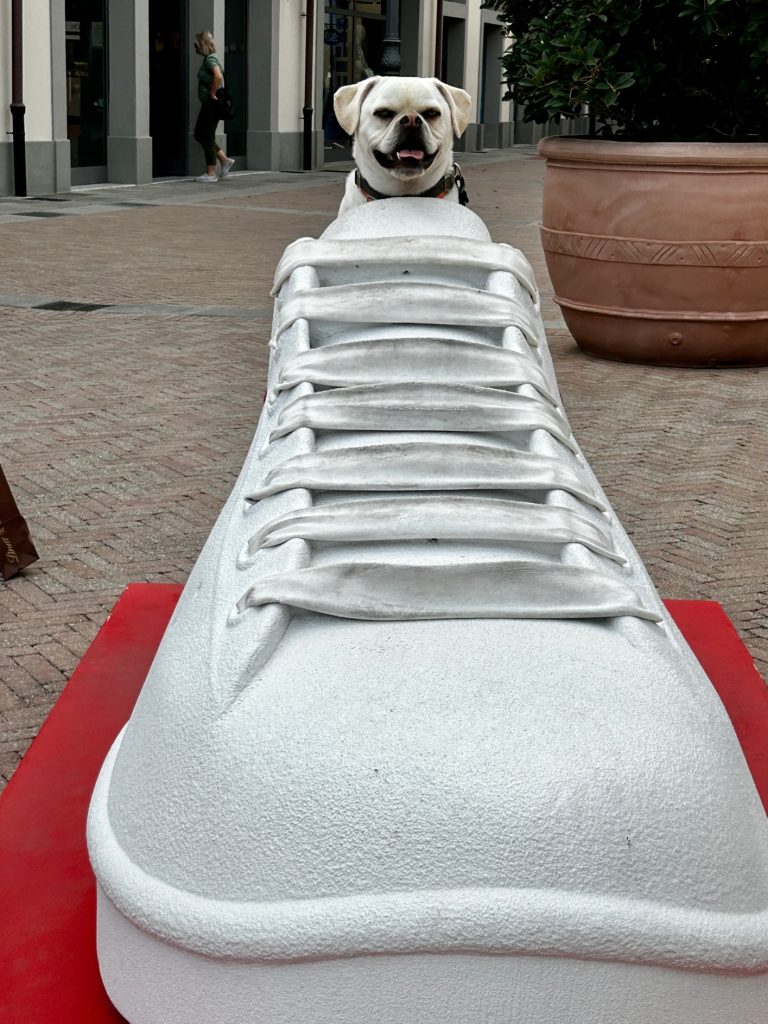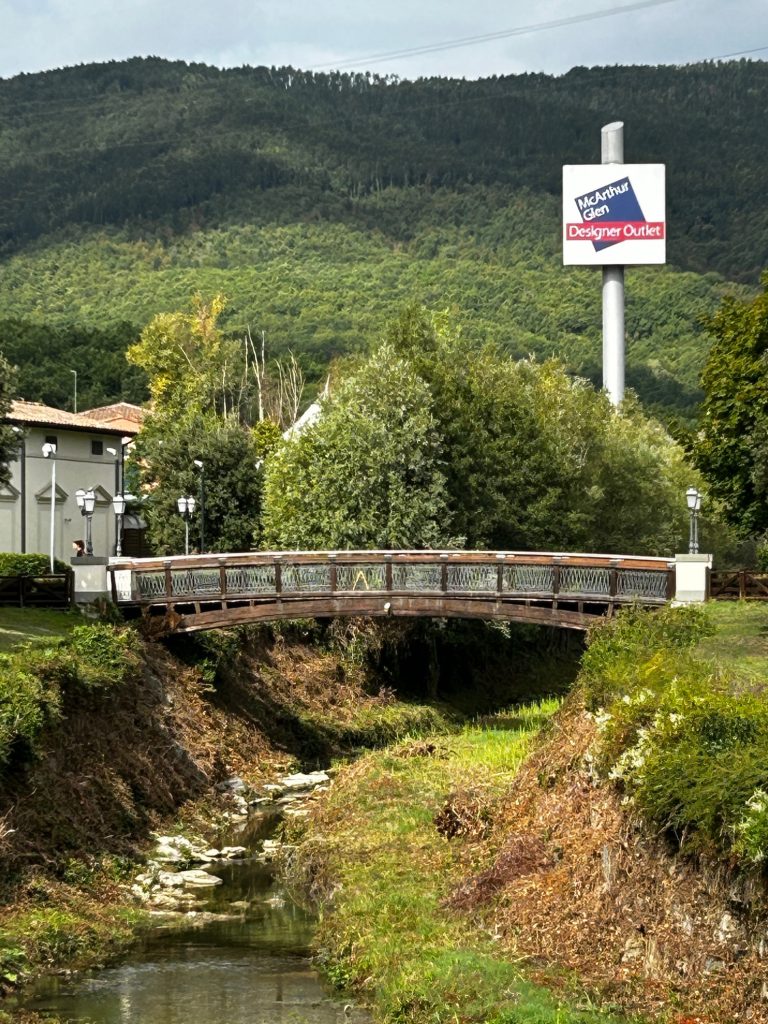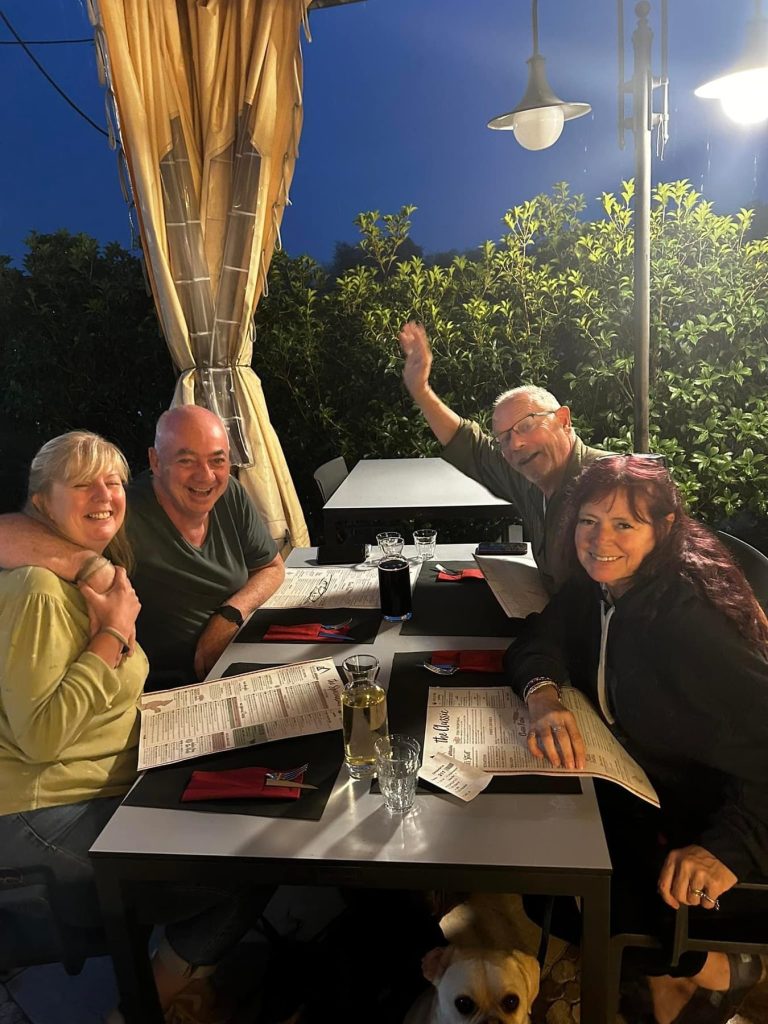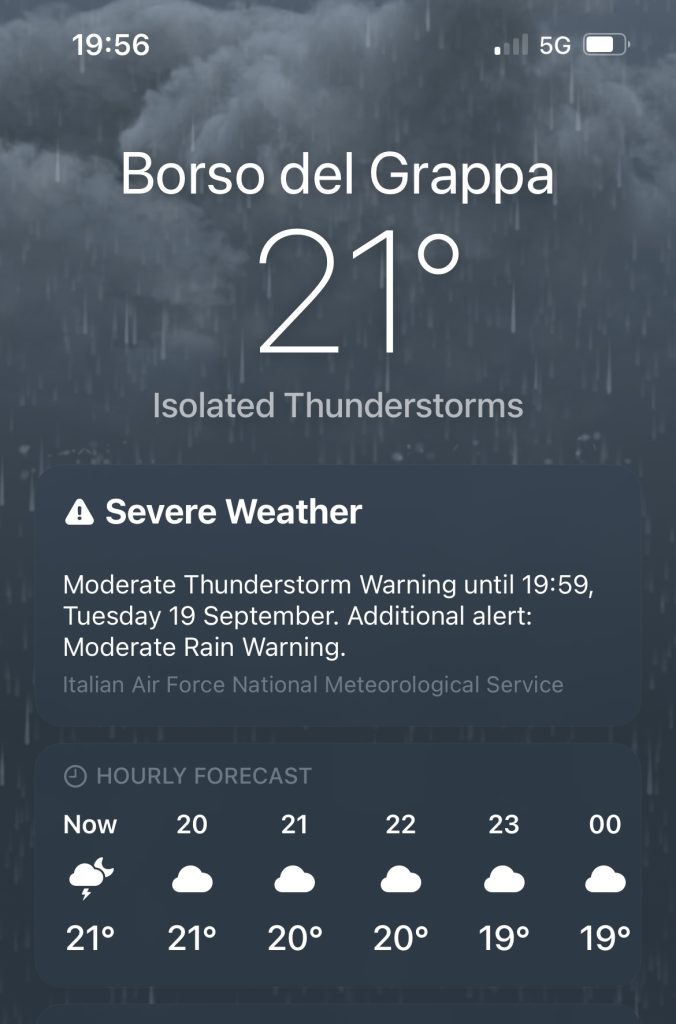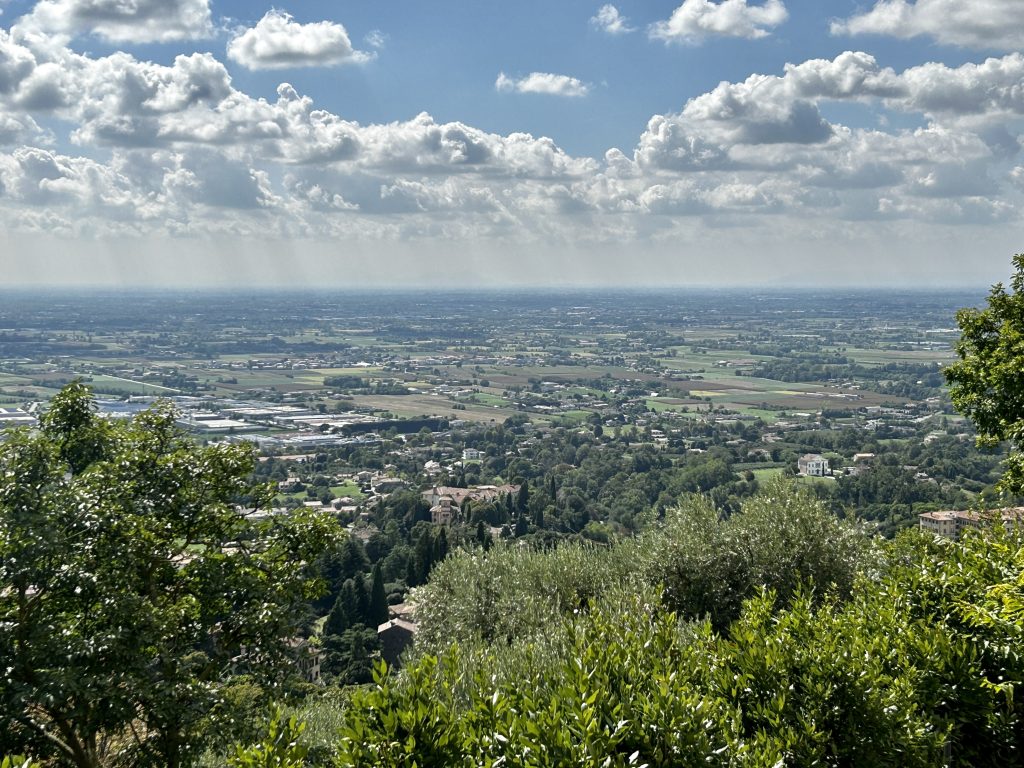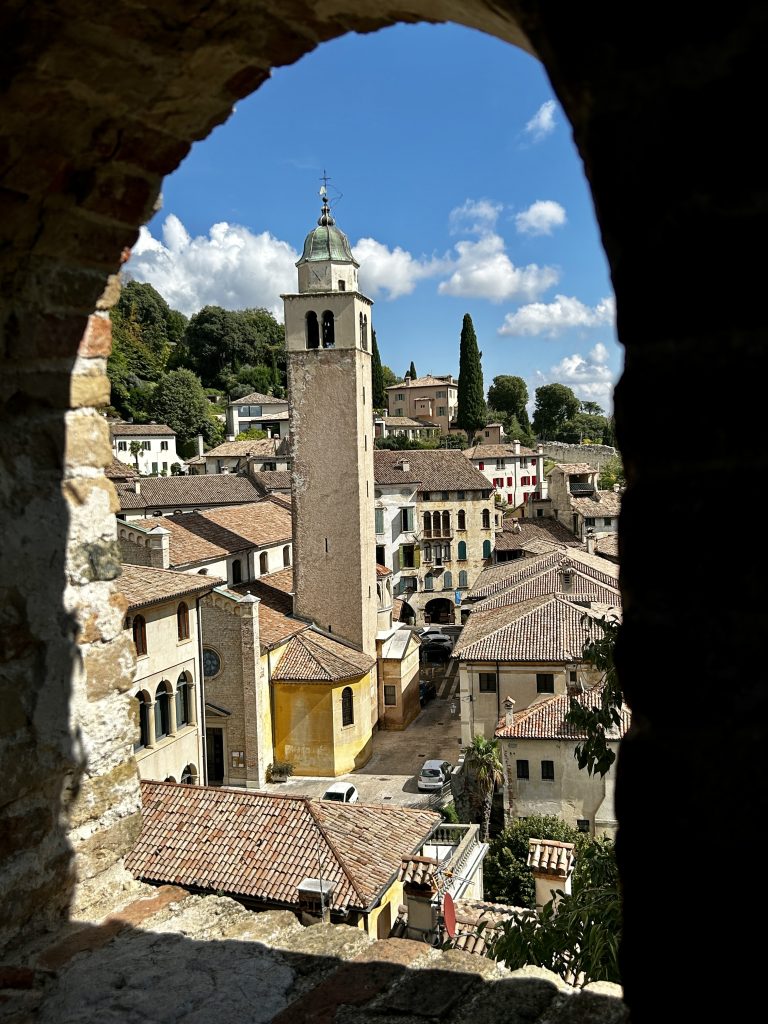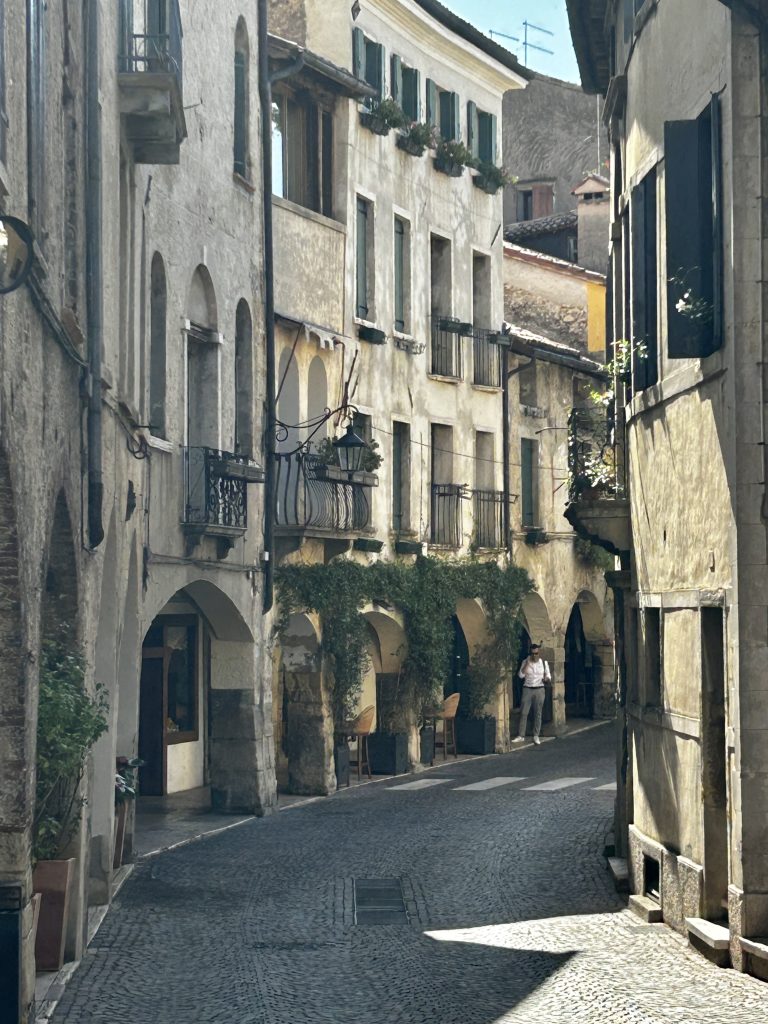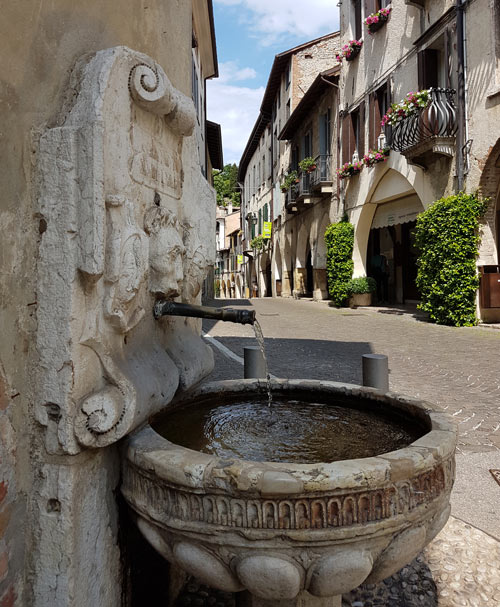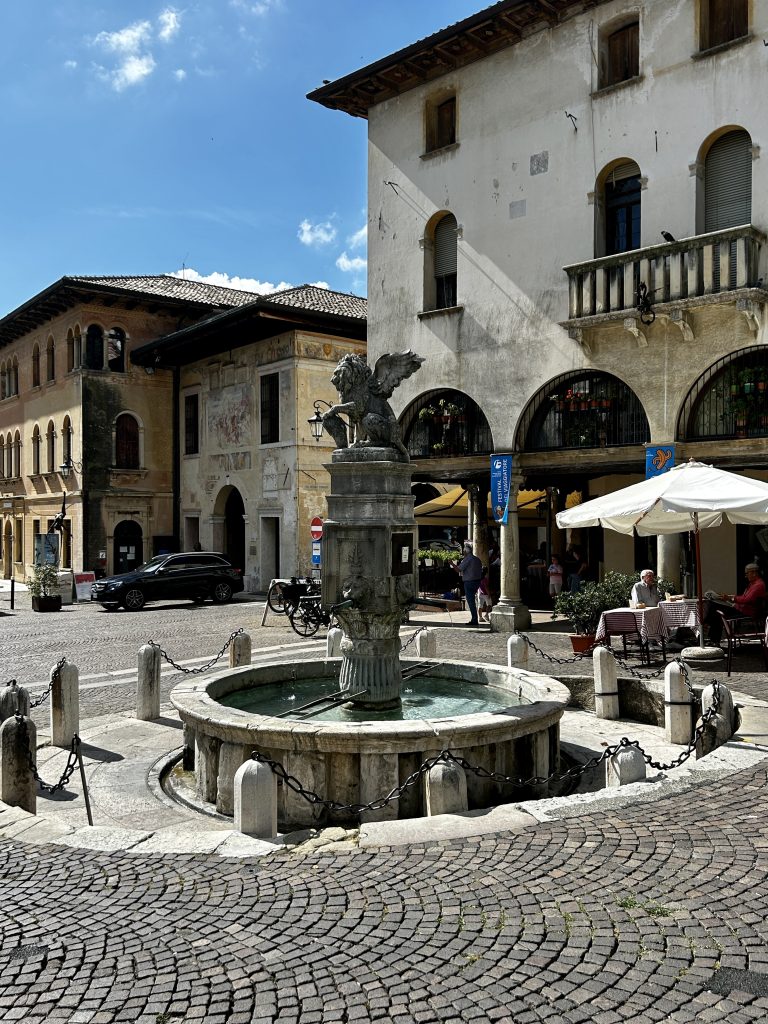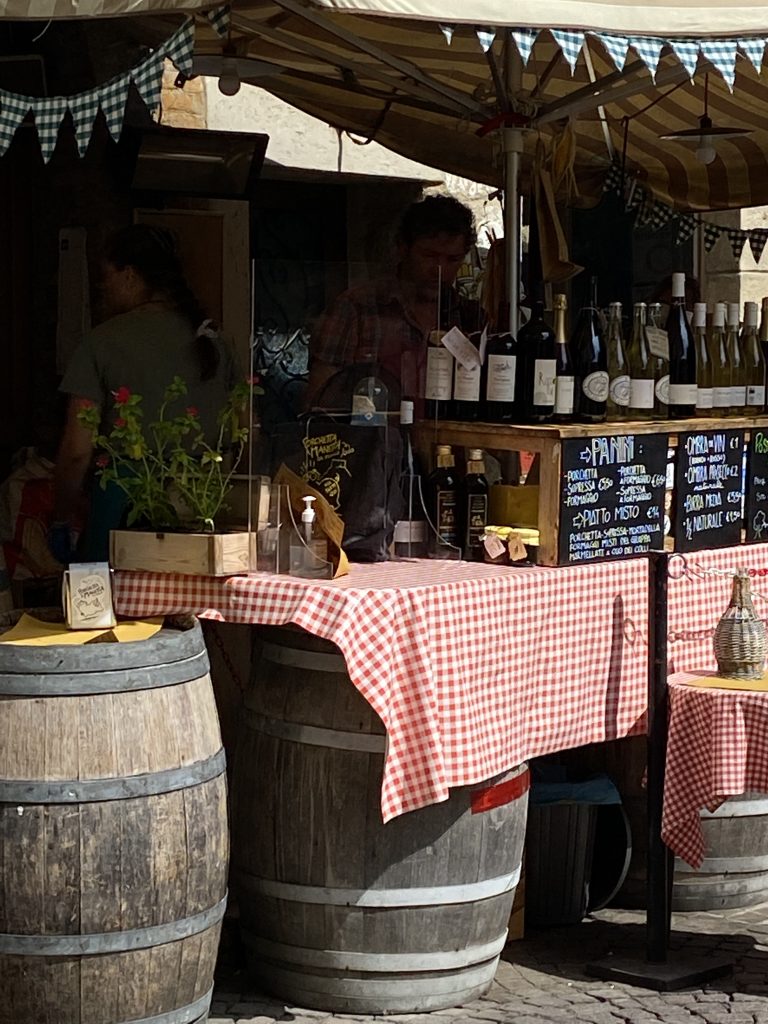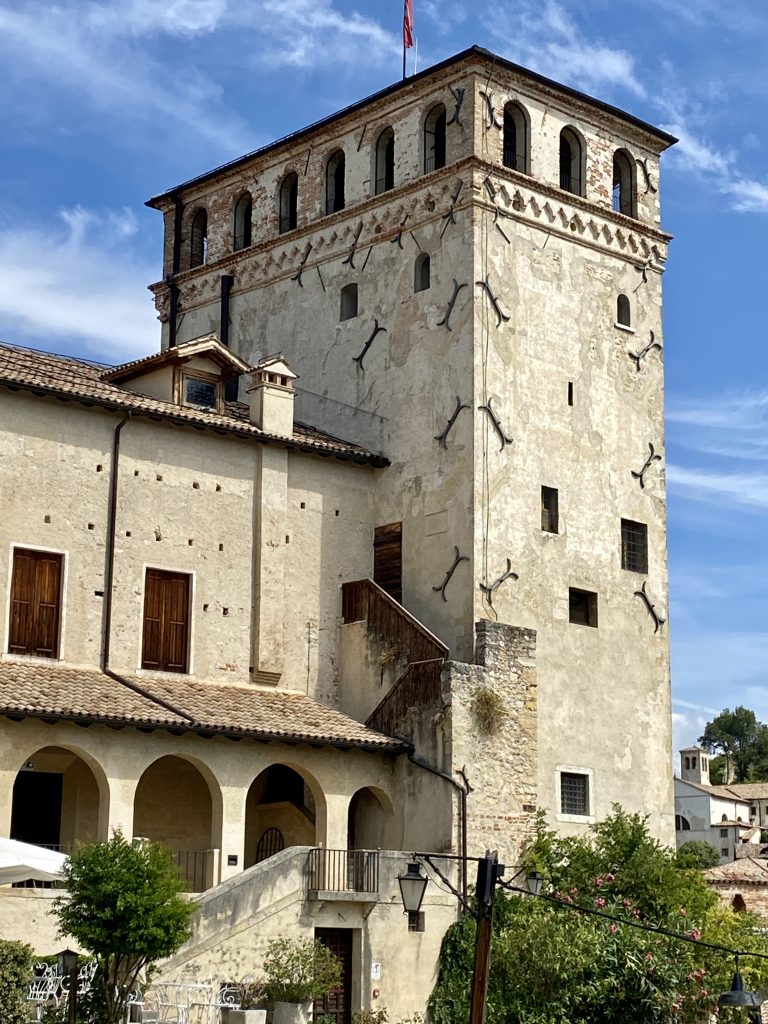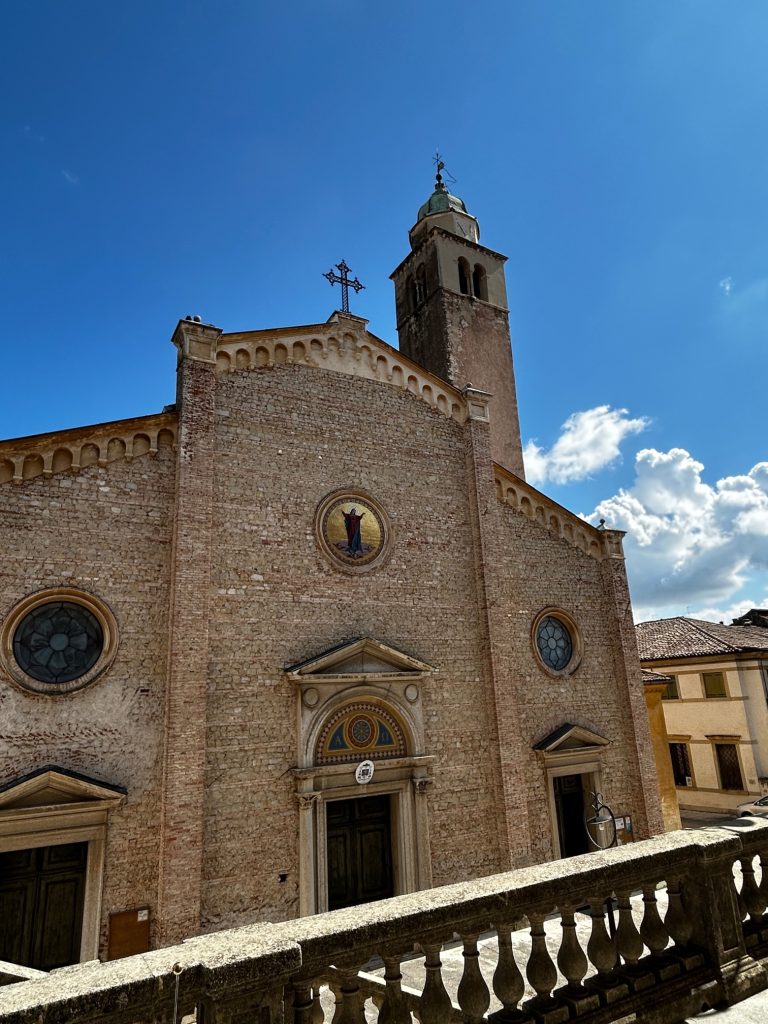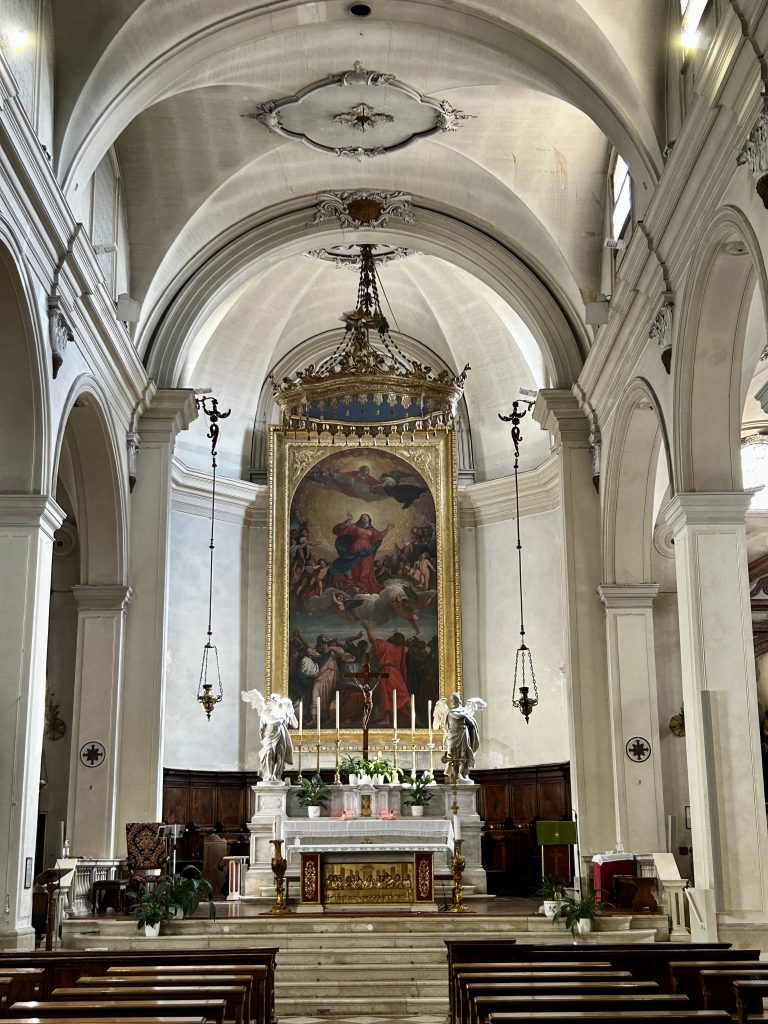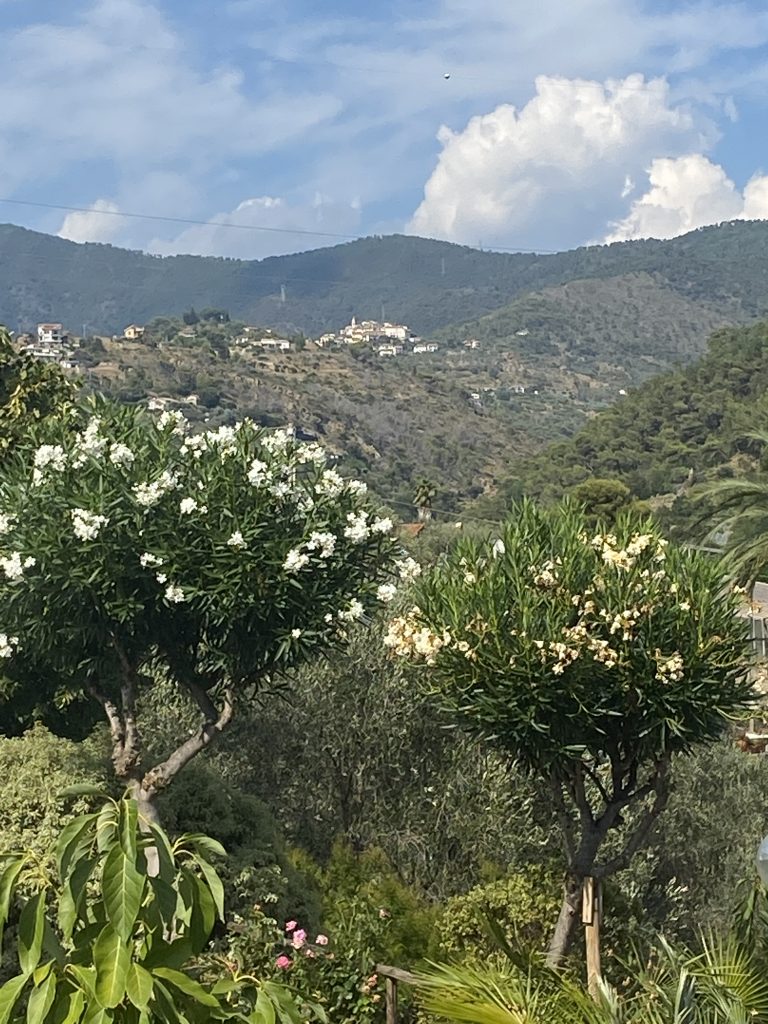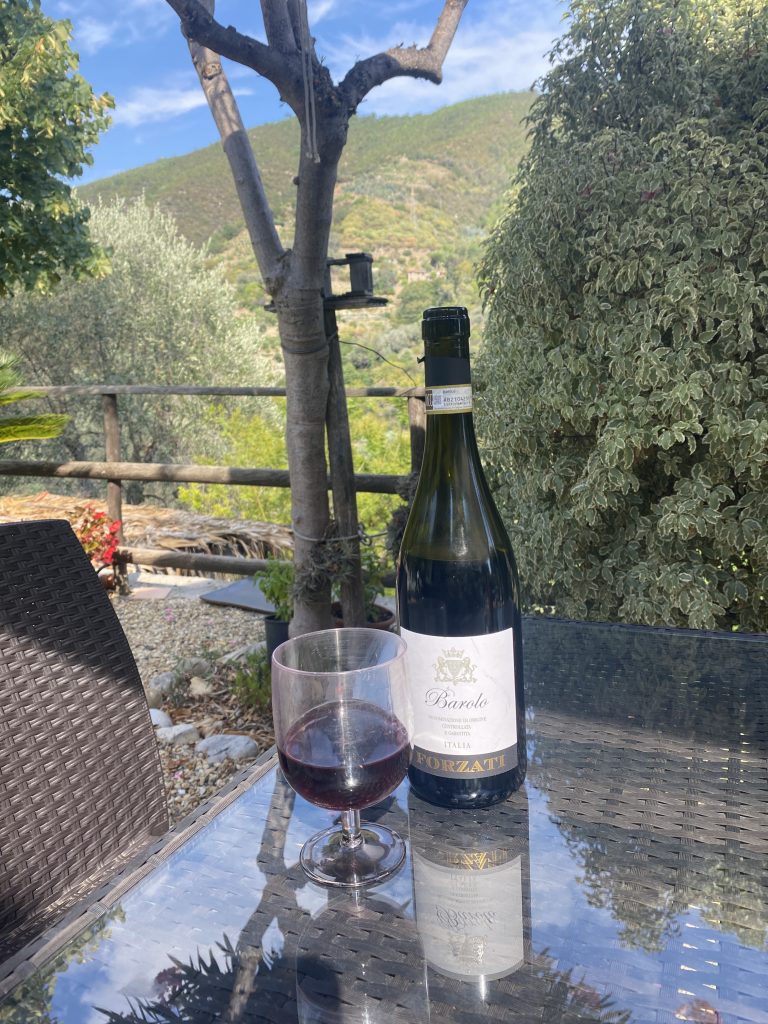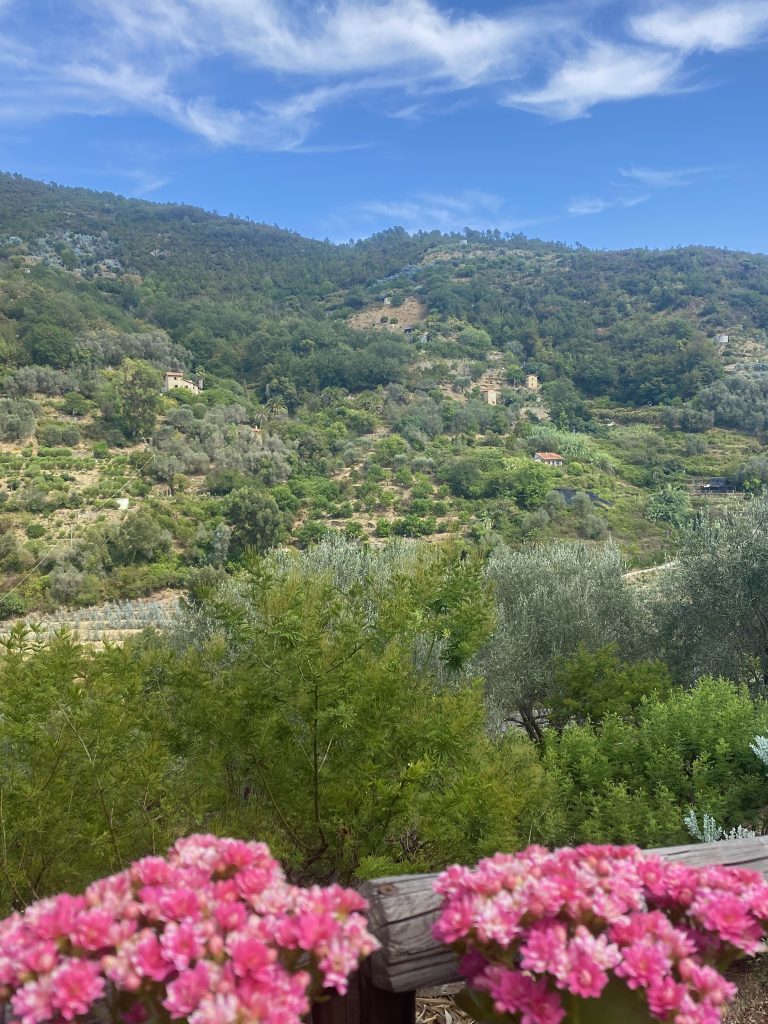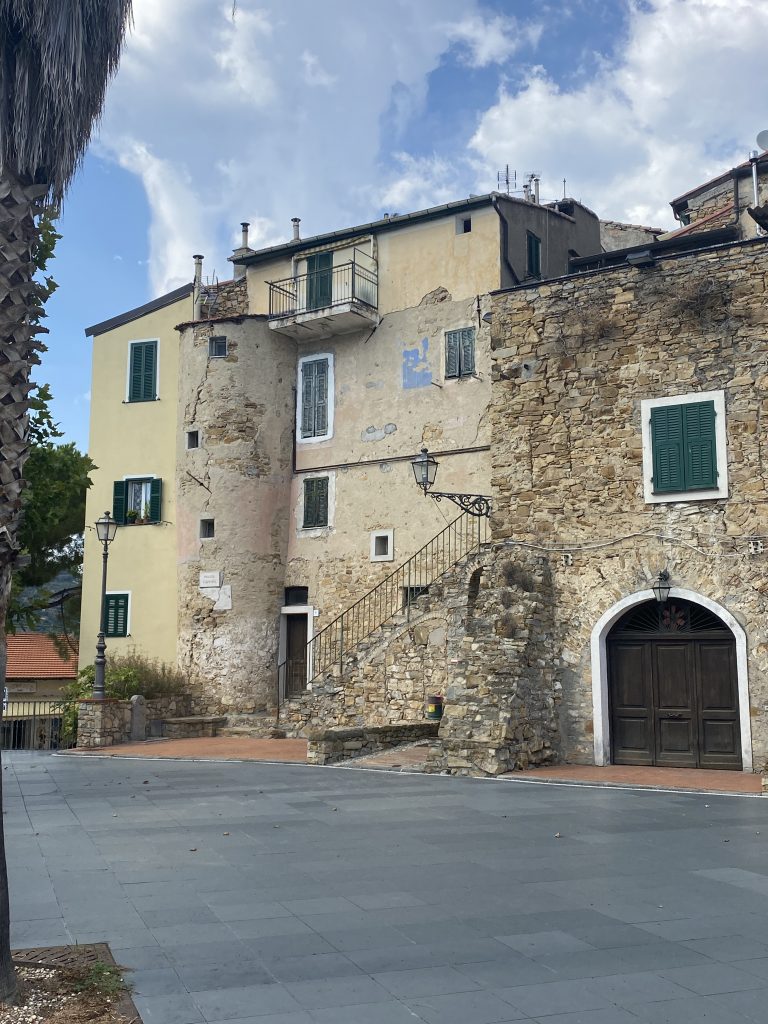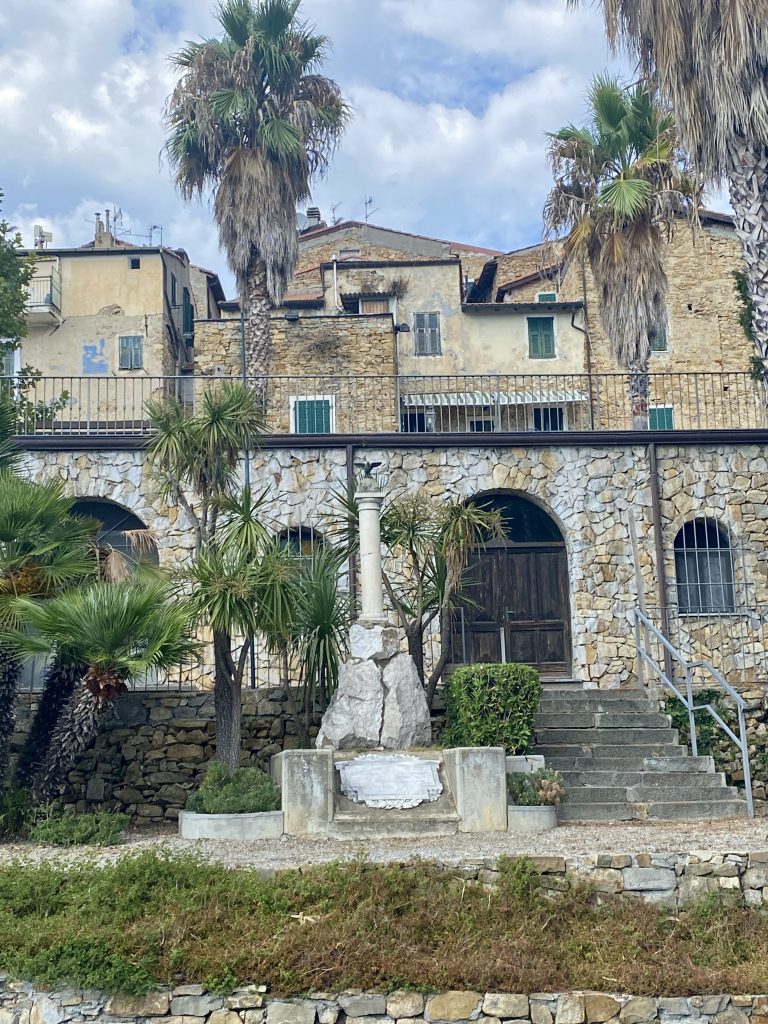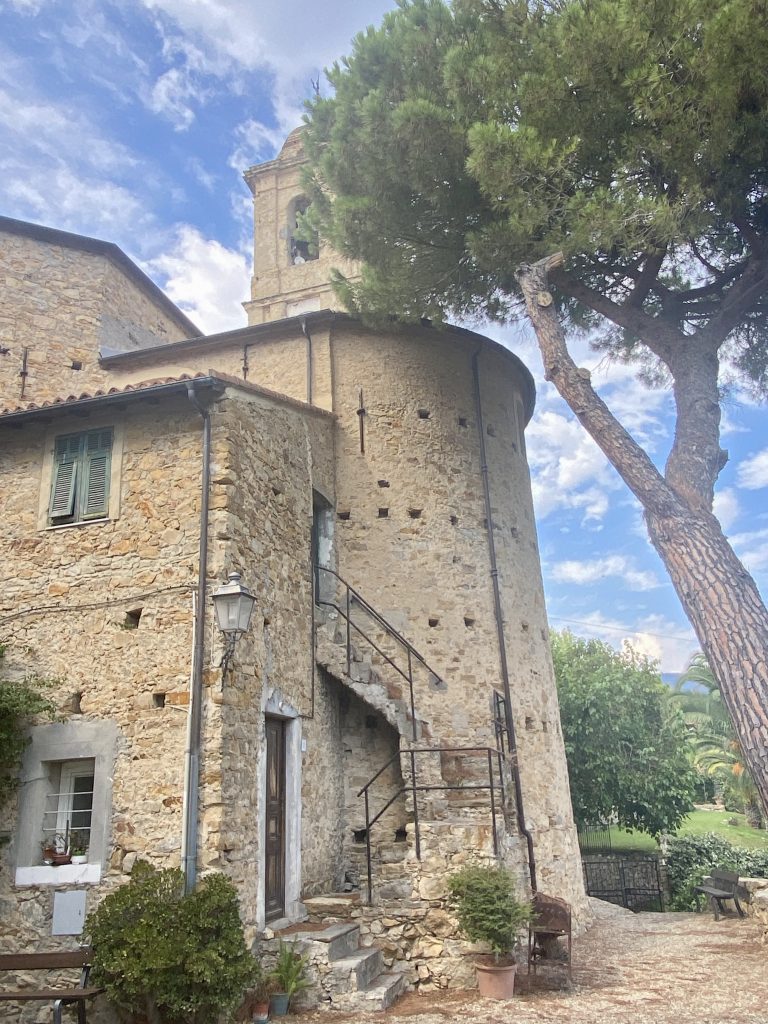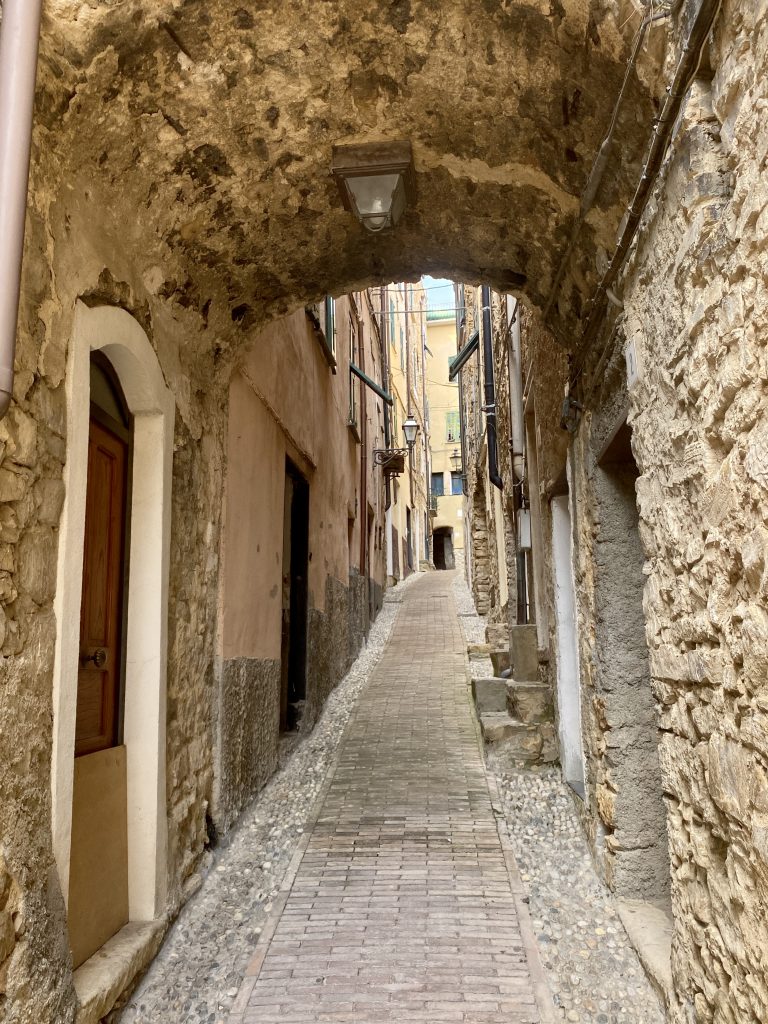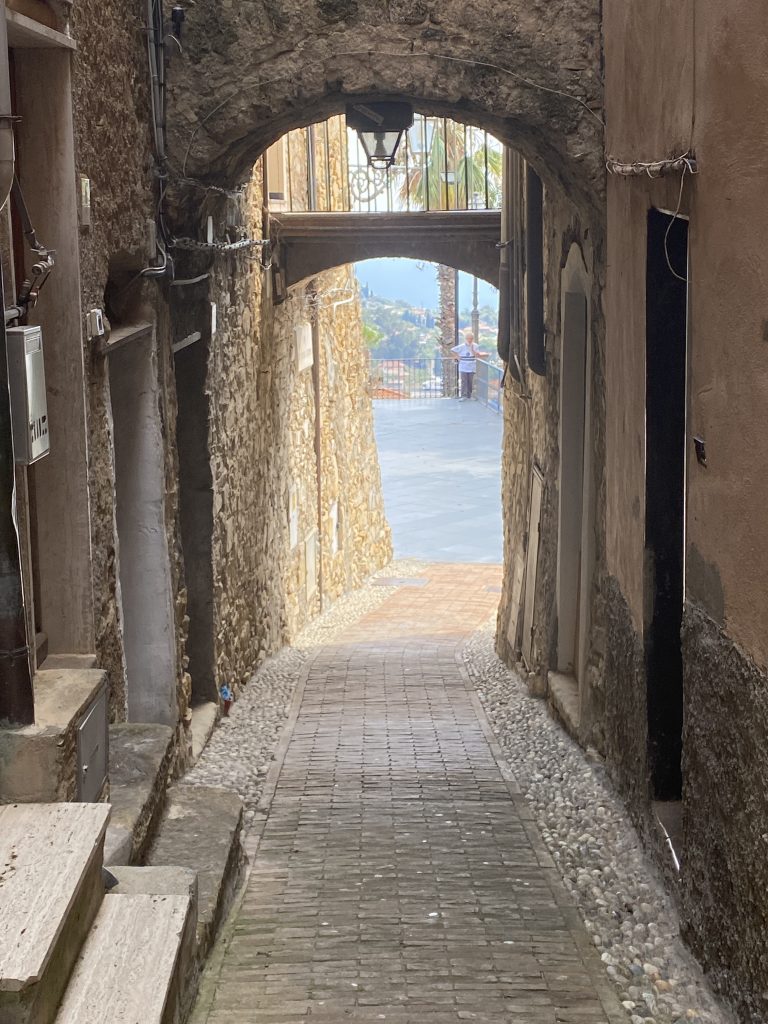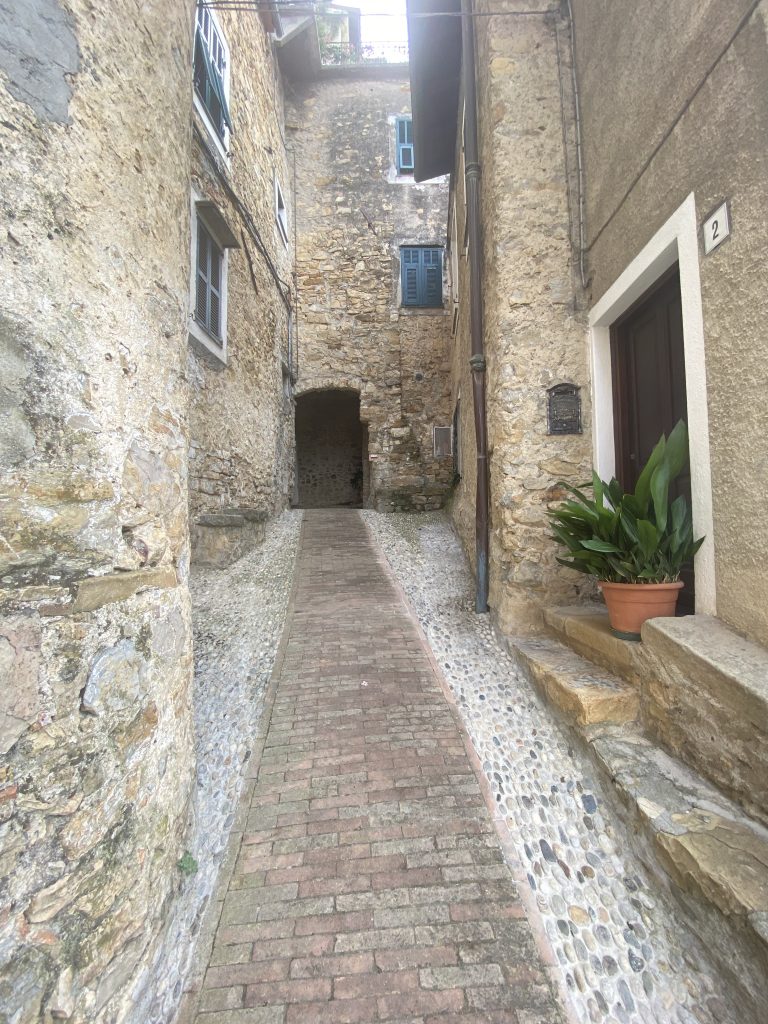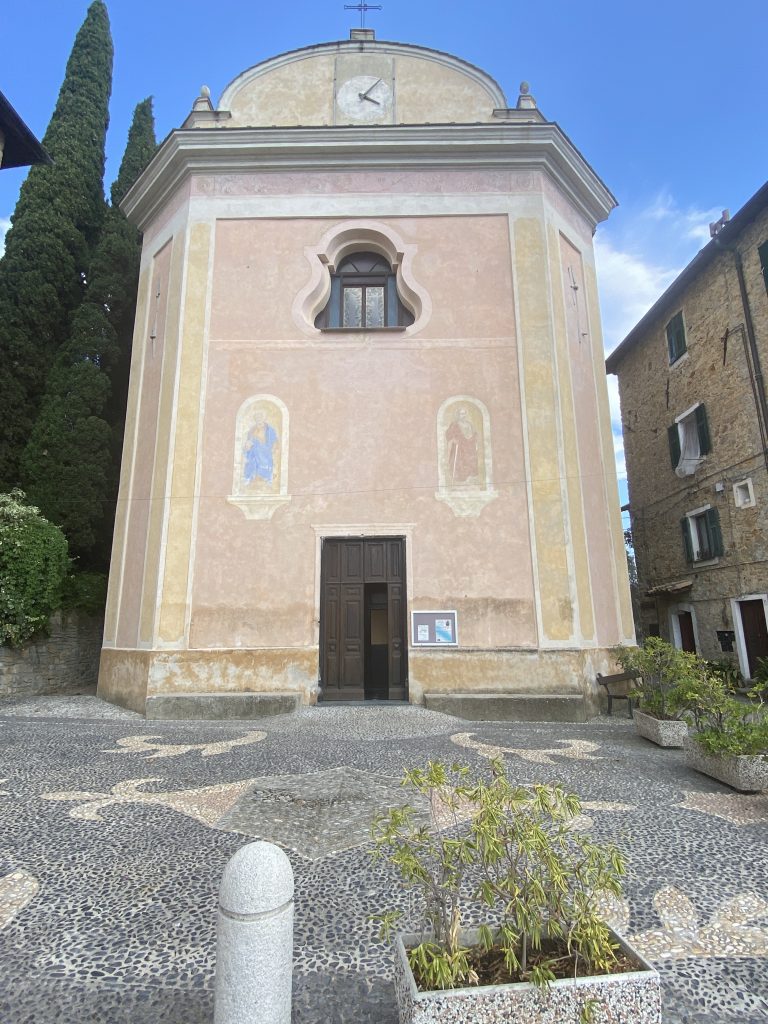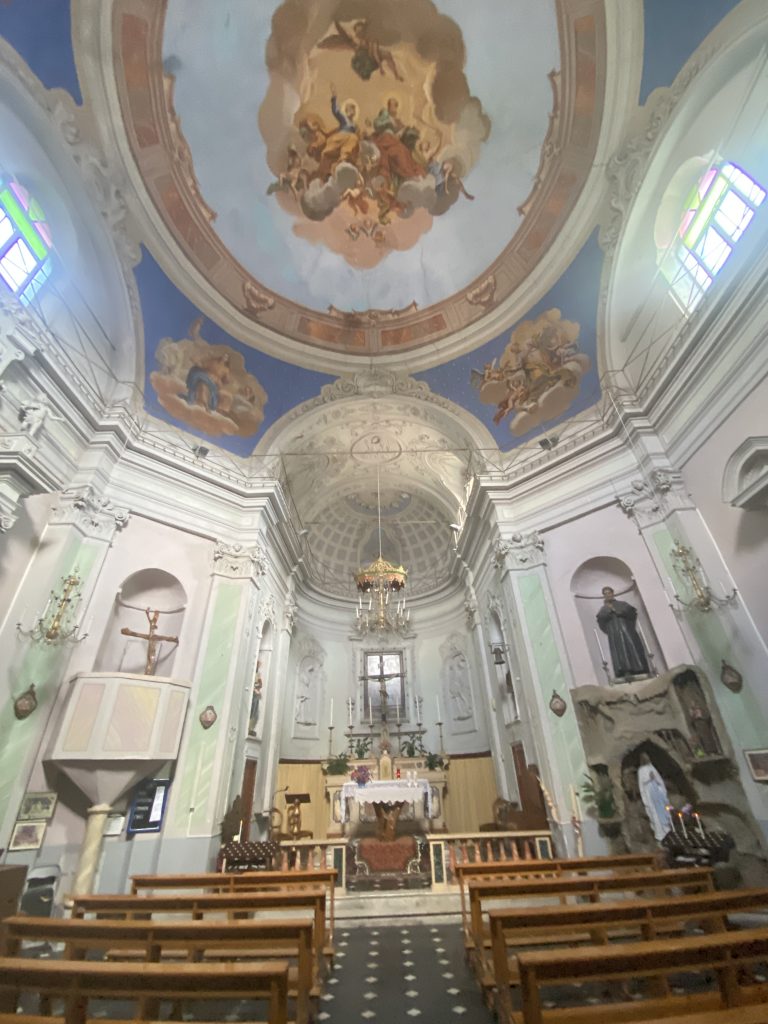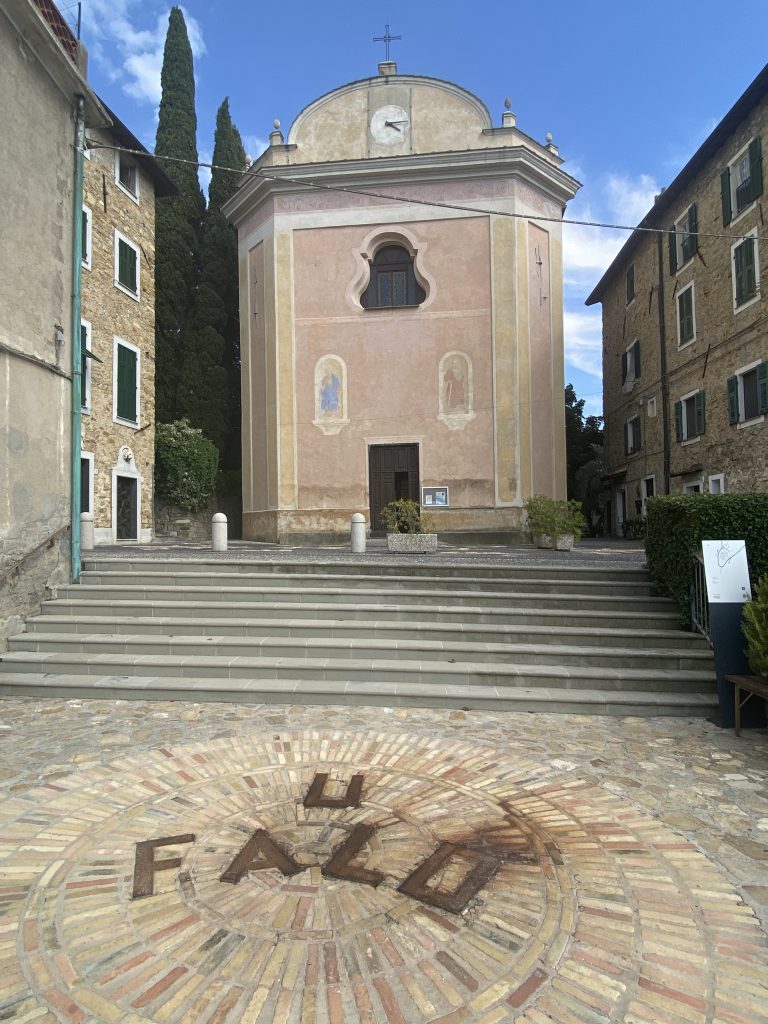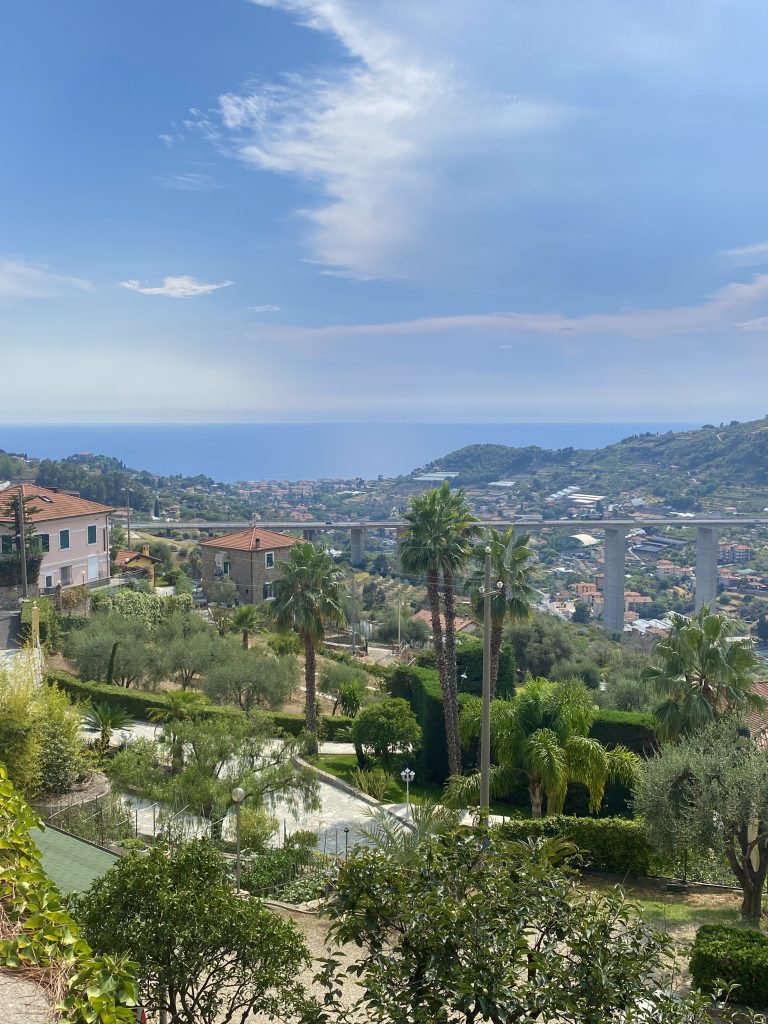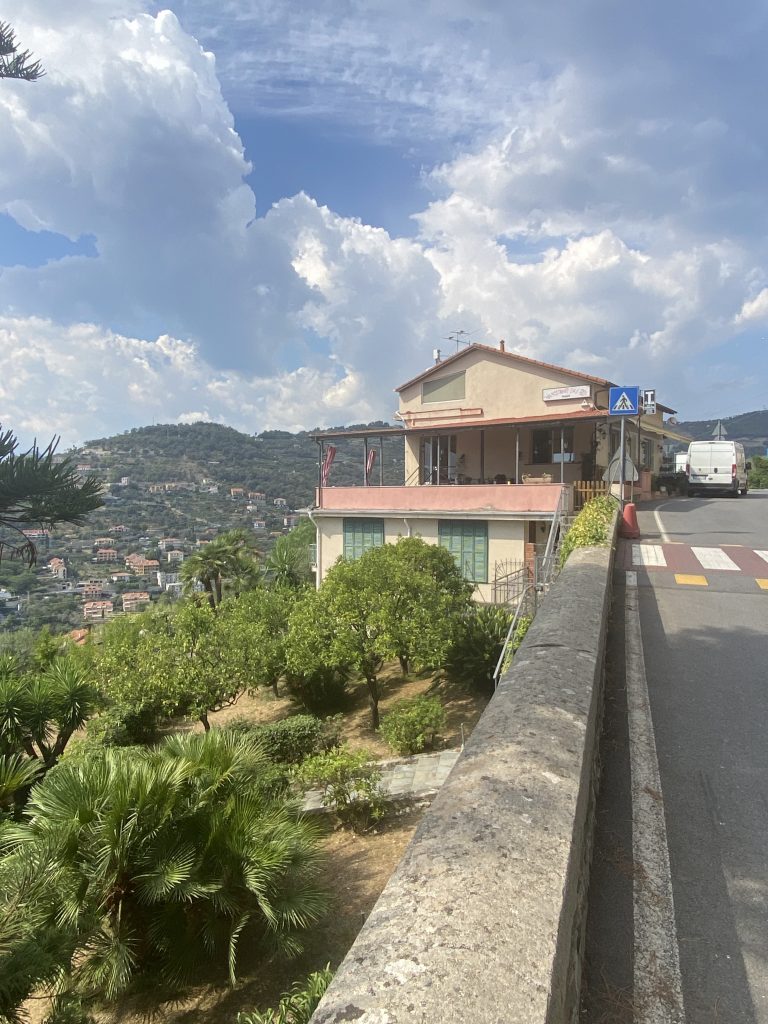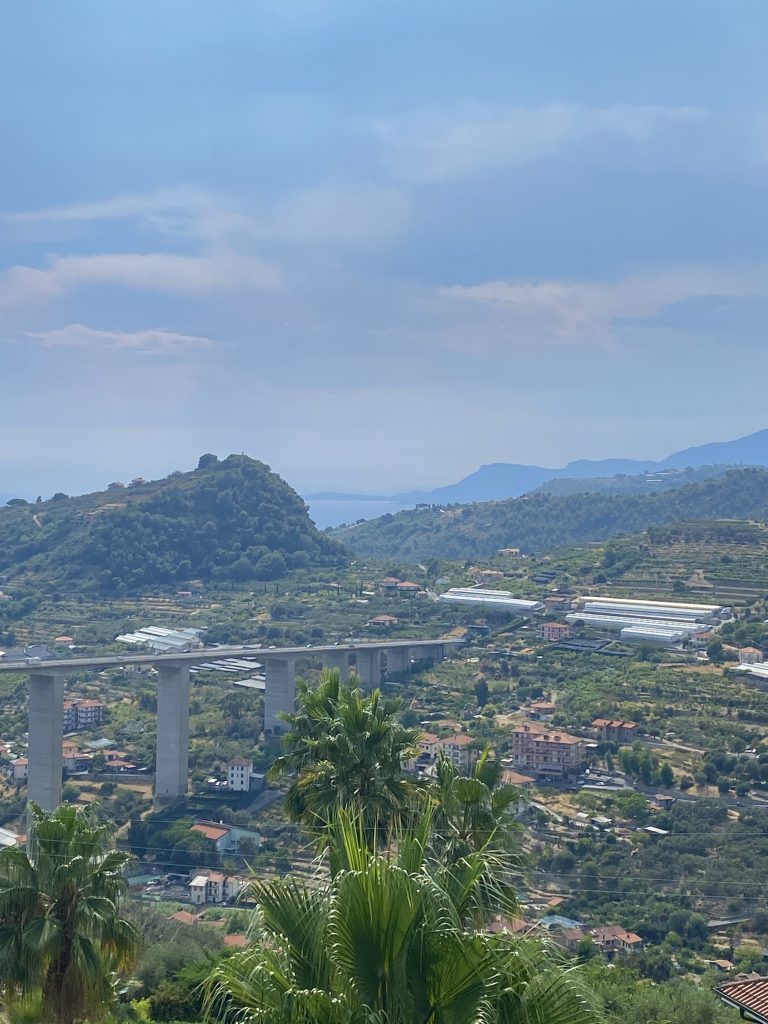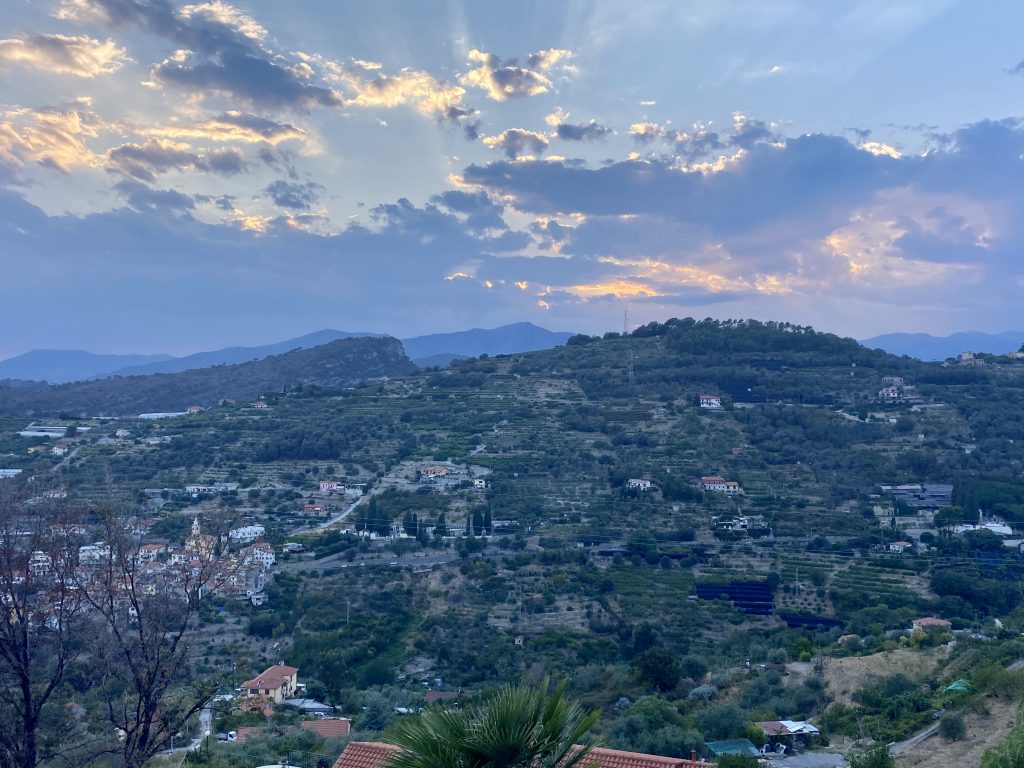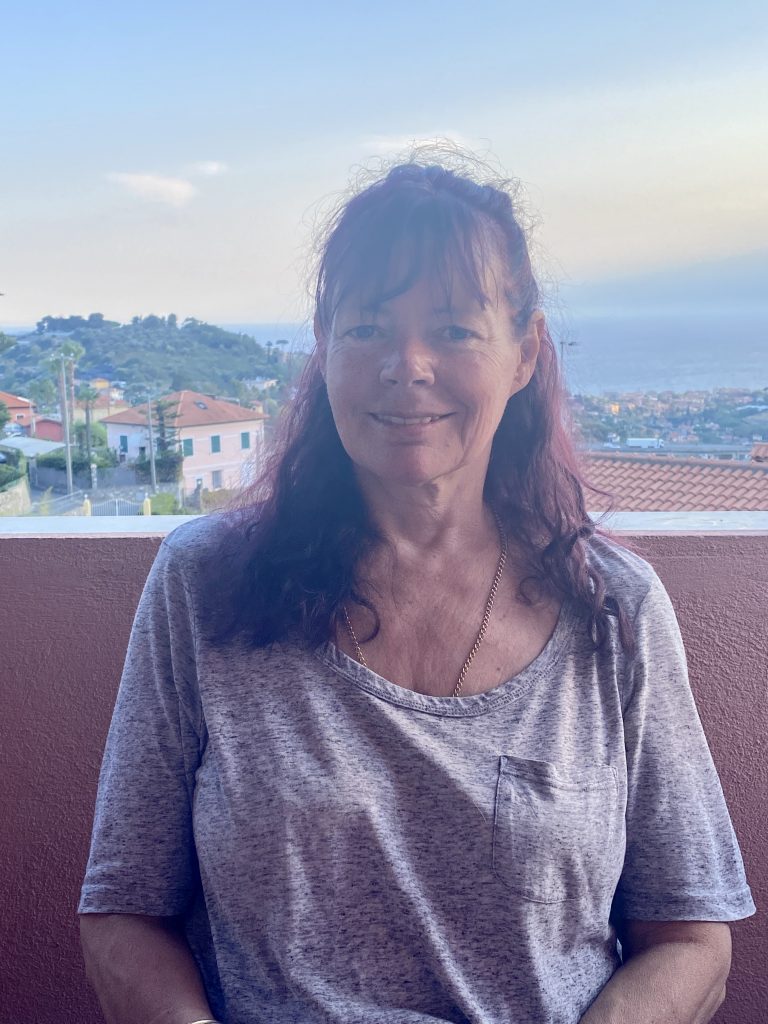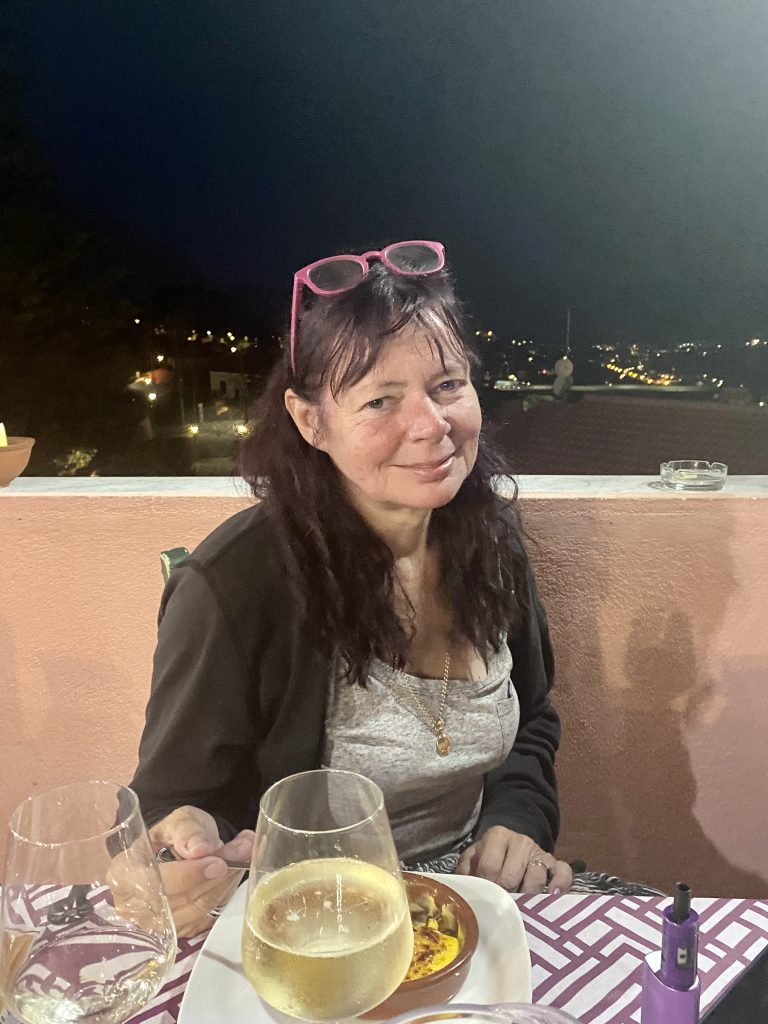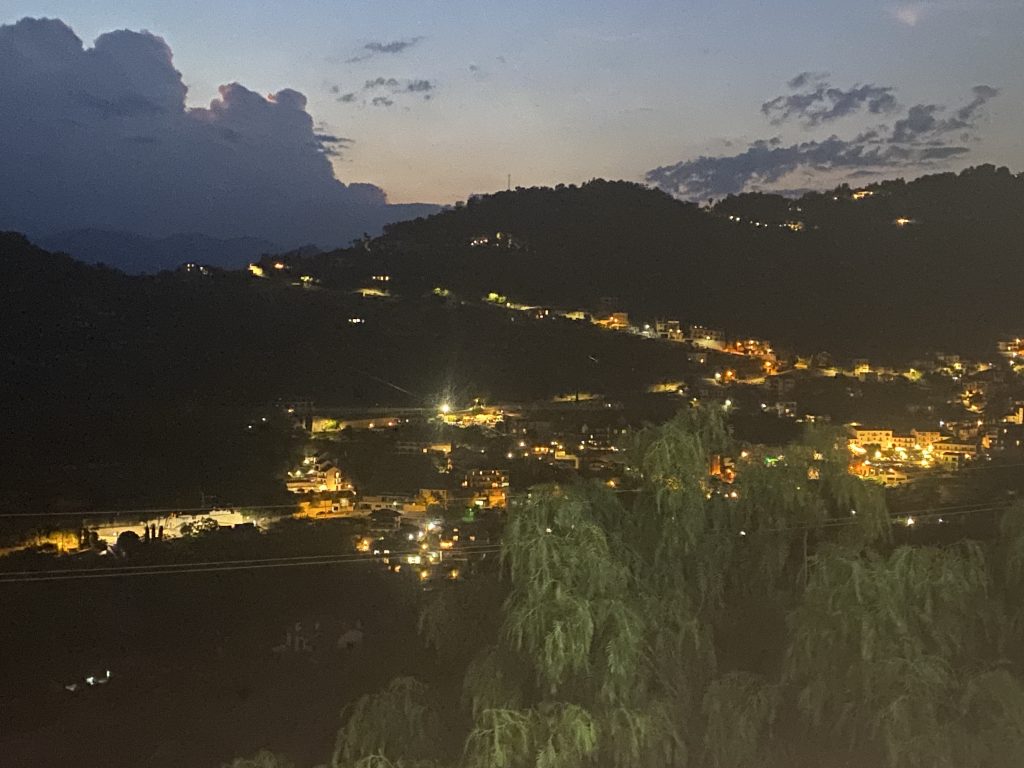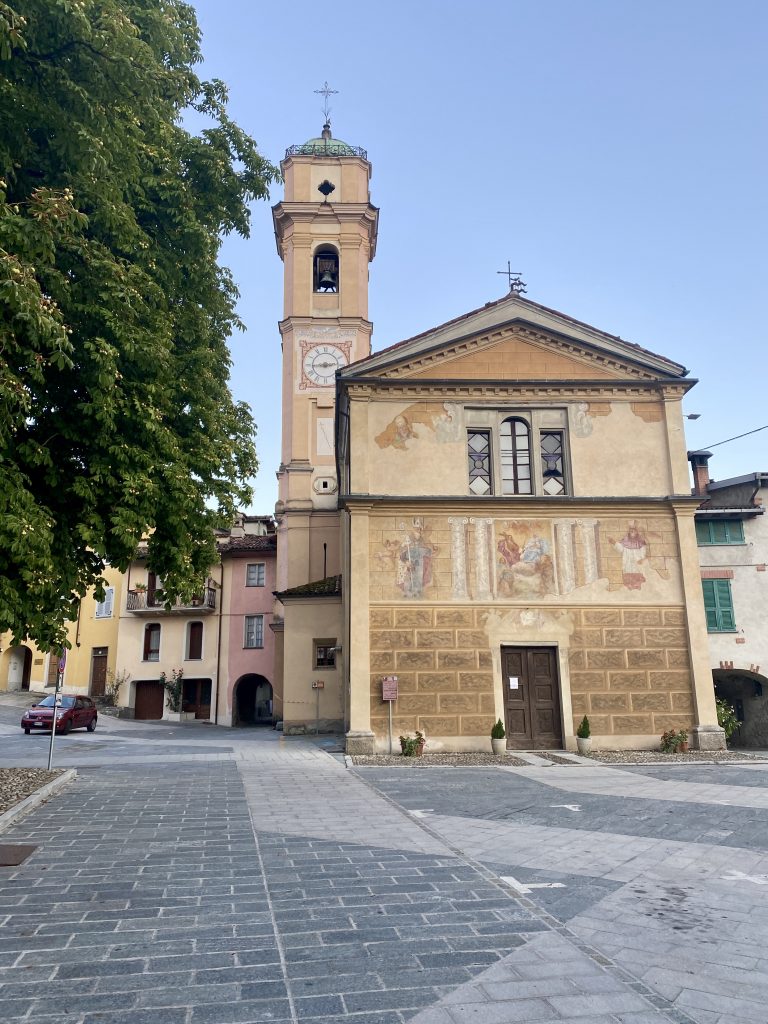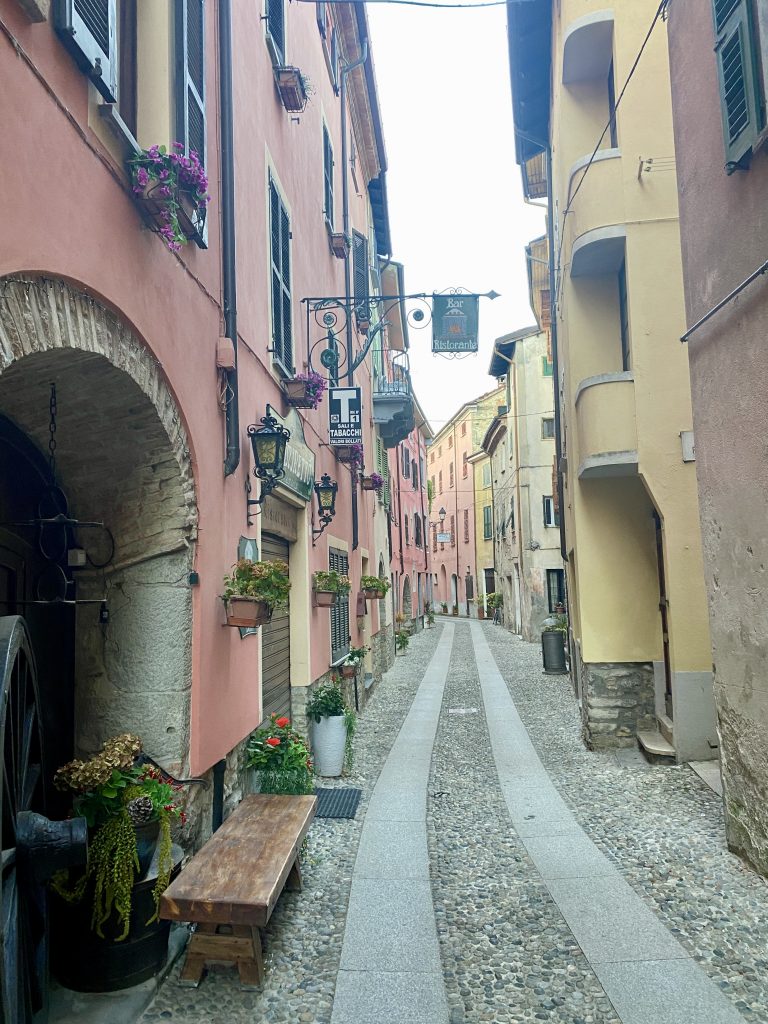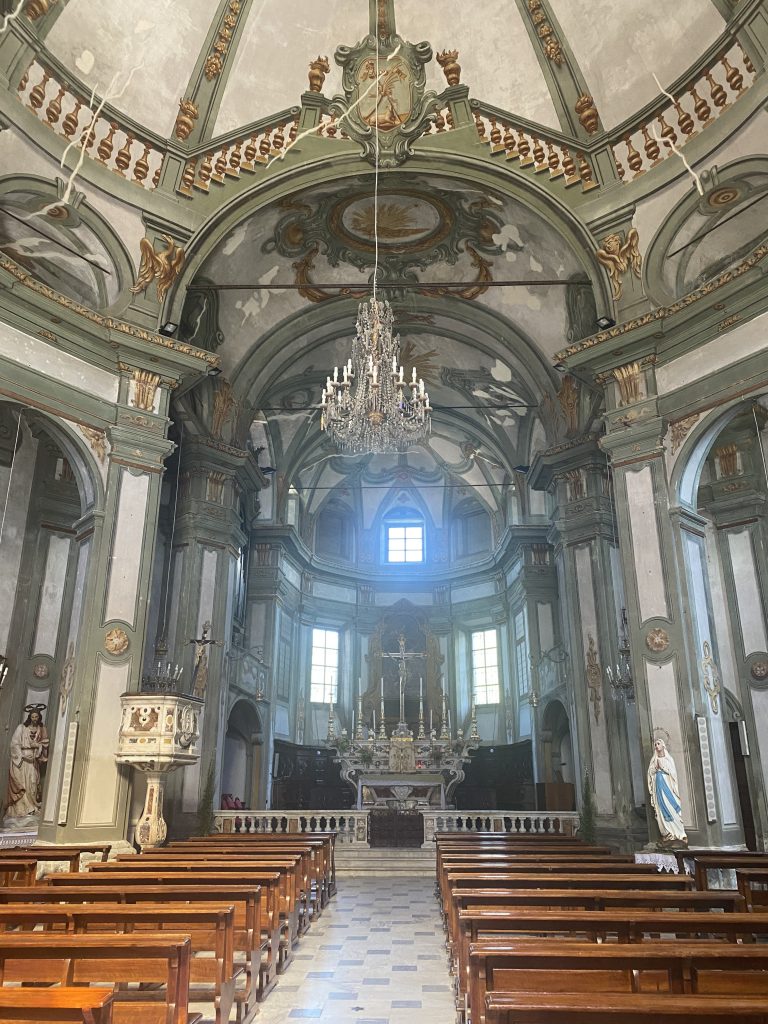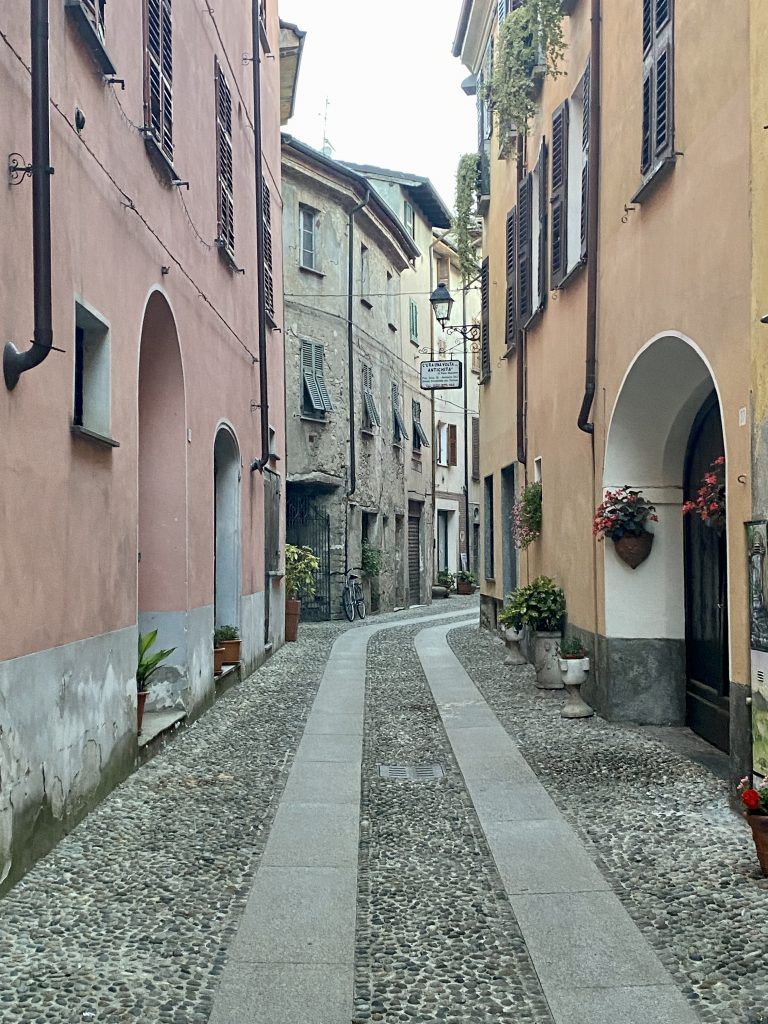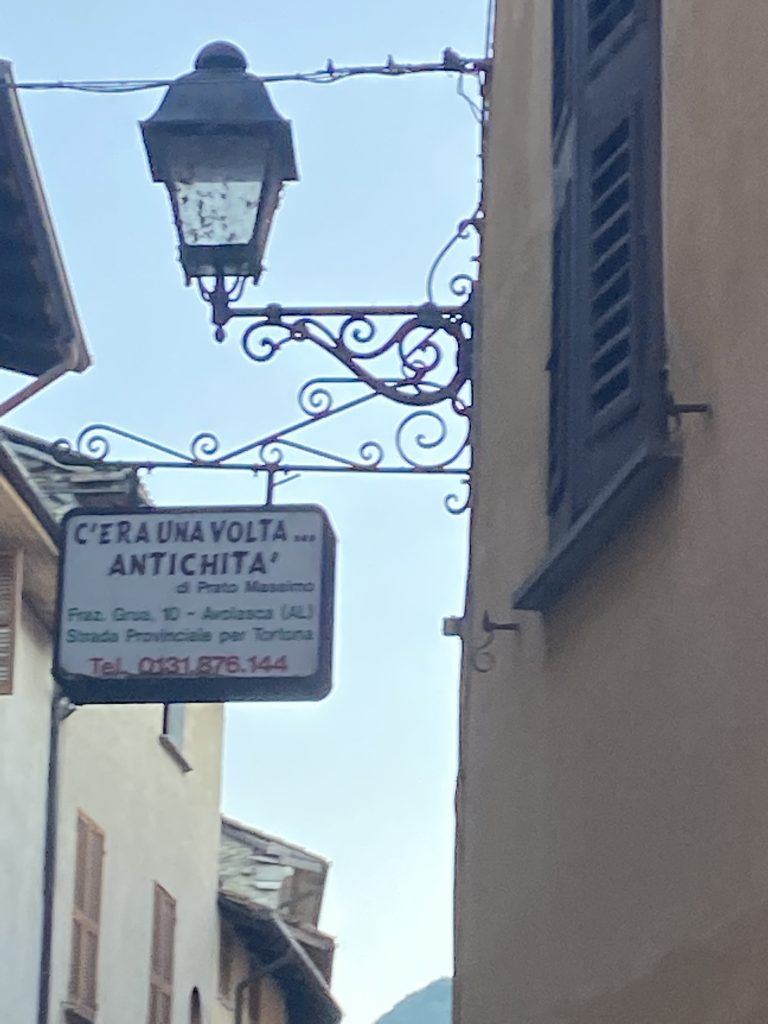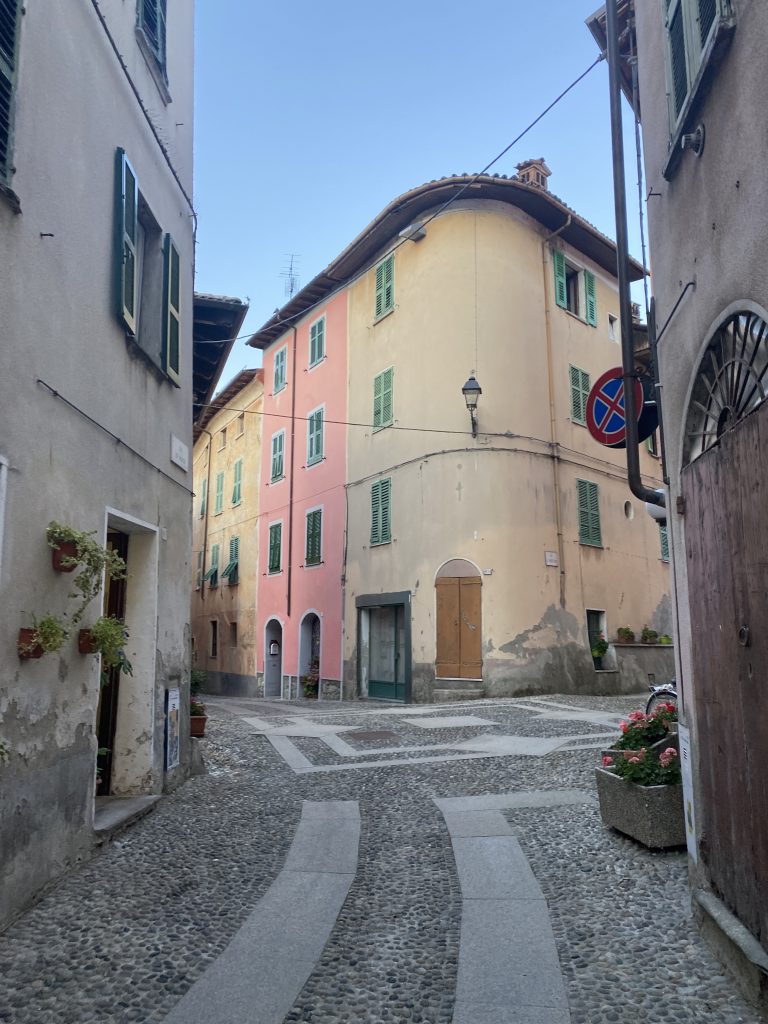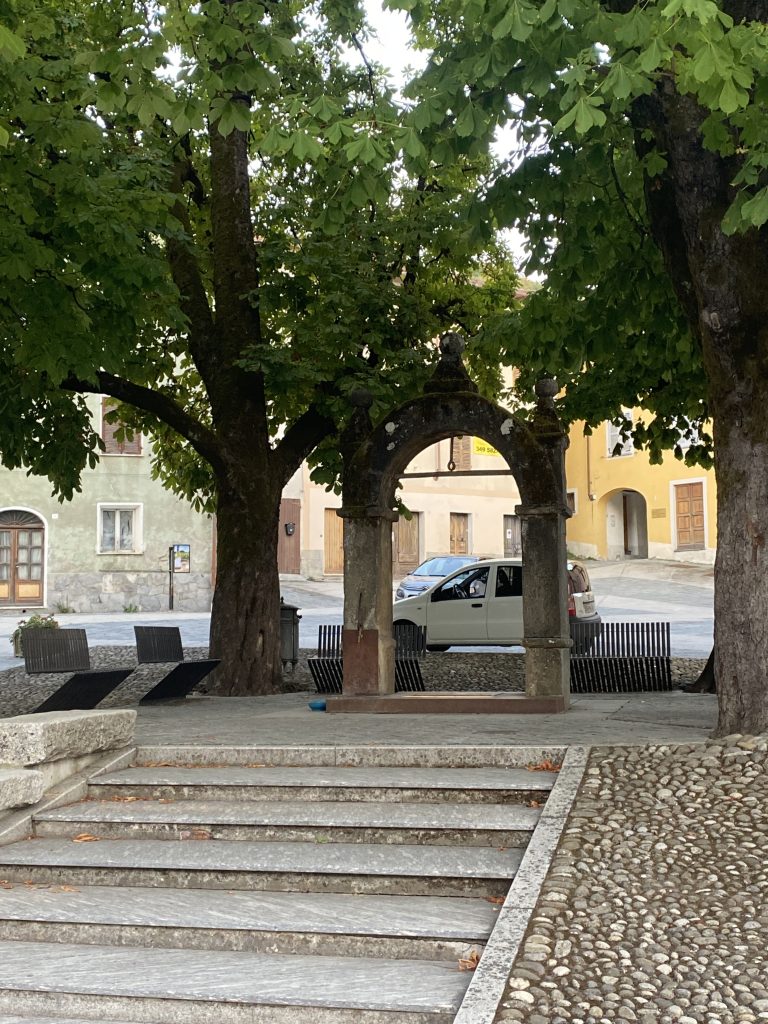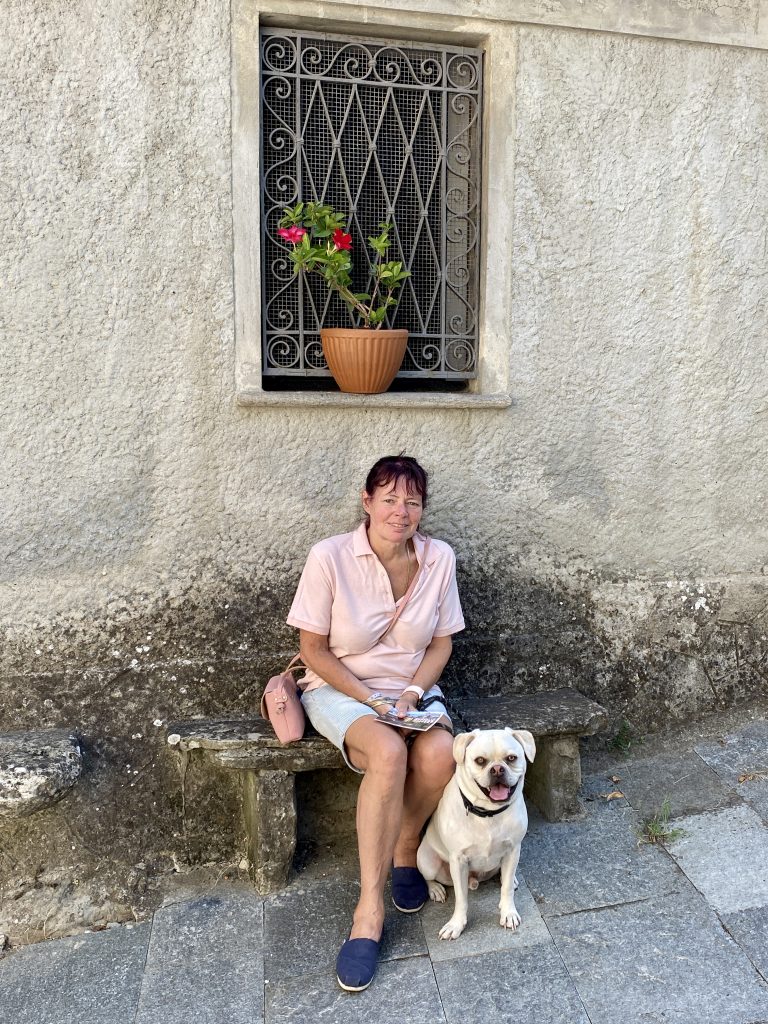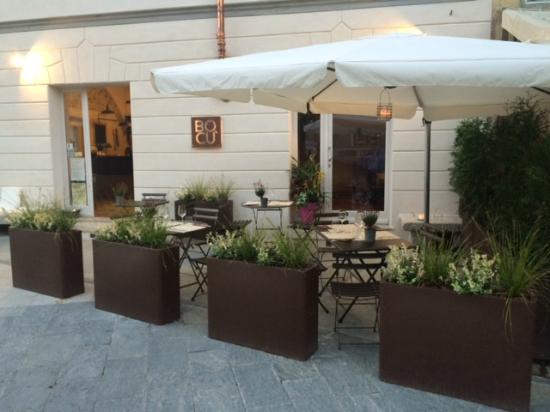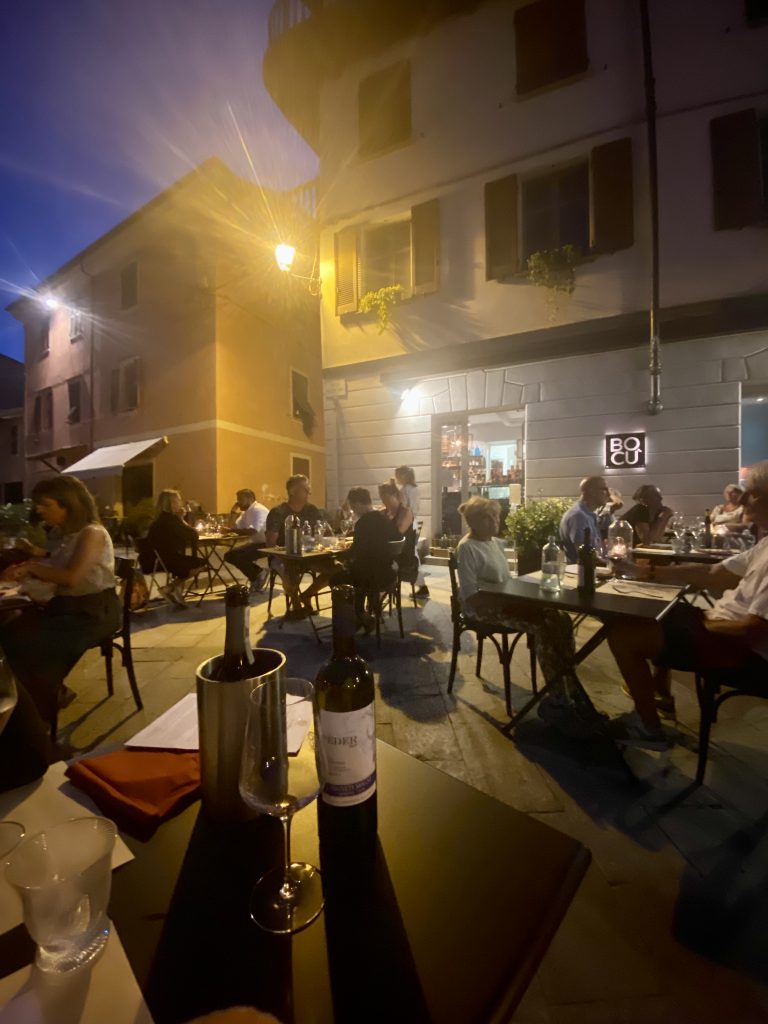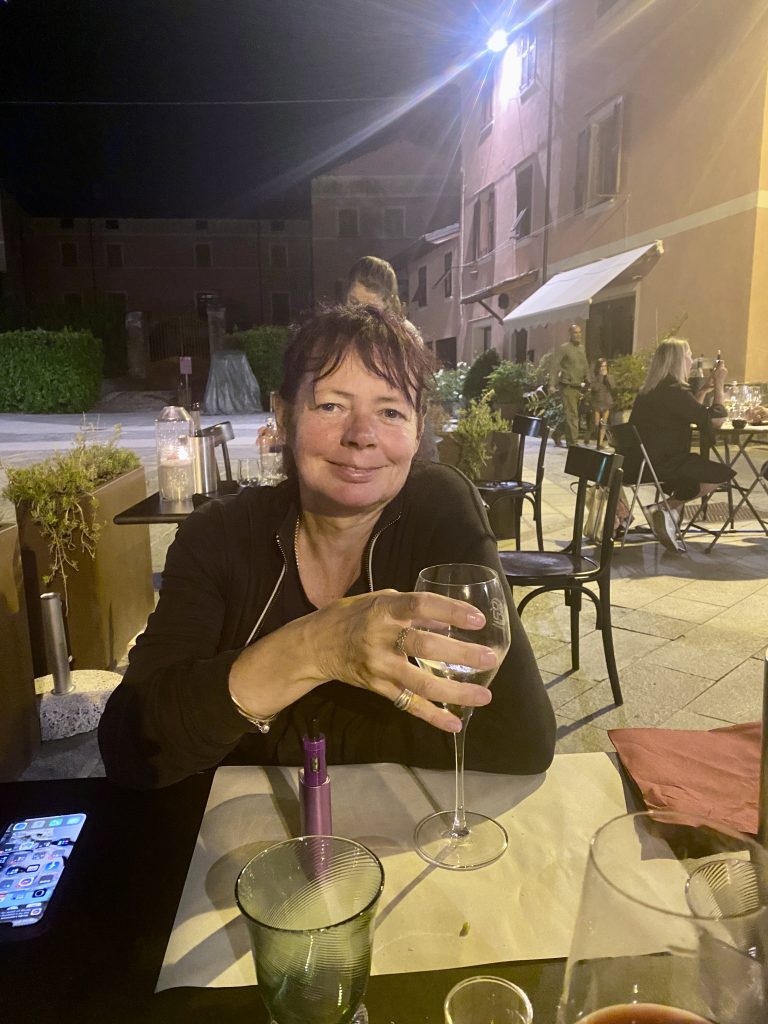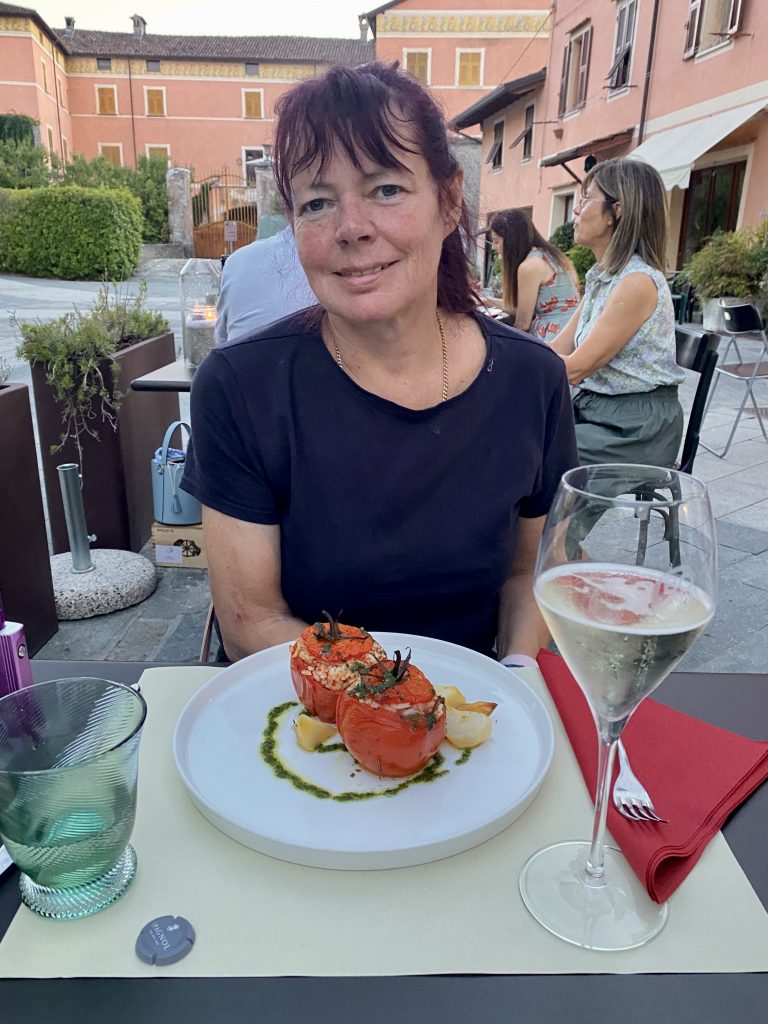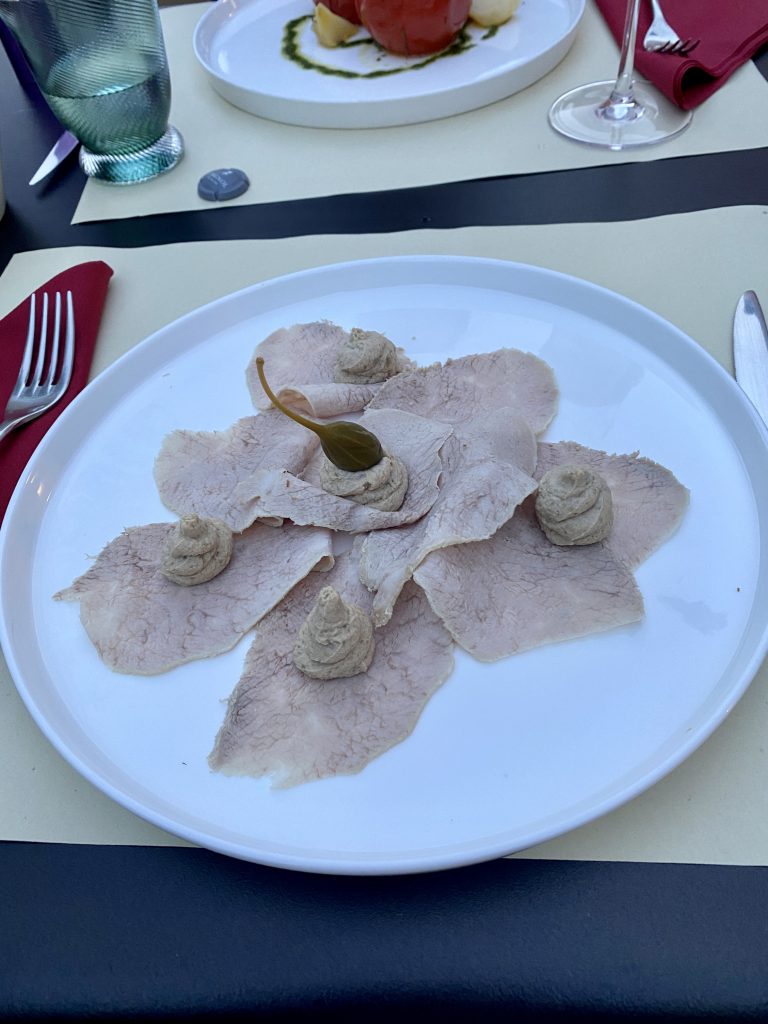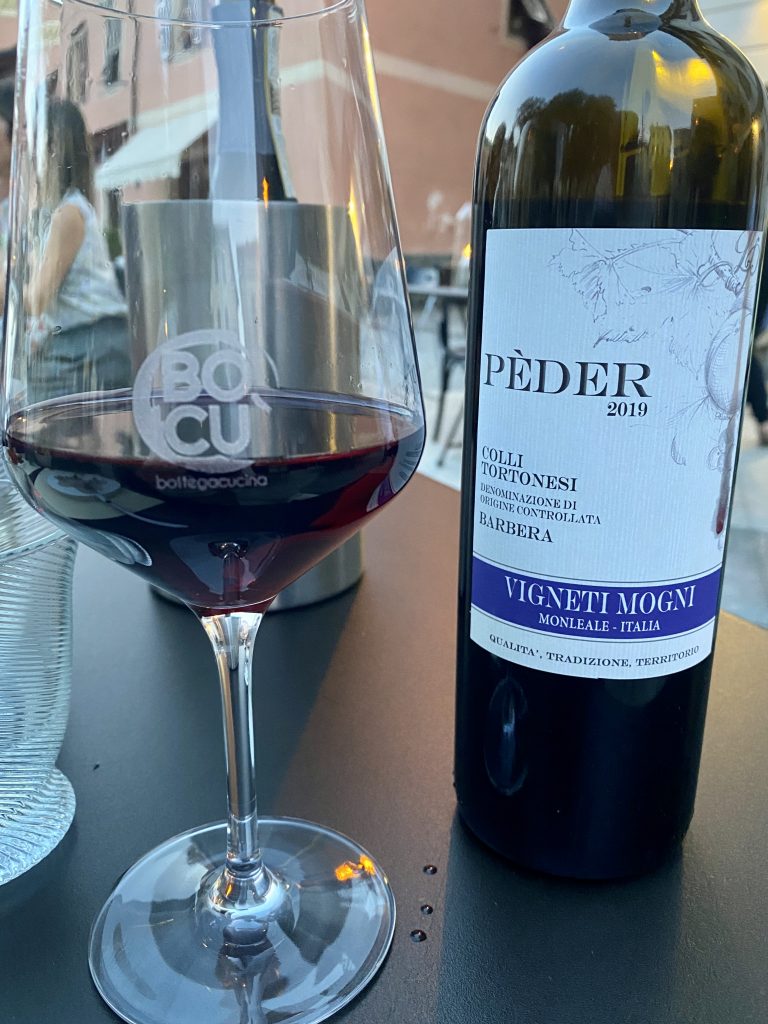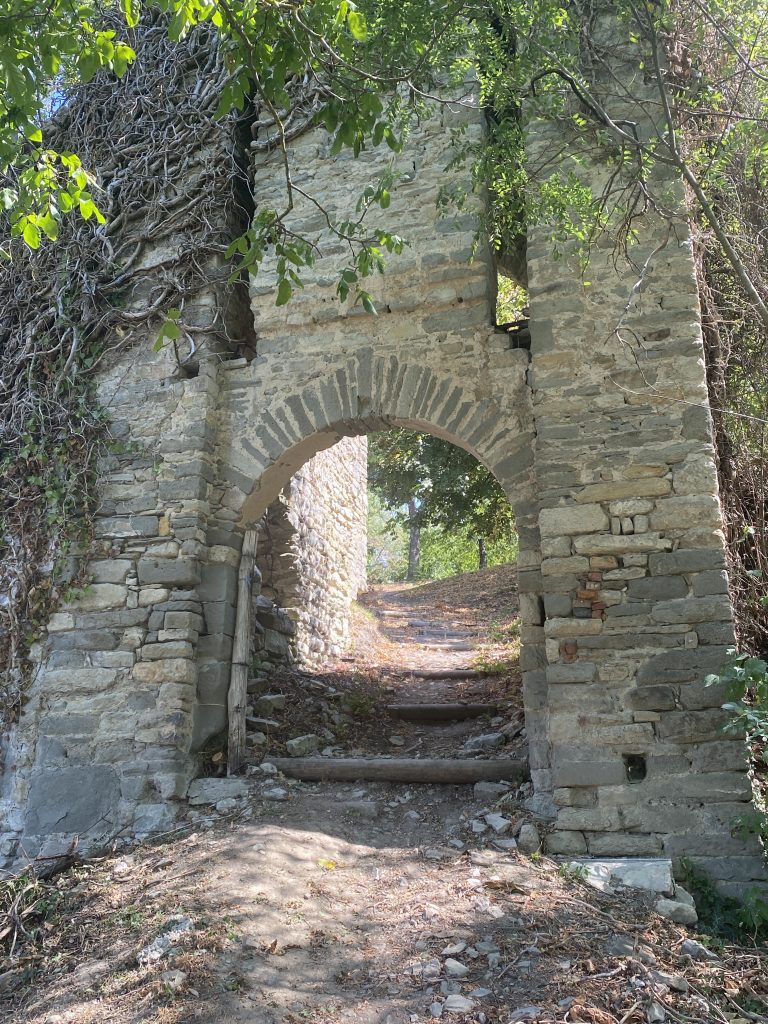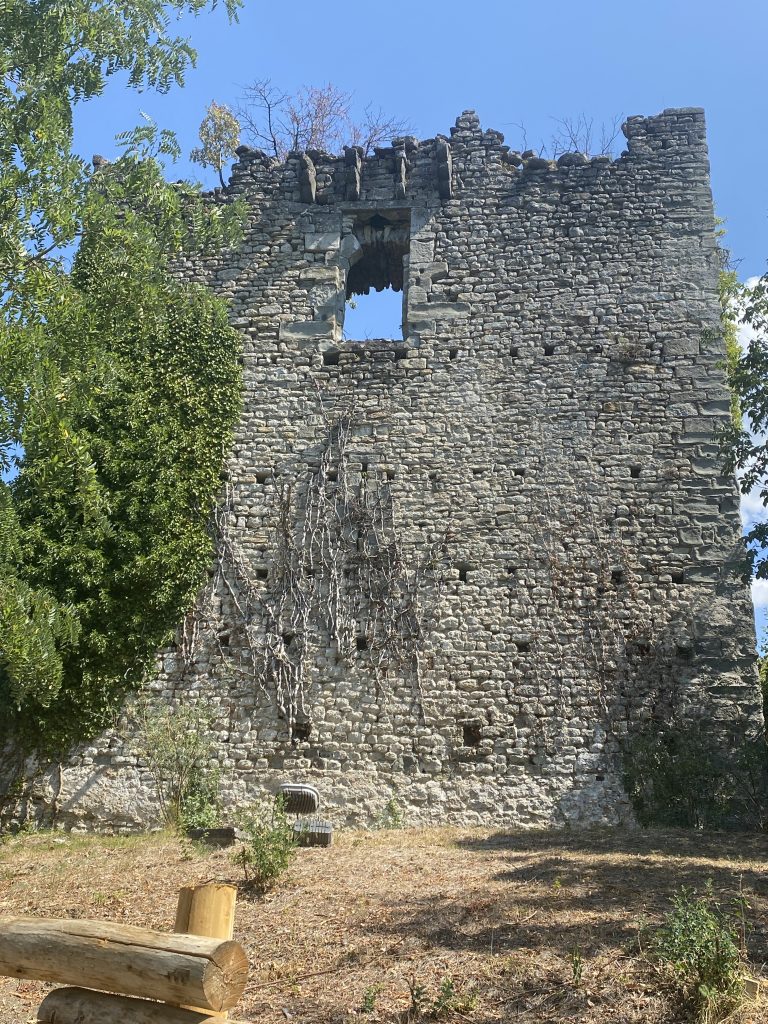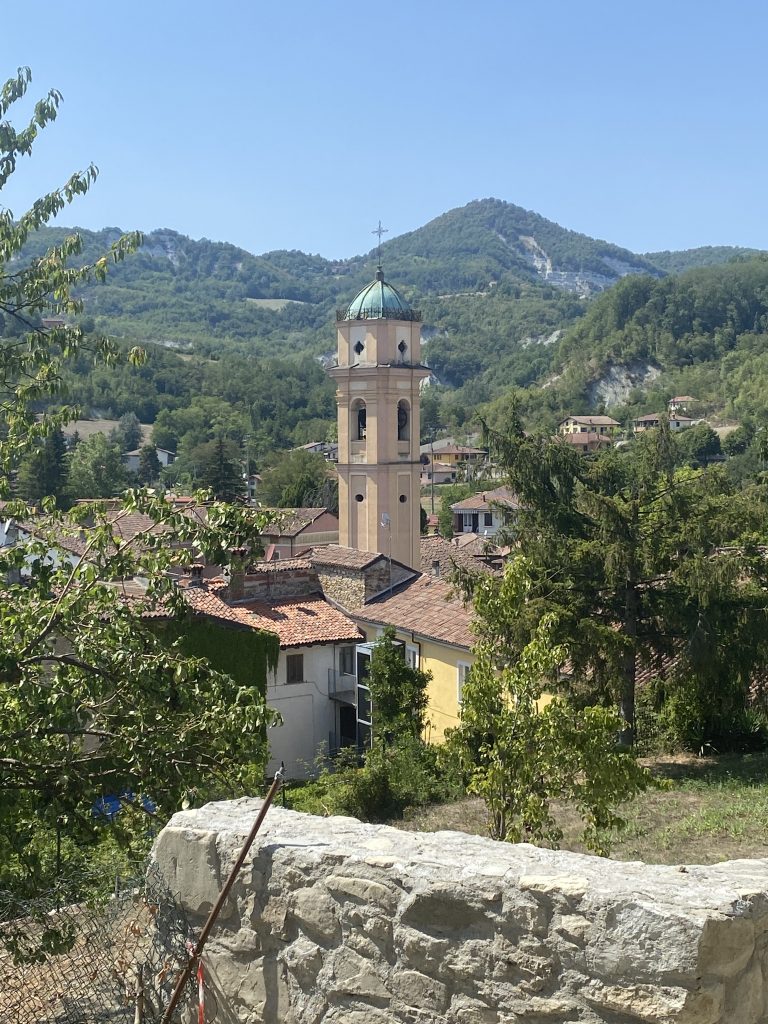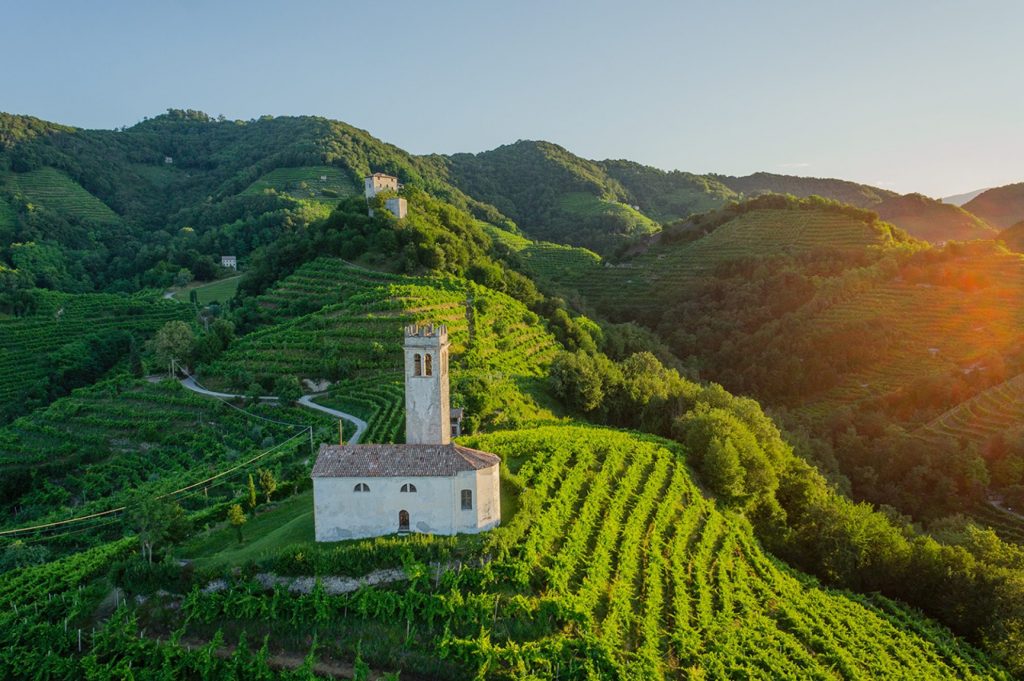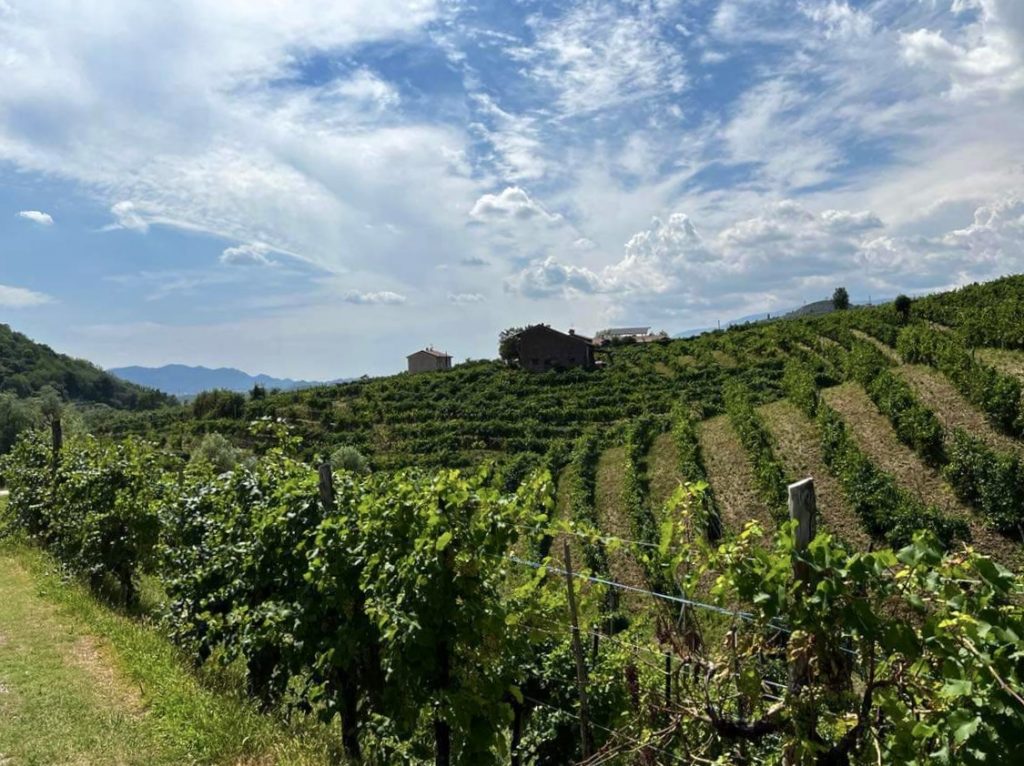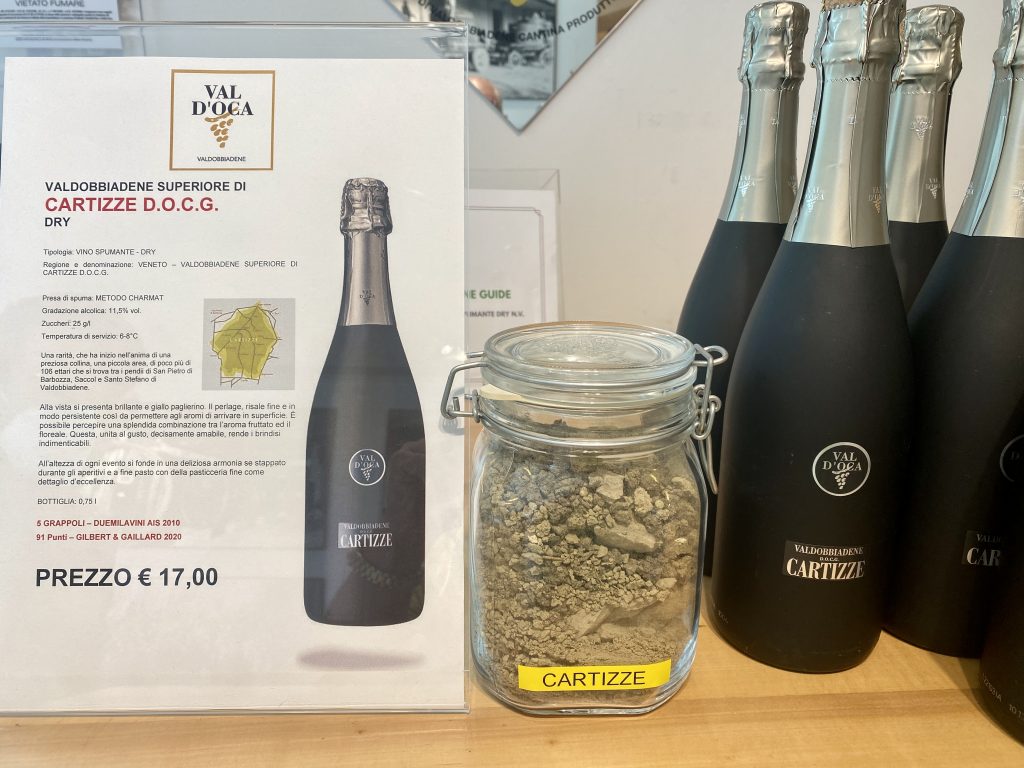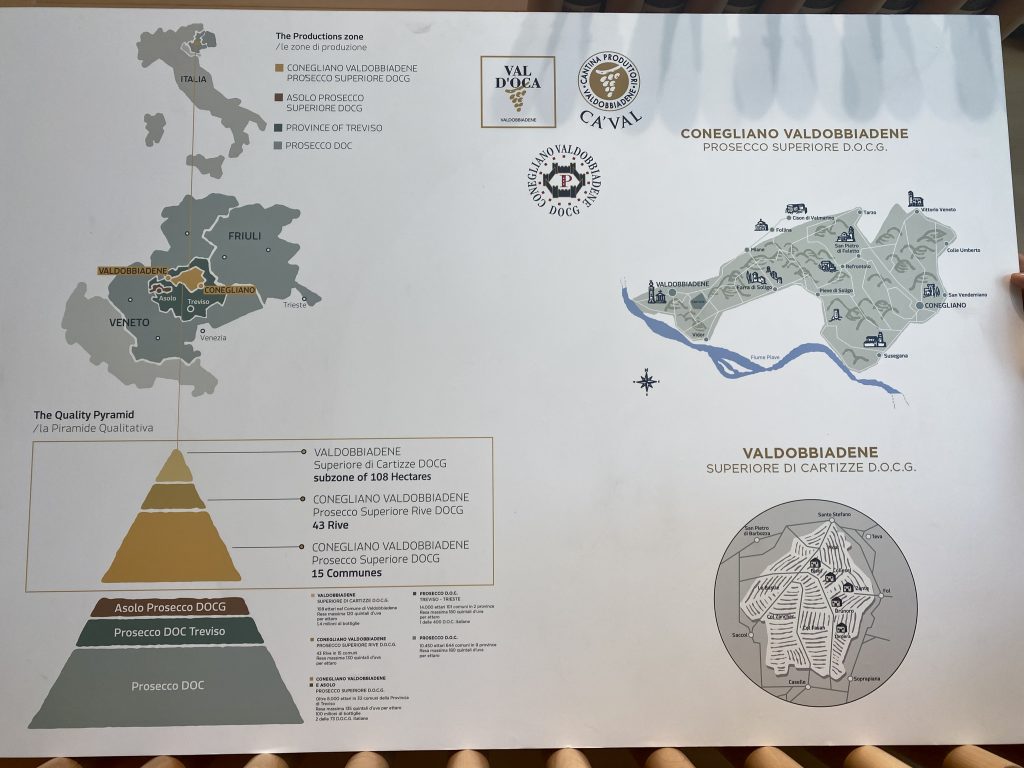We awoke to the most perfect weather. The sun was shining, the sky was clear of clouds. There was no wind and 23 degrees centigrade was forecast. Great. Vanya found a decent looking campsite through ACSI for later in the day (Camping Bella Vista in Alabenga). I called them to check availability (the lady at the other end of the phone laughed out loud at my Italian) and; before you knew it we were continuing on our way to Italy with smiles on our faces. Yesterday’s bad weather was nothing but a dim and distant memory.
Vanya wanted to stop by Sanremo for lunch (a town just over the border in Italy that she had never seen). I’d visited Sanremo (often incorrectly written as San Remo) during my first tour in the Van and didn’t enjoy it much but; that could have been because snow was falling at the time. This time the weather was so different and I really enjoyed the place.
Once again Park4Night did us proud, leading us through Sanremo to a huge pay carpark down on the seafront towards the town’s centre. We had to do a couple of circuits of the carpark to find an entrance big enough for the Van to pass through but we made it. We orientated ourselves using the old Russian Orthodox Church (which was visible from where we parked the Van) and were delighted to discover we were only a few minute’s walk from Sanremo’s famous casino, which is about as central as you can get in the town.
The first place to visit had to be the Russian Orthodox Church, a thought provoking reminder of the Russian aristocracy which used to frequent Sanremo in their thousands before the Russian Revolution of 1917. Set amongst some amazing belle epoque buildings the tiny Russian Orthodox Church of Christ the Saviour, Saint Seraphim and Saint Catherine (to use it’s full name) is a joy to visit. The church was commissioned by the Tsarina Maria Ferodovna, widow of Alexander III and mother to the ill fated Czar Nicholas II although; construction didn’t commence until 1912 (well after her death) and; because of the Russian Revolution in 1917, it was never quite finished. With it’s 5 multi-coloured onion domes surmounted by Russian three armed crosses (and a belltower), the church is easily recognisable. The insides of the orthodox churches are usually very colourful. However, the interior of this one is neither as large nor as spectacular as some I have seen (it’s pale blue walls are smothered with icons) but it is still remarkable.
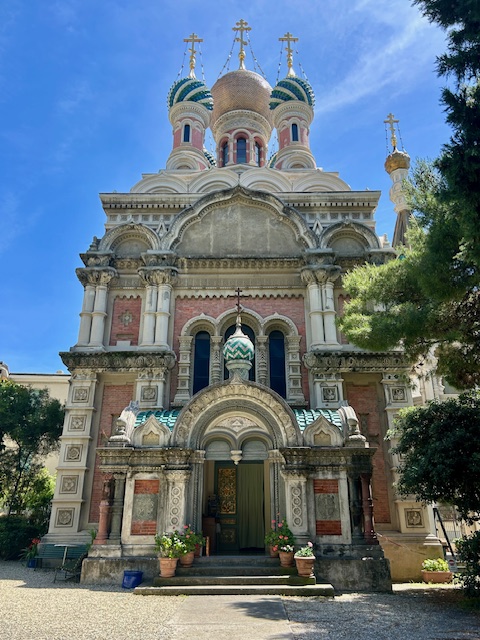
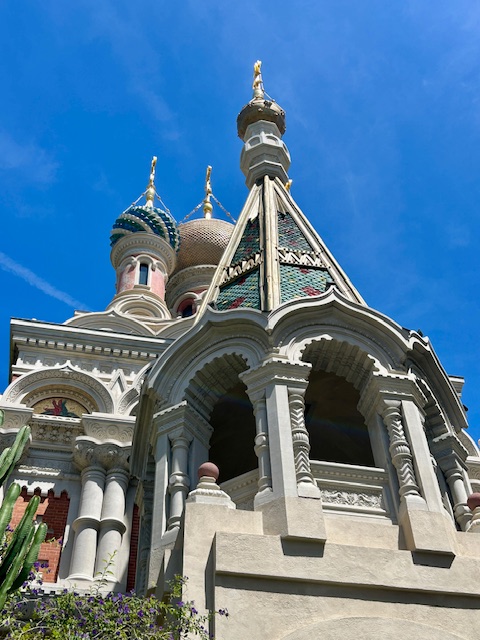
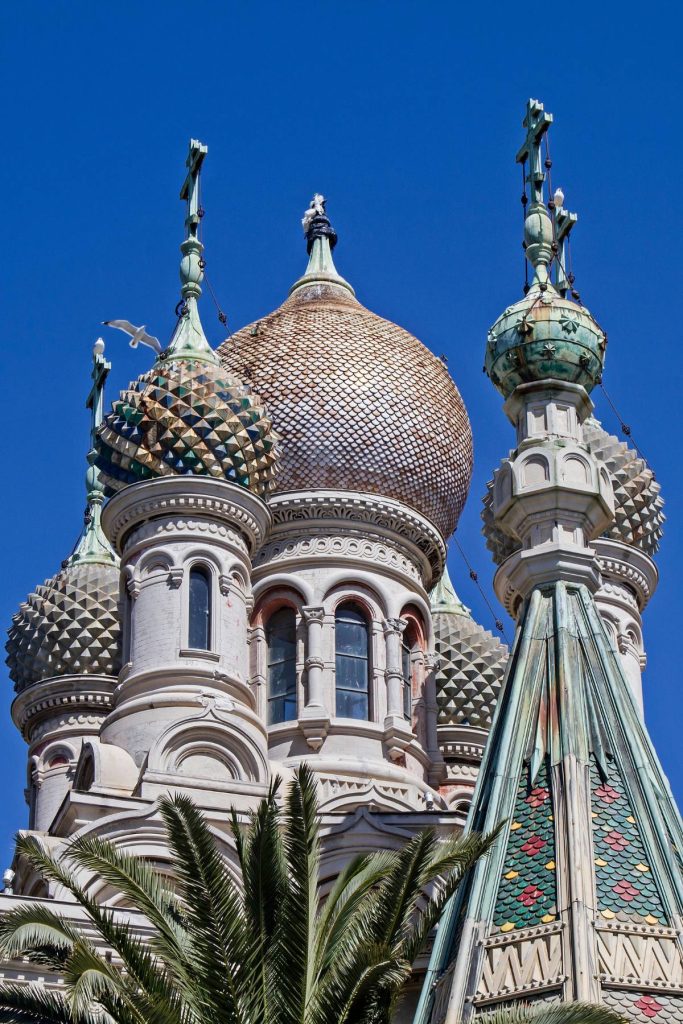
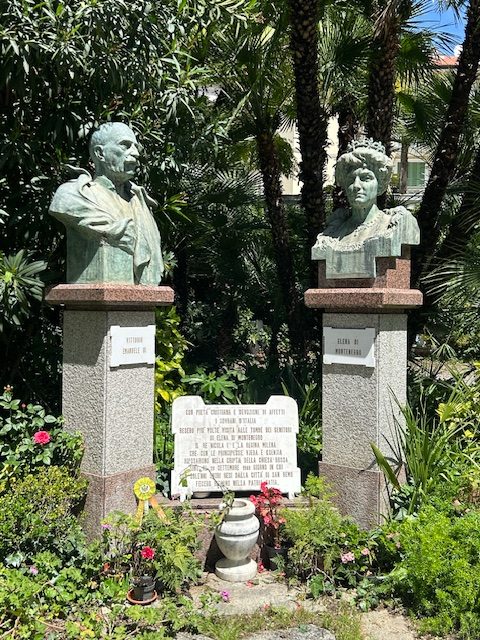
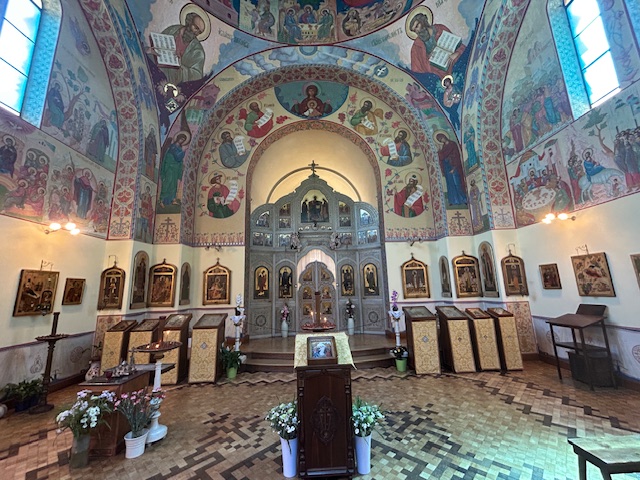
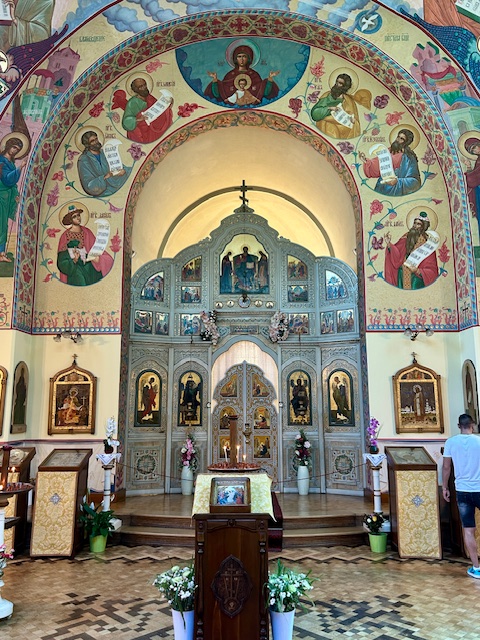
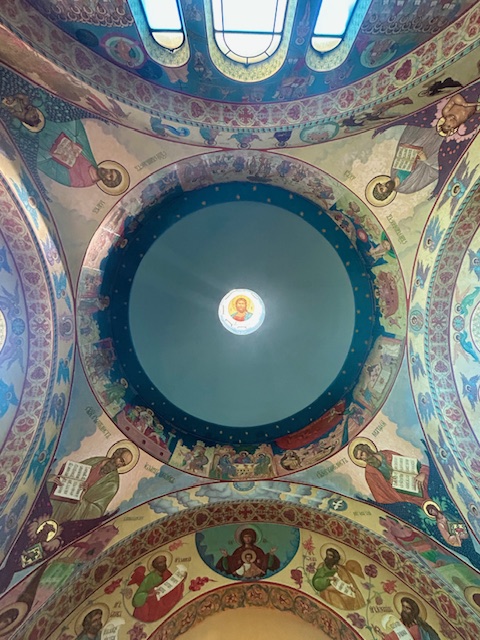
From the Orthodox Church we walked east along the Corso della Imperatrice (named after Maria Ferodovna) to the mostly pedestrianised Via Giacomo Matteotti which is Sanremo’s best shopping street in terms of fashion stores and designer brands. This street fronts Sanremo’s old town which is known as La Pigna – Italian for pine cone (presumably because of the way the streets are set out?). Turn inland into any one of the narrow streets or alleys which feed Via Giacomo Matteotti and you are into Sanremo’s old town.
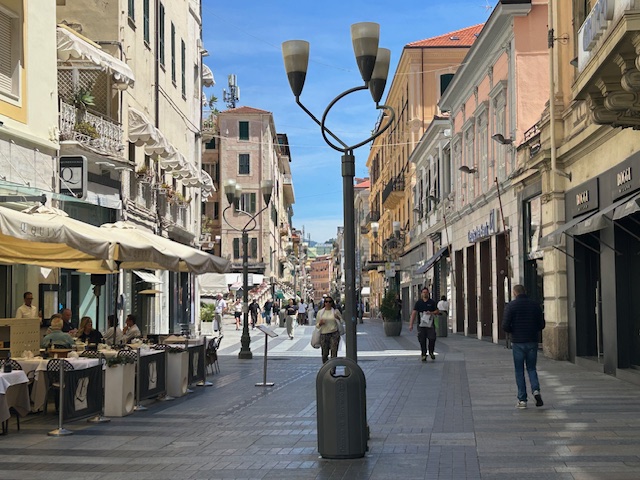
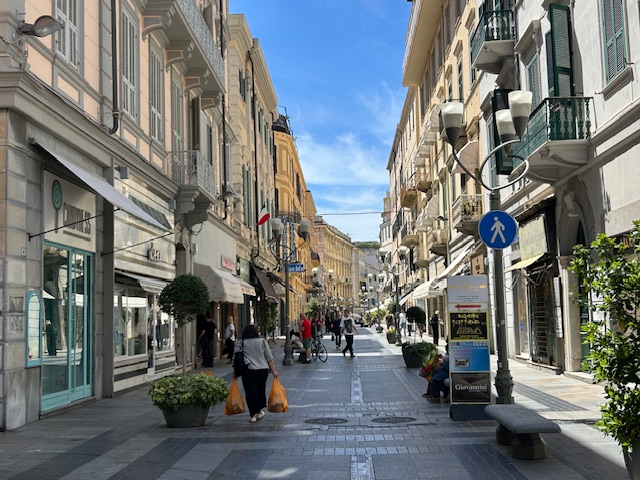
On our way to Via Giacomo Matteotti, at the end of Corso della Imperatrice, we passed the elegant Art Nouveau building which is the Sanremo Municipal Casino. This is Italy’s answer to the Monte Carlo Casino and, except for a short period during WWII when it was closed by order of the Italian King Victor Emmanuel III , it has been open since it’s inauguration in January 1905. Entrance into the casino is free but, dressed as casually as we were and having our dogs with us, we didn’t even consider entering the building but, by all accounts, it is as impressive inside as outside (complete with Murano Glass chandeliers).
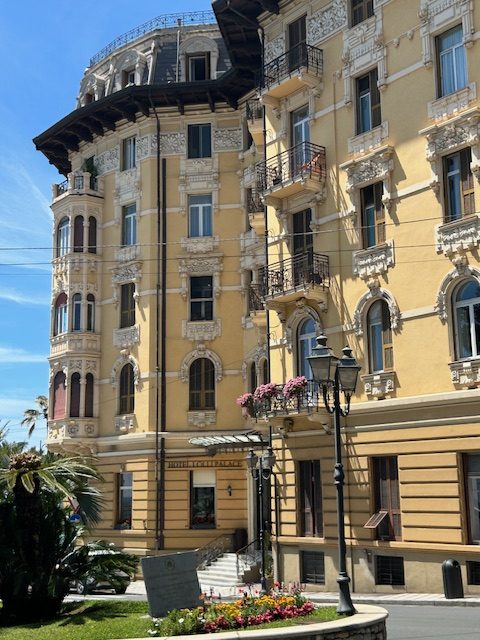
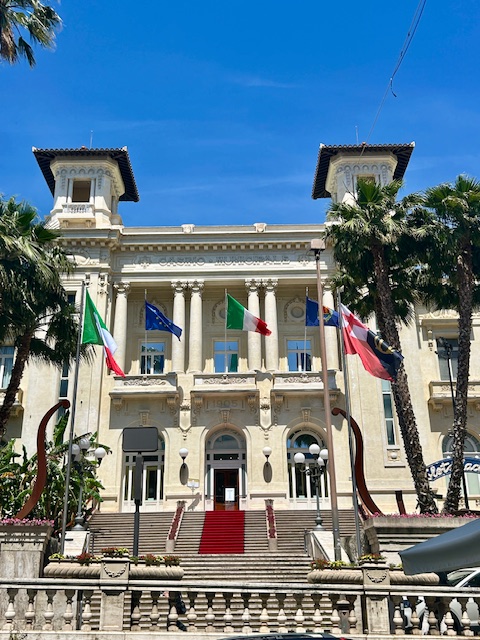
La Pigna is a maze of narrow streets and alleyways and is as pretty a medieval old town as many we have seen on our tours and it’s not as expensive as you might think. Using Vanya’s famous ‘pizza cost reference system’, pizzas in San Remo come in at about 8 Euros for a Margharita which is below average for medium to large towns in the north of Italy.
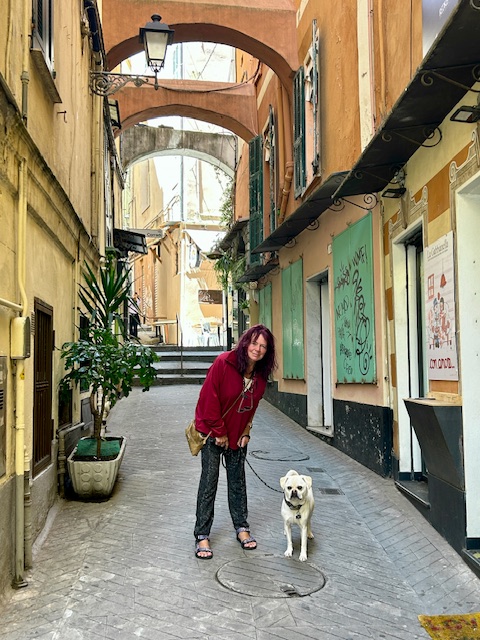
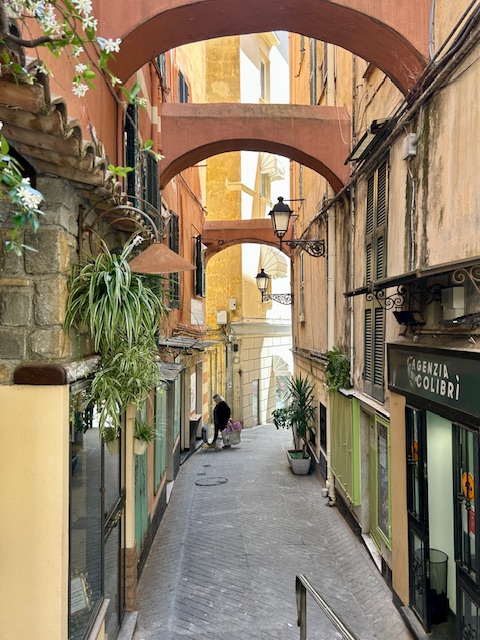
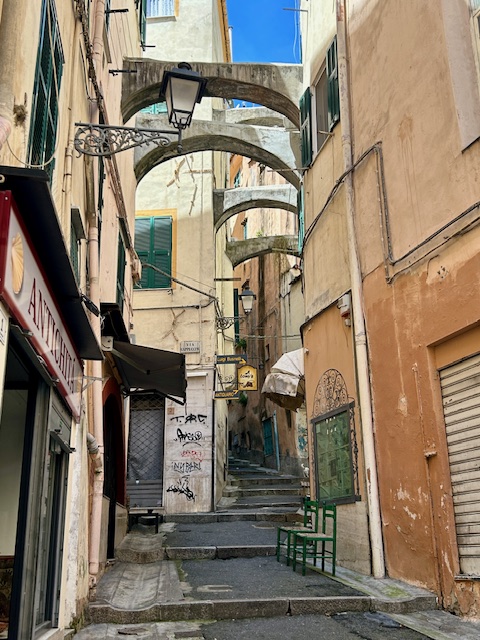
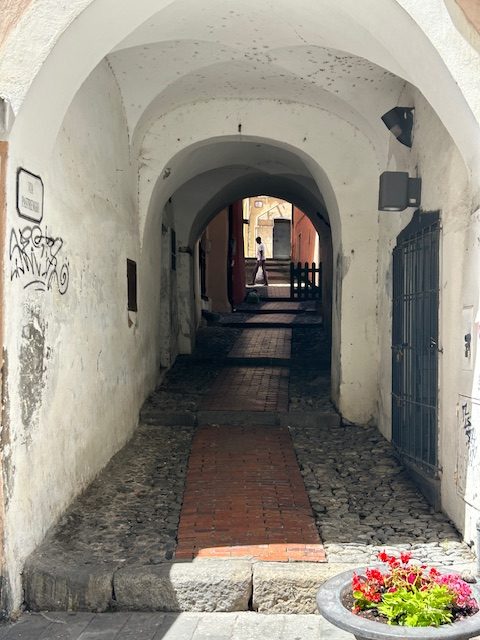
San Siro Cathedral sits at the lower end of La Pigna and, although there is some dispute over it’s age (I’ve read it is of 9th, 12th and 13th century construction), it is supposedly the oldest religious building in Sanremo. Having said that I have also read that most of the current building stems from the 17th century. Behind the San Siro Cathedral is the famous central Piazza San Siro and it was a hive of activity as we passed through but, honestly, it’s nothing to write home about.
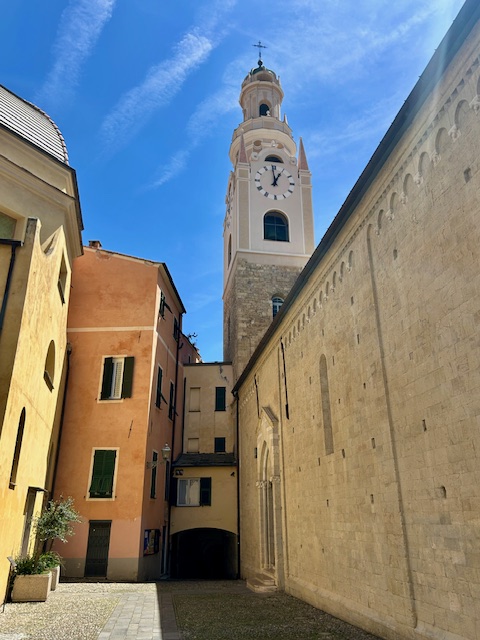
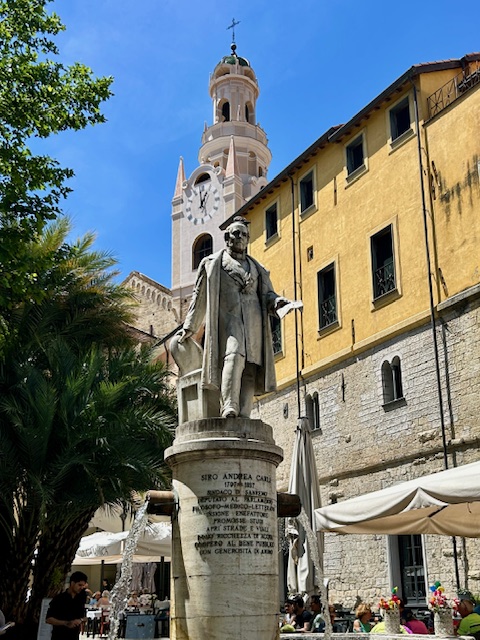
At the top of La Pigna, at the highest point of the town (even above the enchanting Regina Elena Gardens), is another religious building; the 14th century Sanctuary of the Madonna della Costa with it’s famous wooden statues. It’s definitely worth a visit.
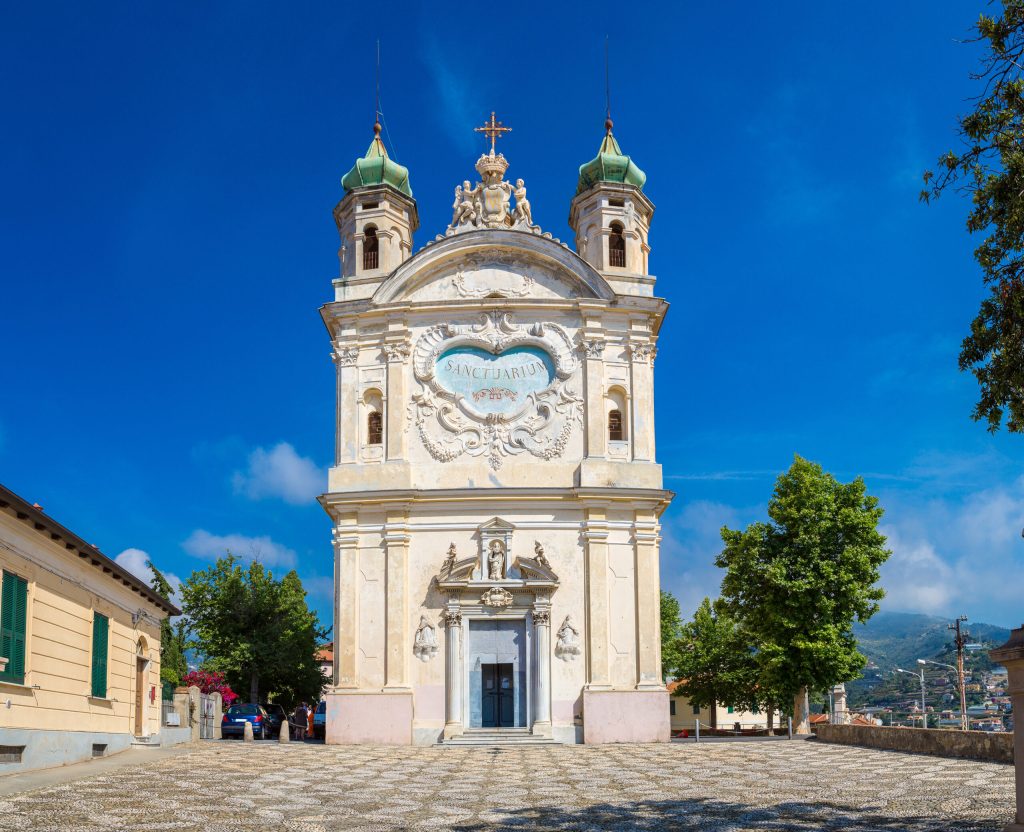
I mentioned the Regina Elena Gardens. Sanremo is known as the city of flowers and these gardens, together with those at Villa Ormond on Corso Cavallotti (to the east of the town), are a must-see even for those with absolutely no horticulteral knowledge (such as me). The views over the town from the oasis which is the Regina Elena Gardens are spectacular and the Garden at Villa Ormond is full of exotic, rare plants; some of which are massive (they remind me of Poolewe Gardens).
We didn’t get to see the extreme west of the city, where the old harbour and the 17th century Santa Tecla Fortress are located (Nala, bless her, was worn out) but; the car park we used is perfectly placed to visit the whole town and that includes the nearby harbour.
We did however get time to take some lunch and test out Vanya’s ‘pizza cost reference system’…
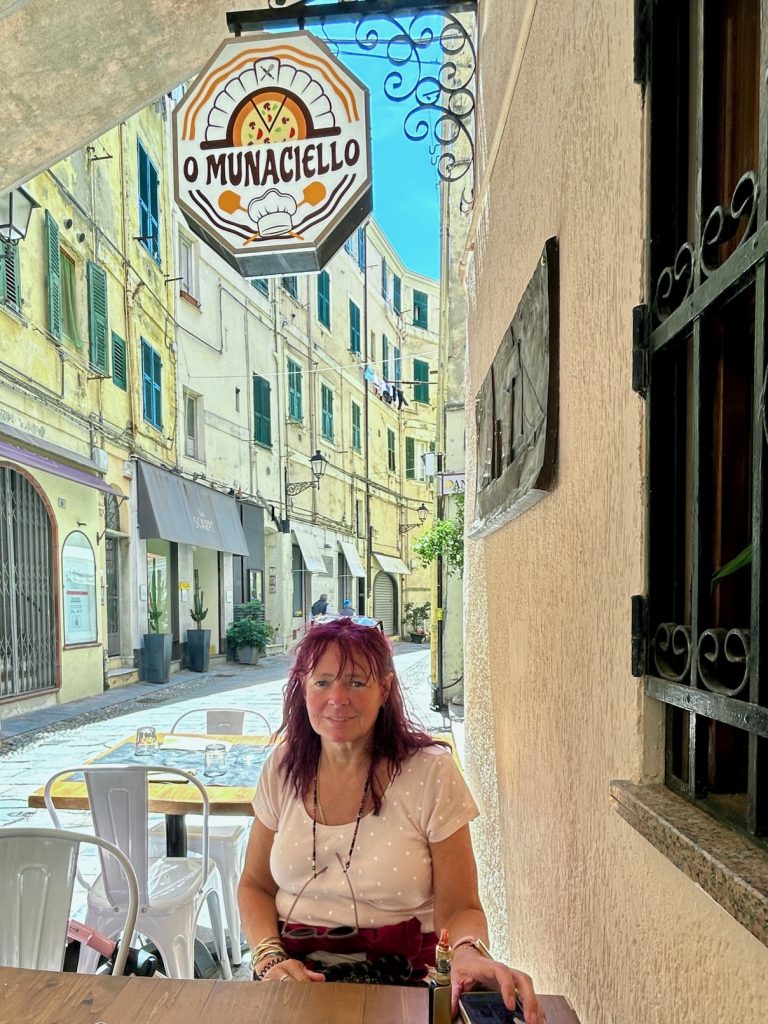
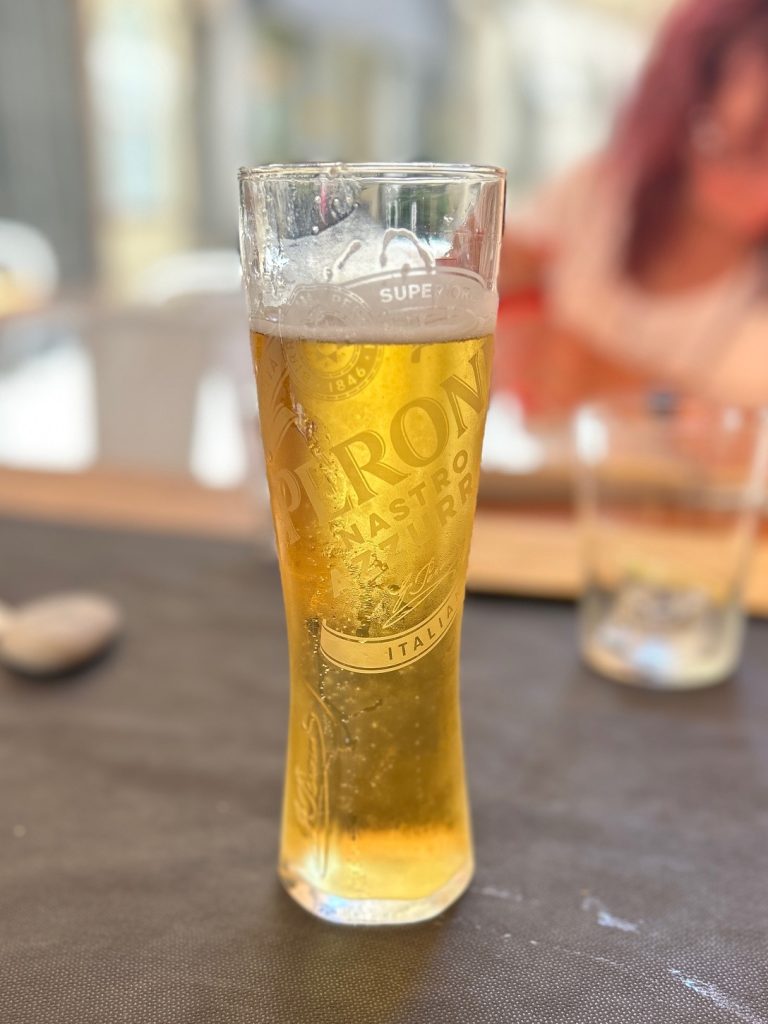
A final observation about Sanremo. I couldn’t have been more wrong about the city following my very brief visit during Tour 1. It has so much to offer. I highly recommend it as a place to visit and; it really hasn’t lost any of it’s belle epoque glamour. We’ll definitely be back.

